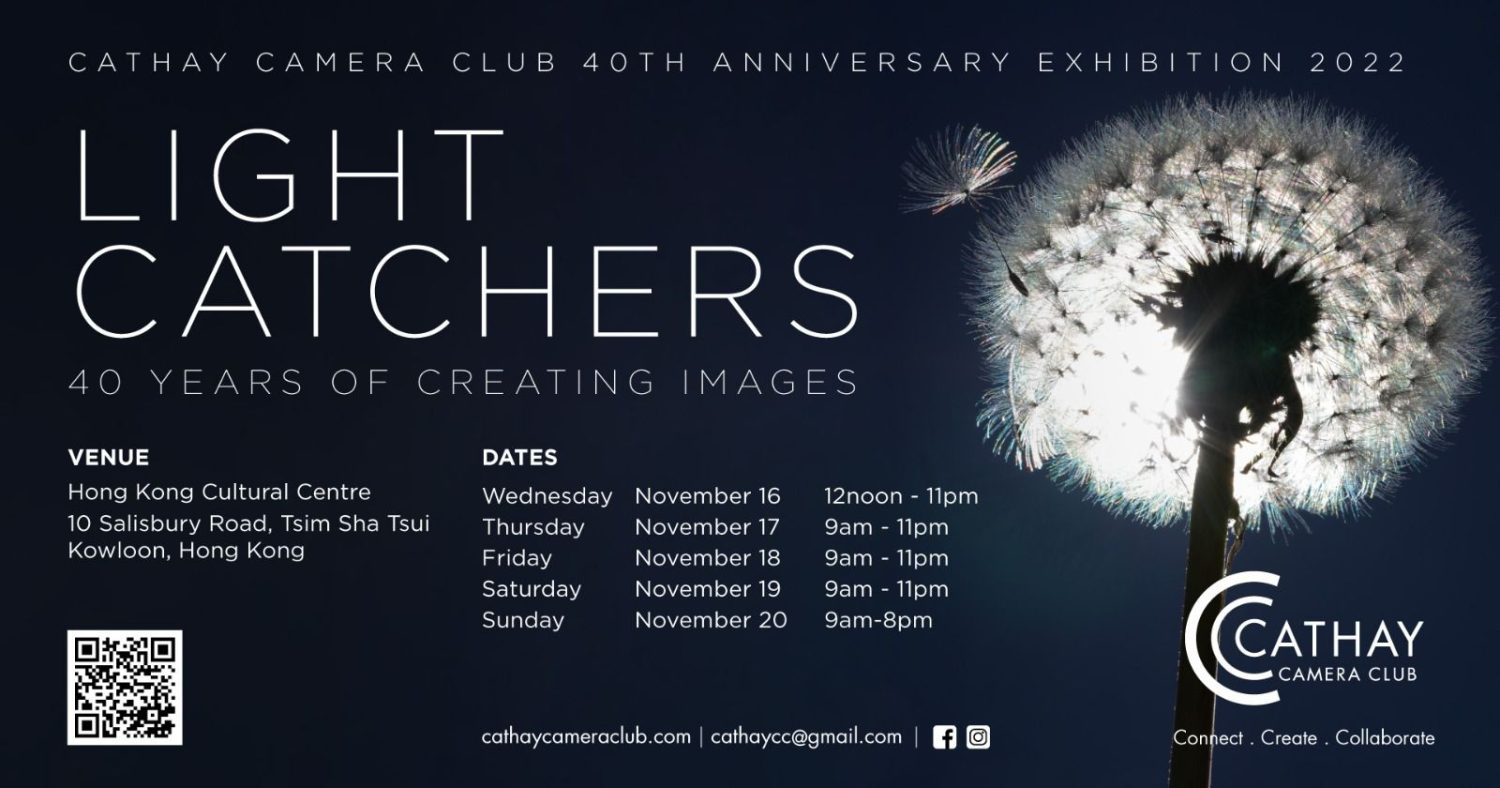
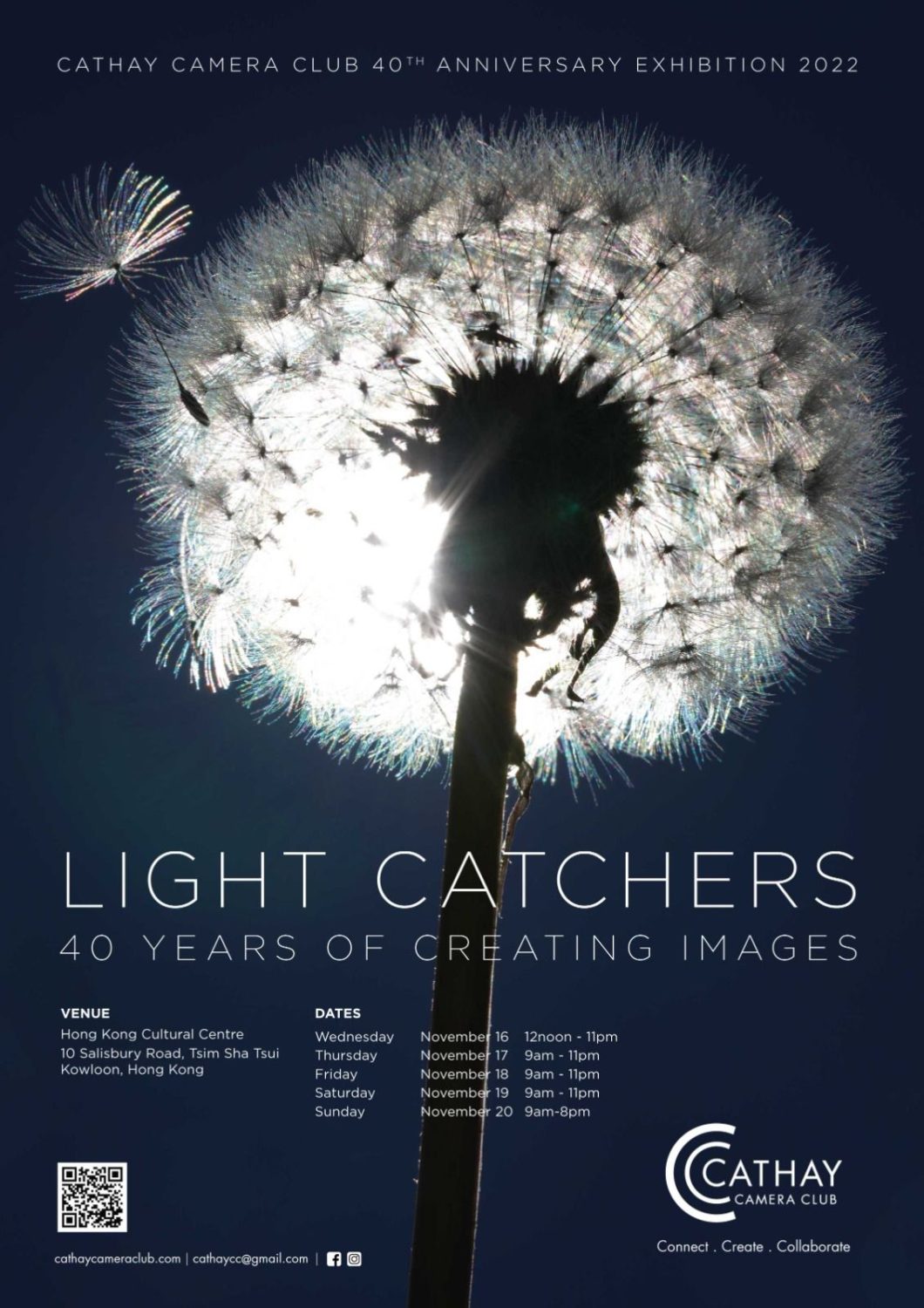


The lockdown has ended and we are back home quarantined in our apartment.
Winter was arriving in Rangataua, when we departed, with temperatures down to -6C.
During a few months locked down we met the locals and did a lot of ‘scrumping’ to get apples for apple pies and the resident horses including 1 miniature. The locals remained in their shorts even when the frosts started – ‘Oh this is nothing, have to enjoy this warm weather, it gets much colder than this!’
A good time to go home to 30C plus, we will be back.
Movement outdoors in New Zealand is limited to immediate neighbourhood, supermarkets, pharmacies and gas stations.
We are in the village of Rangataua in the Central North Island – famous for carrots, hiking and skiing when the snow obliges.
This is a chance to get to know this small place that normally looks unoccupied but now, as we are all similarly confined within a small area, looks a lot busier – well now we do actually meet other people (at a safe distance) when out for a walk, unlike any other time I have been here.
In addition, this is a chance to explore an area within a radius of about 5km of Rangataua in all weather and during all hours of the day.
During NZ’s Level 3 & 4 lockdowns there is simply no other option.
Interesting to note that the local dogs have now stopped barking at us, we could be almost ‘local’ ourselves now.
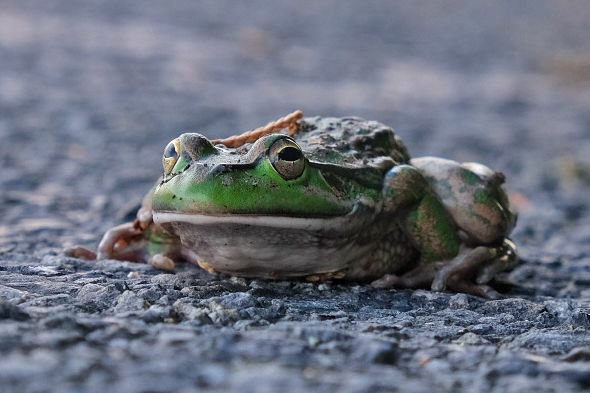


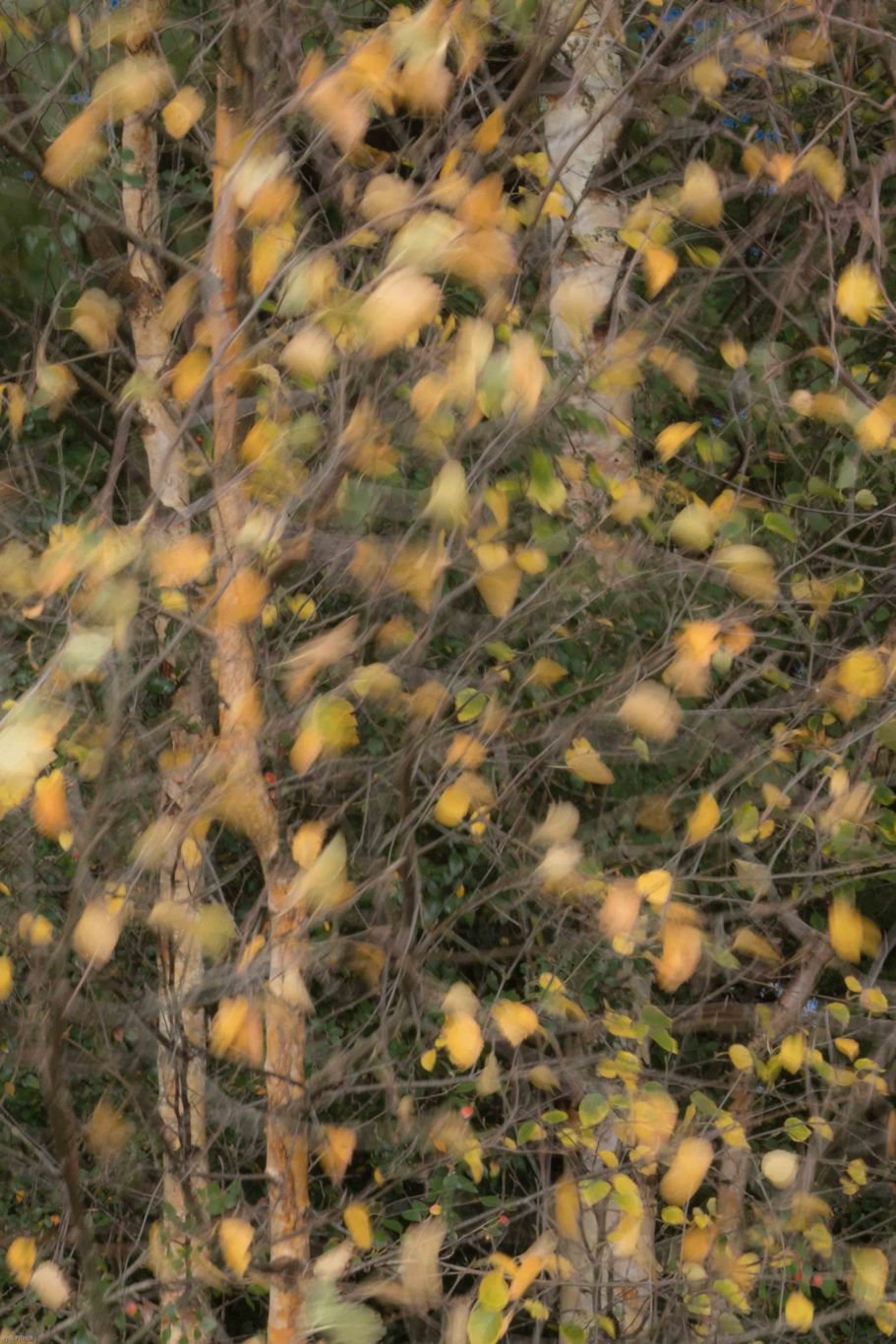


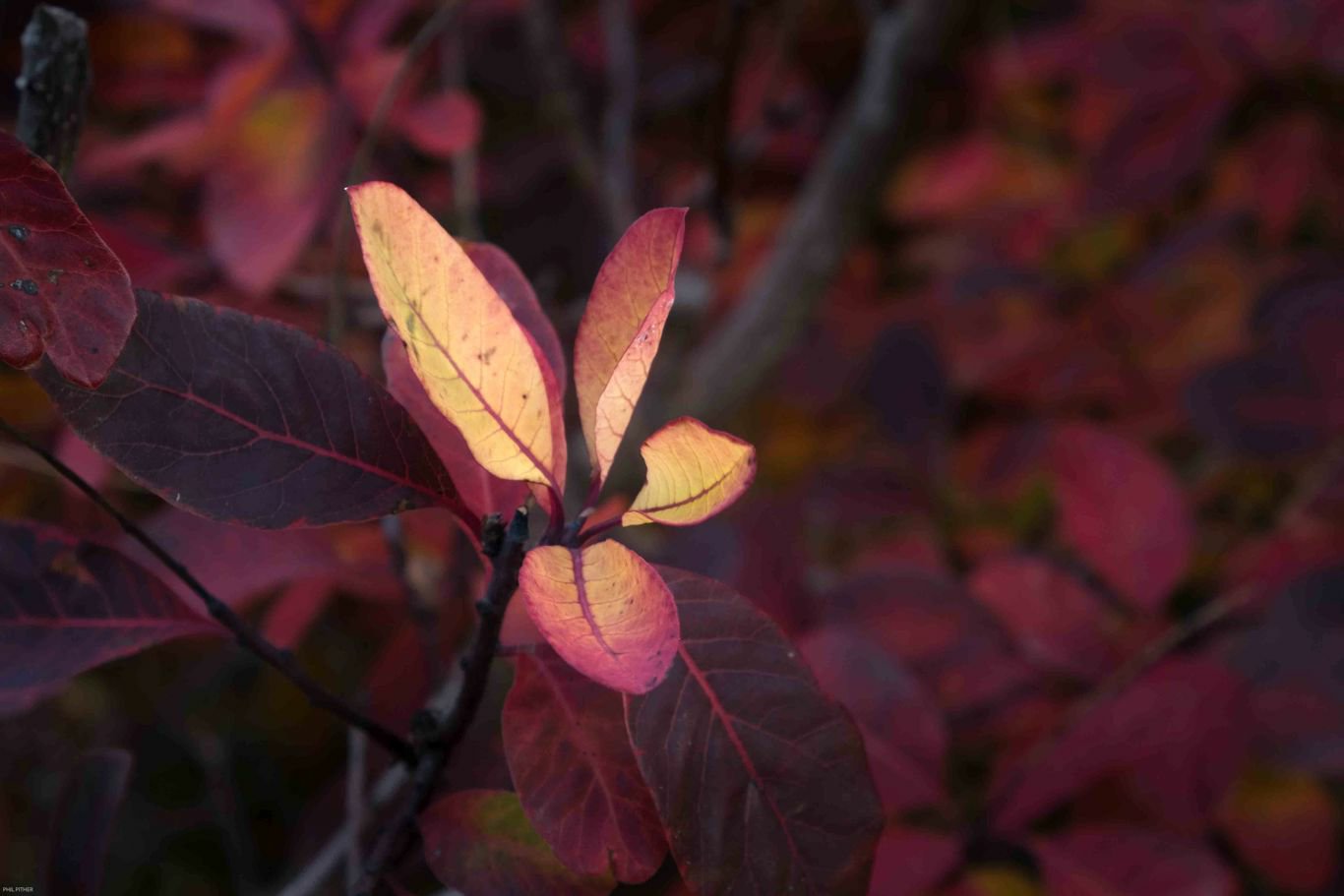


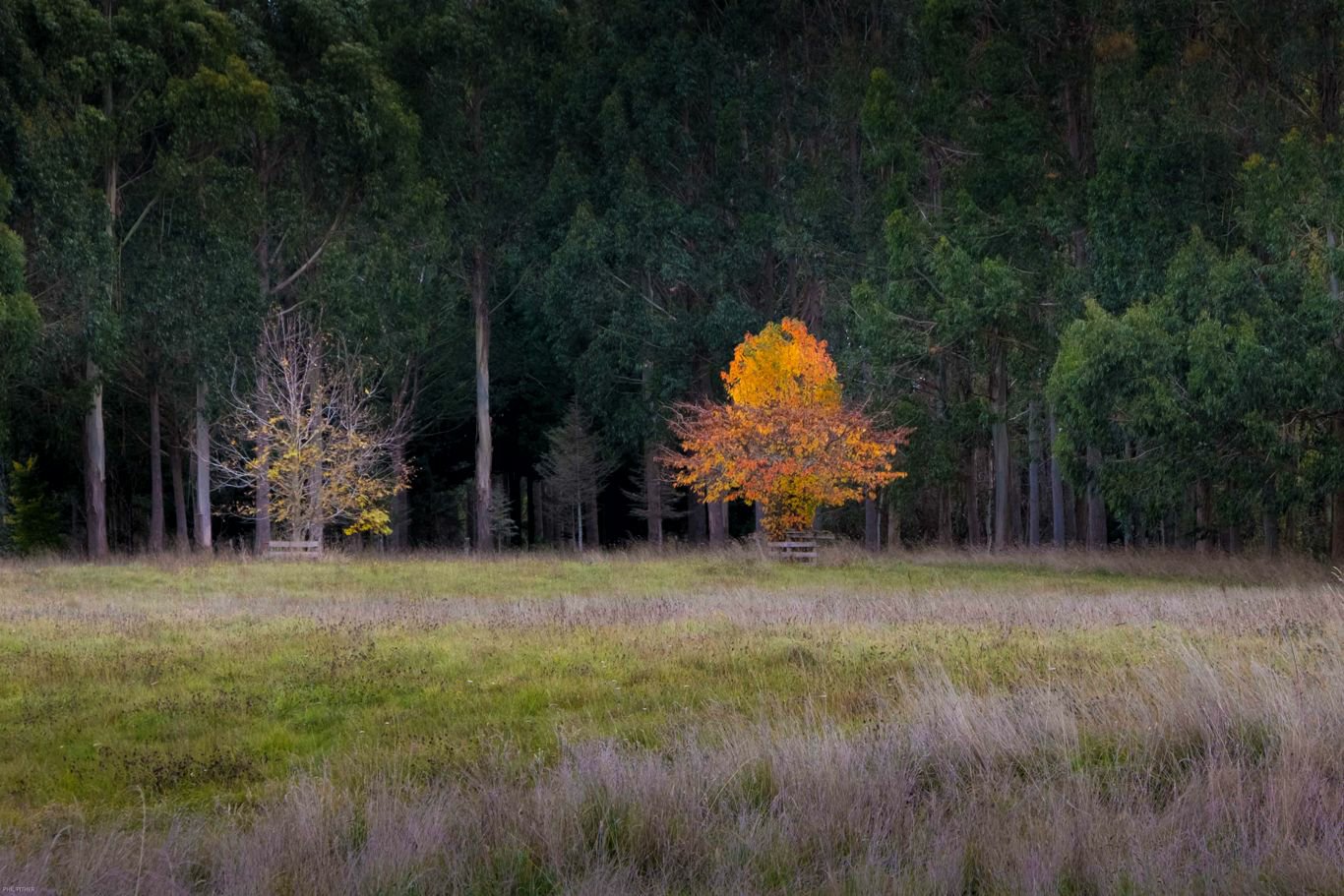


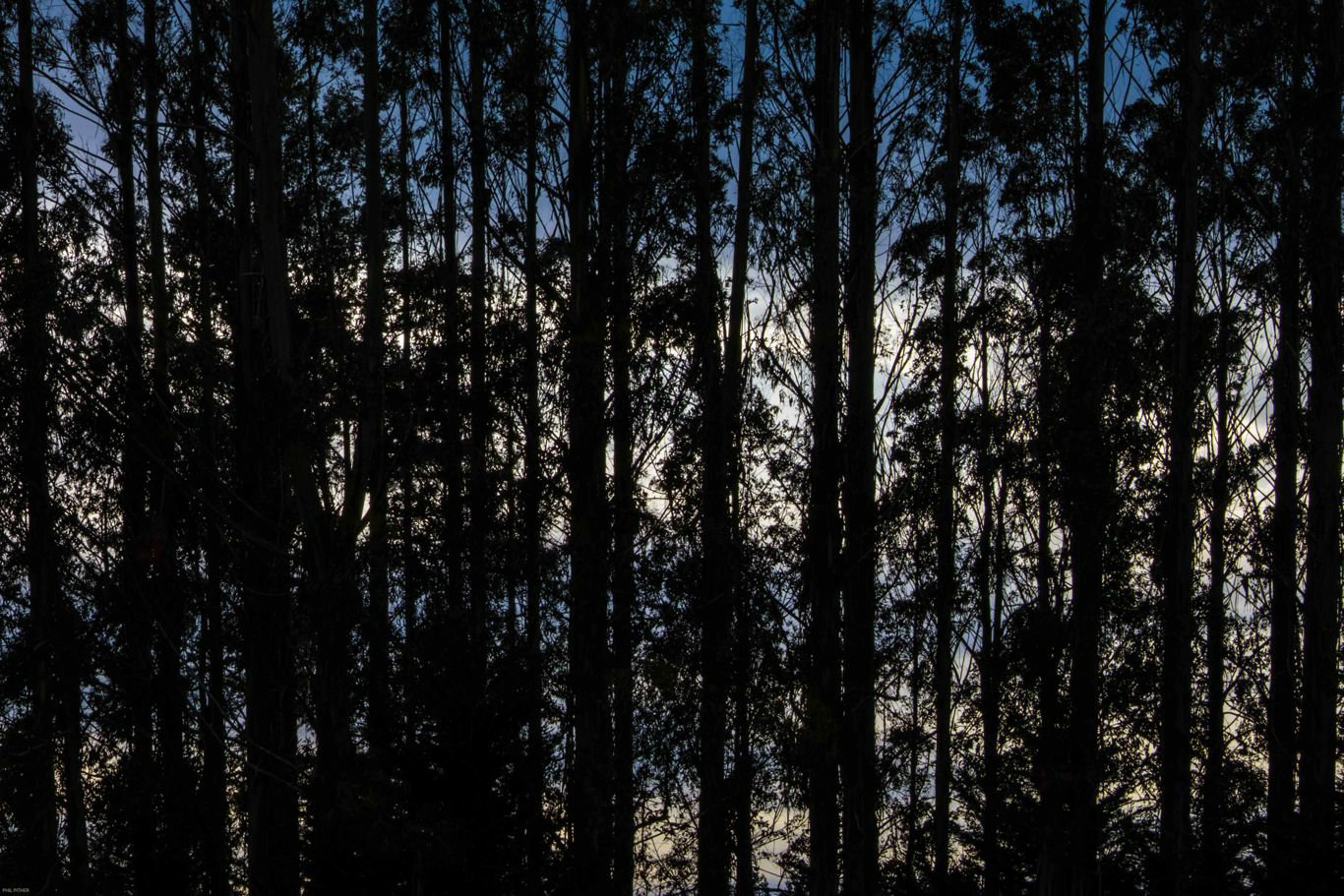


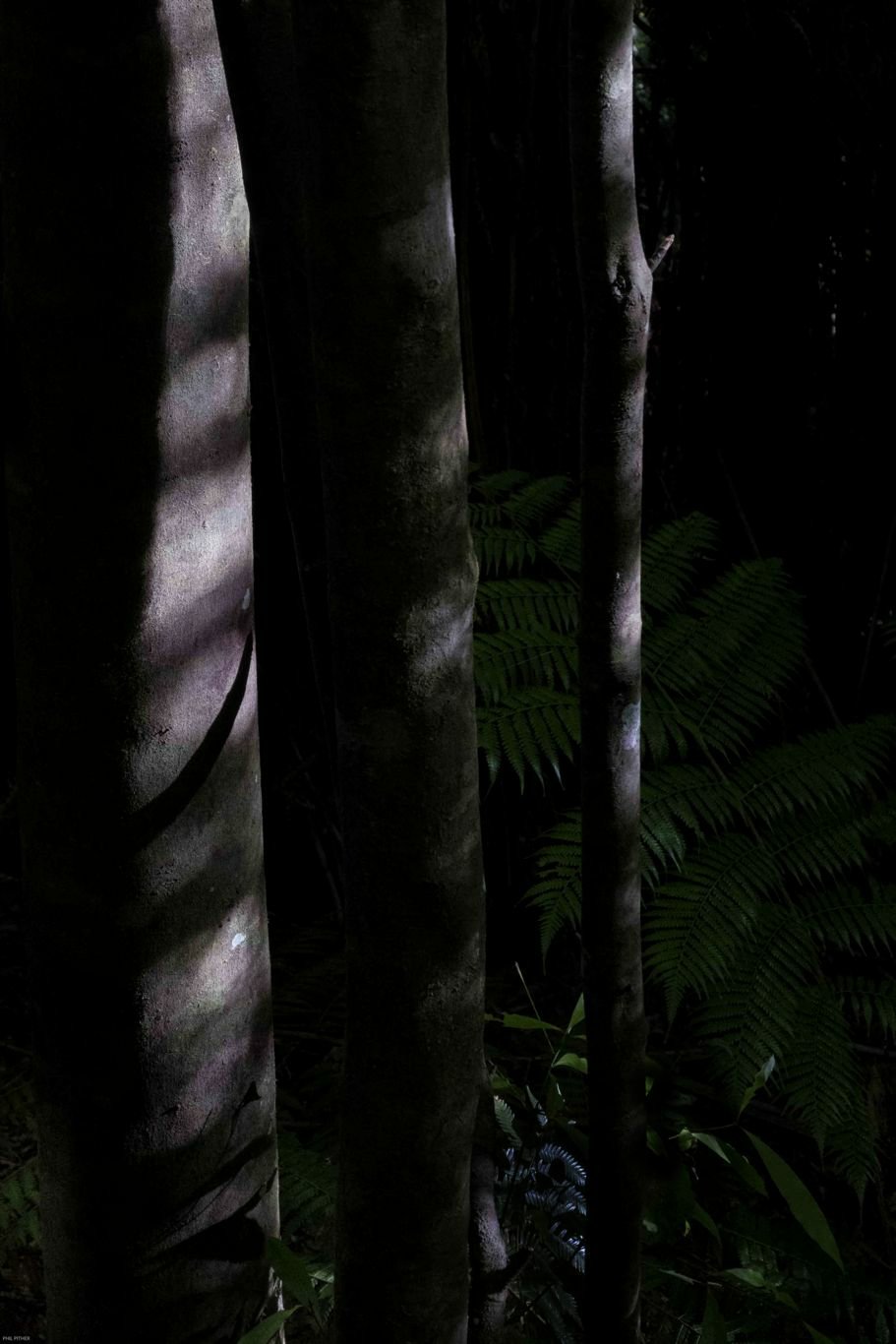


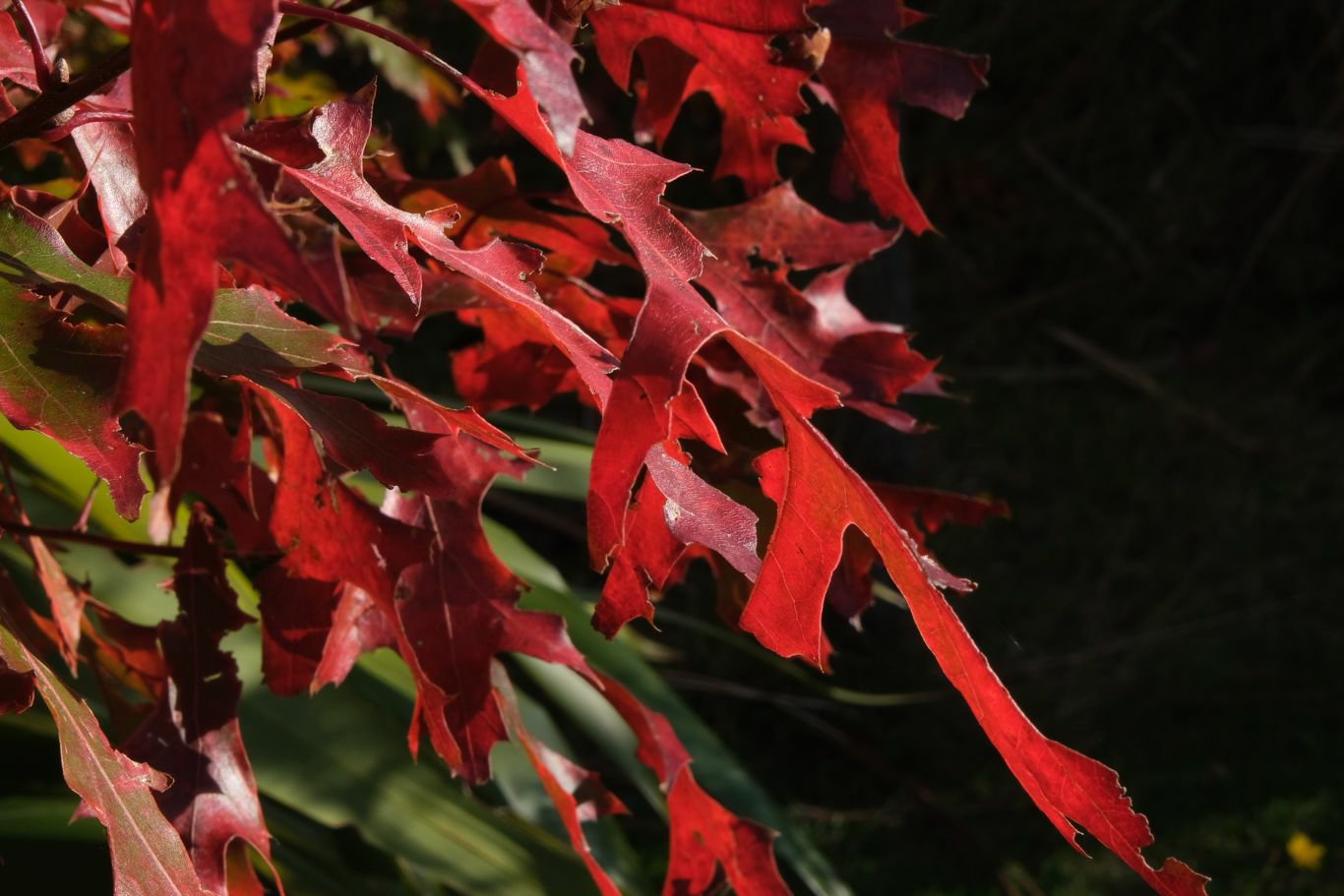


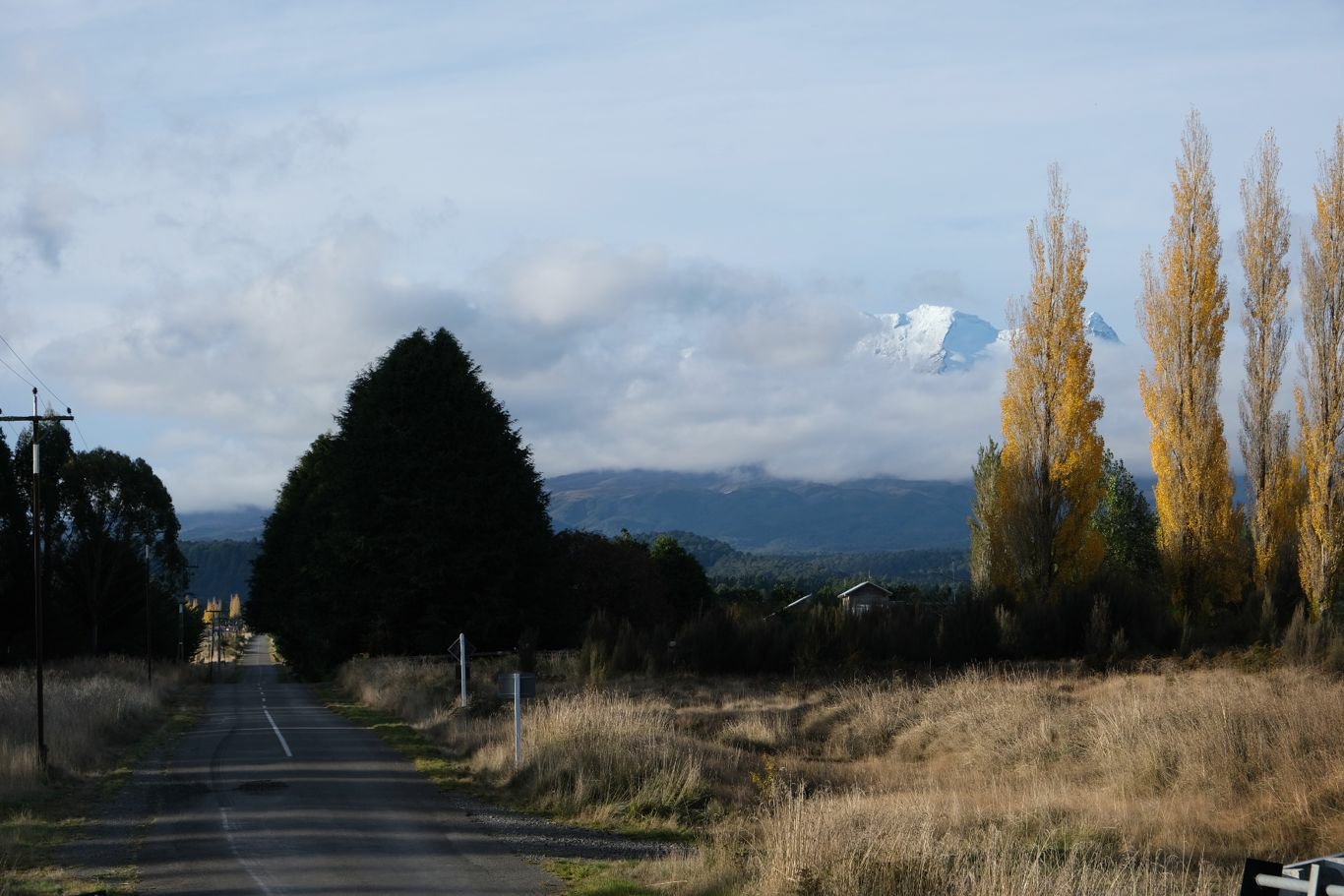


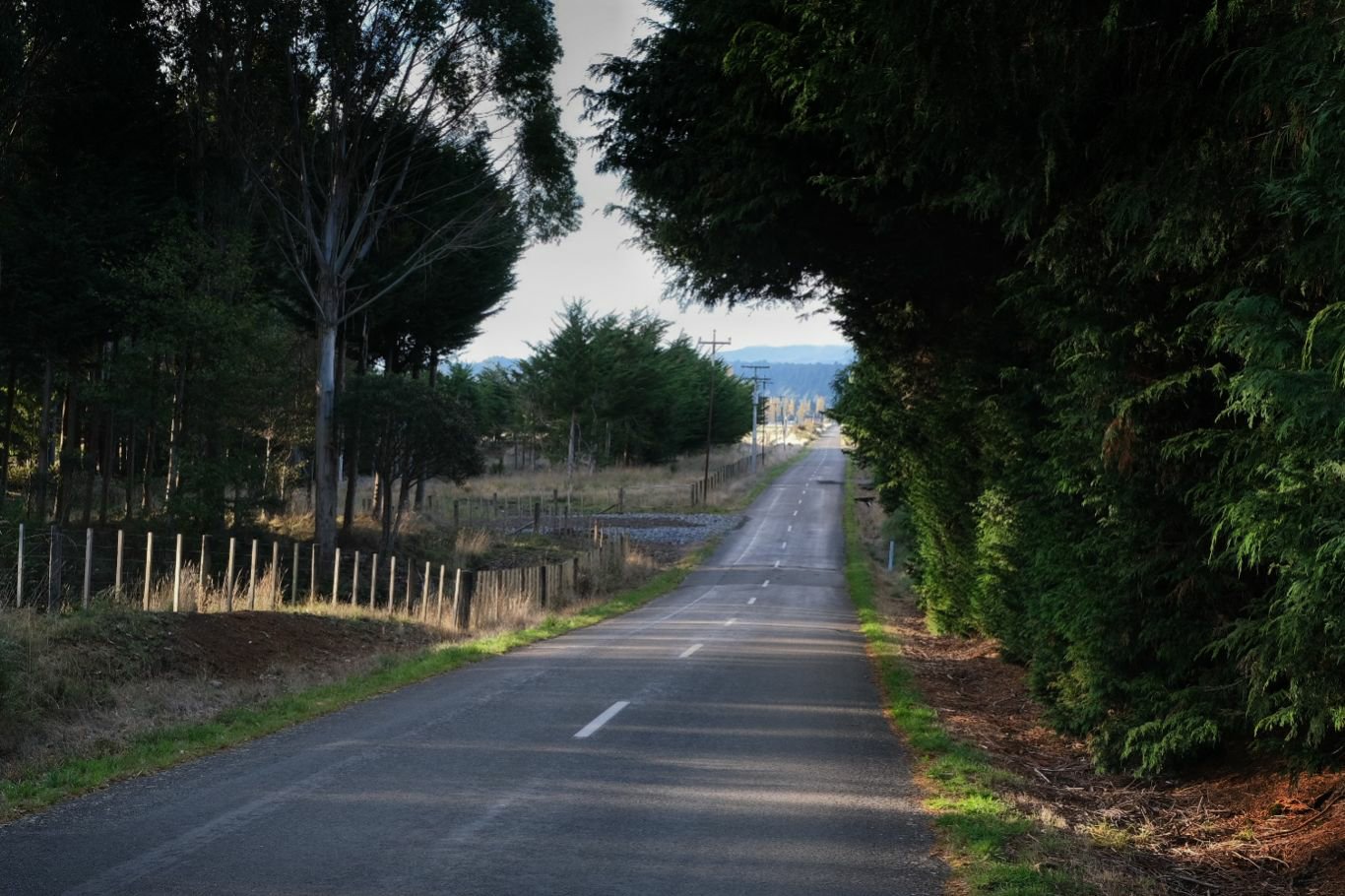


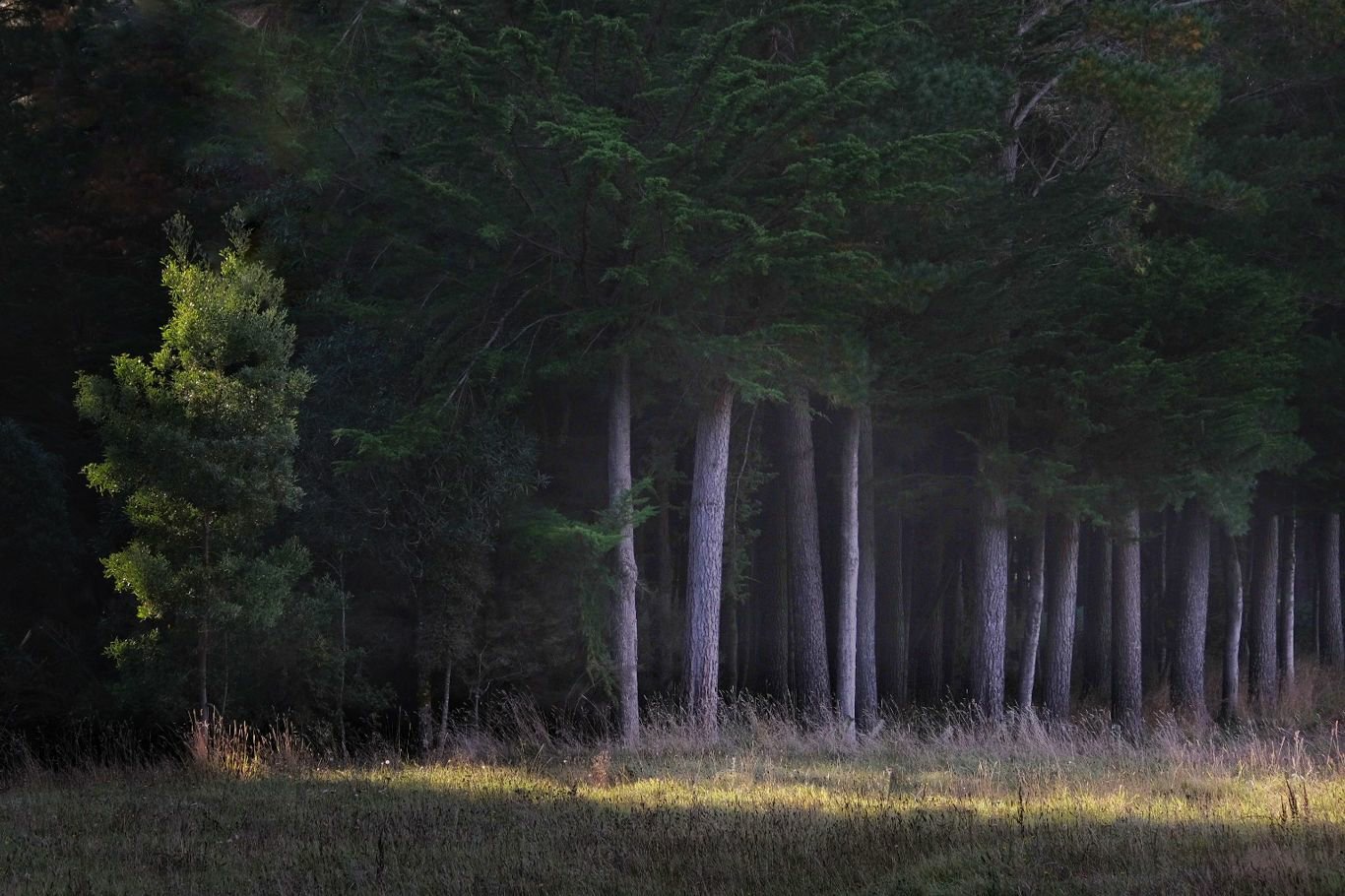


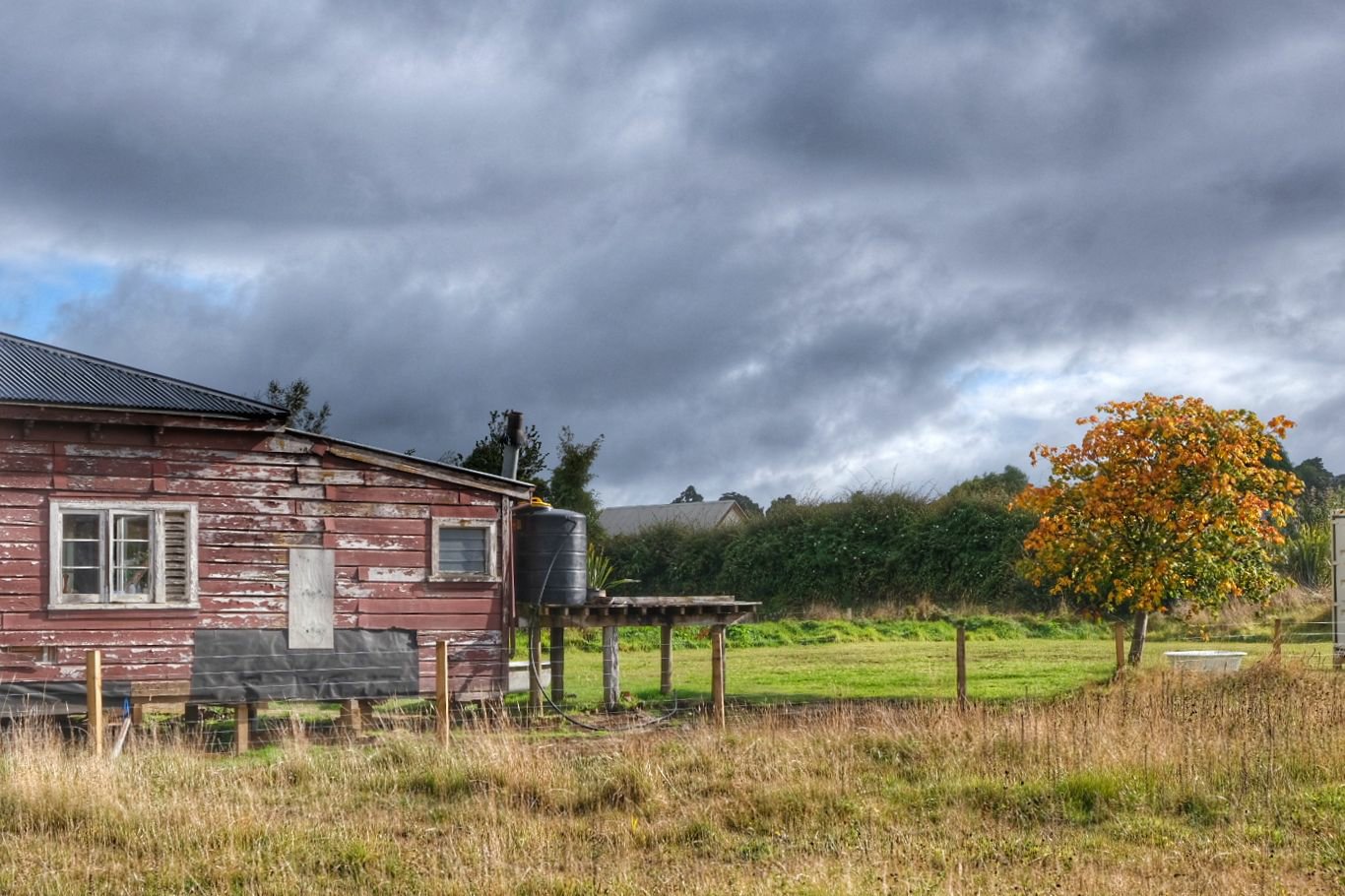


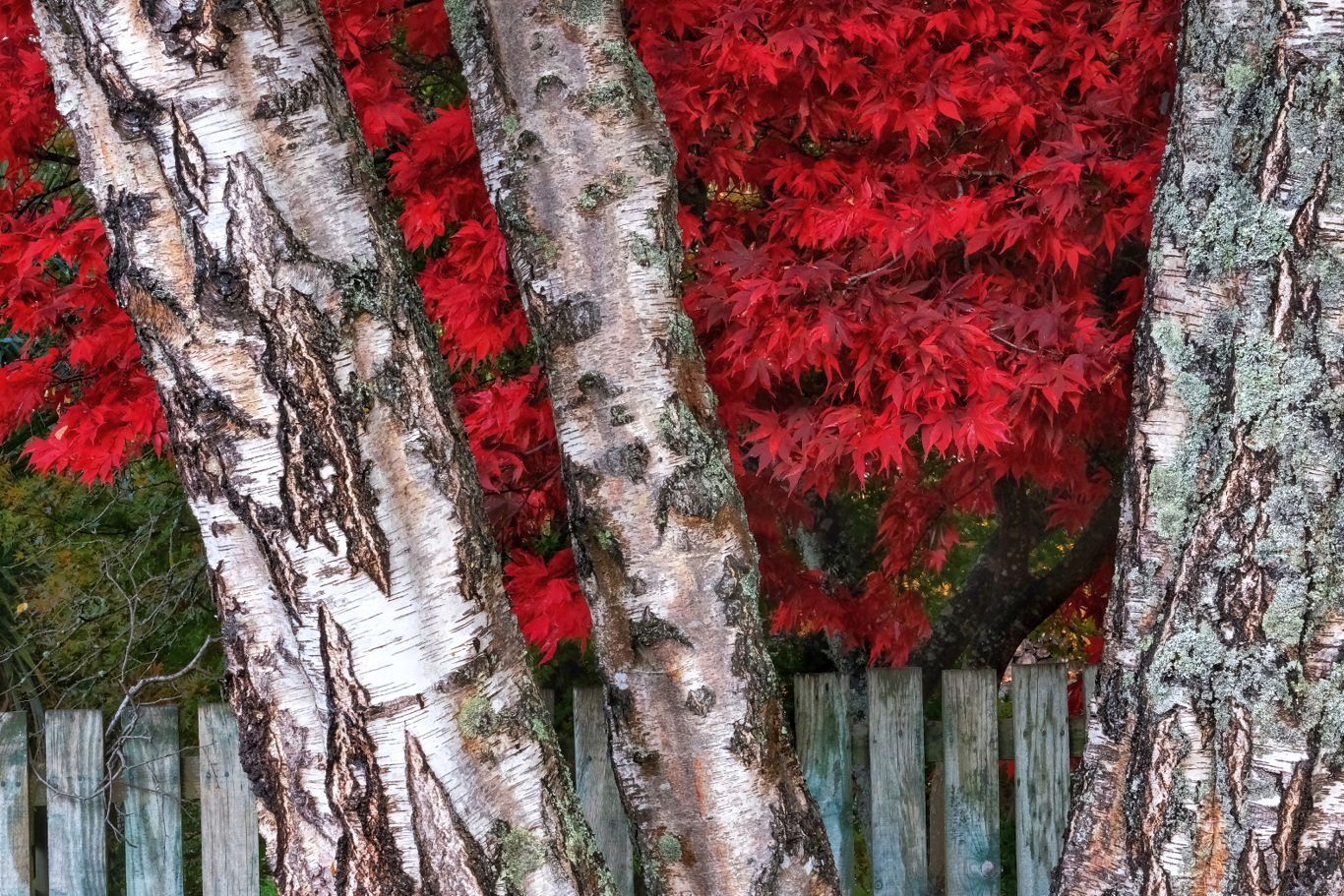


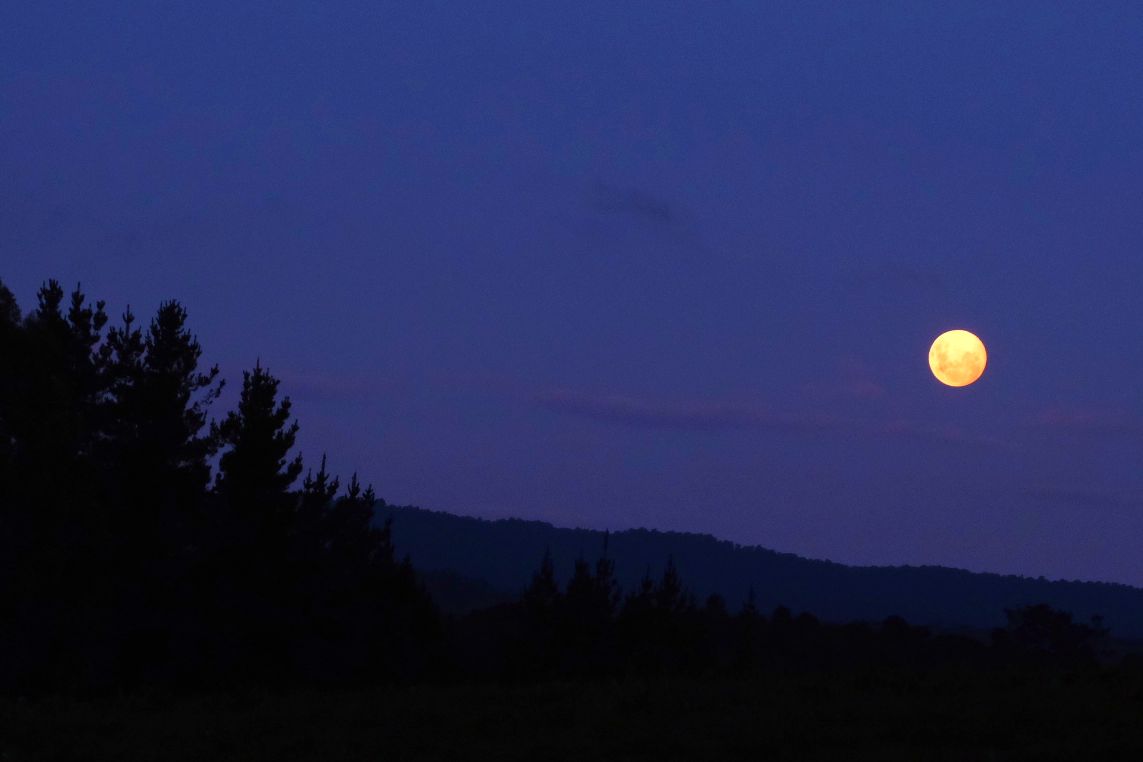


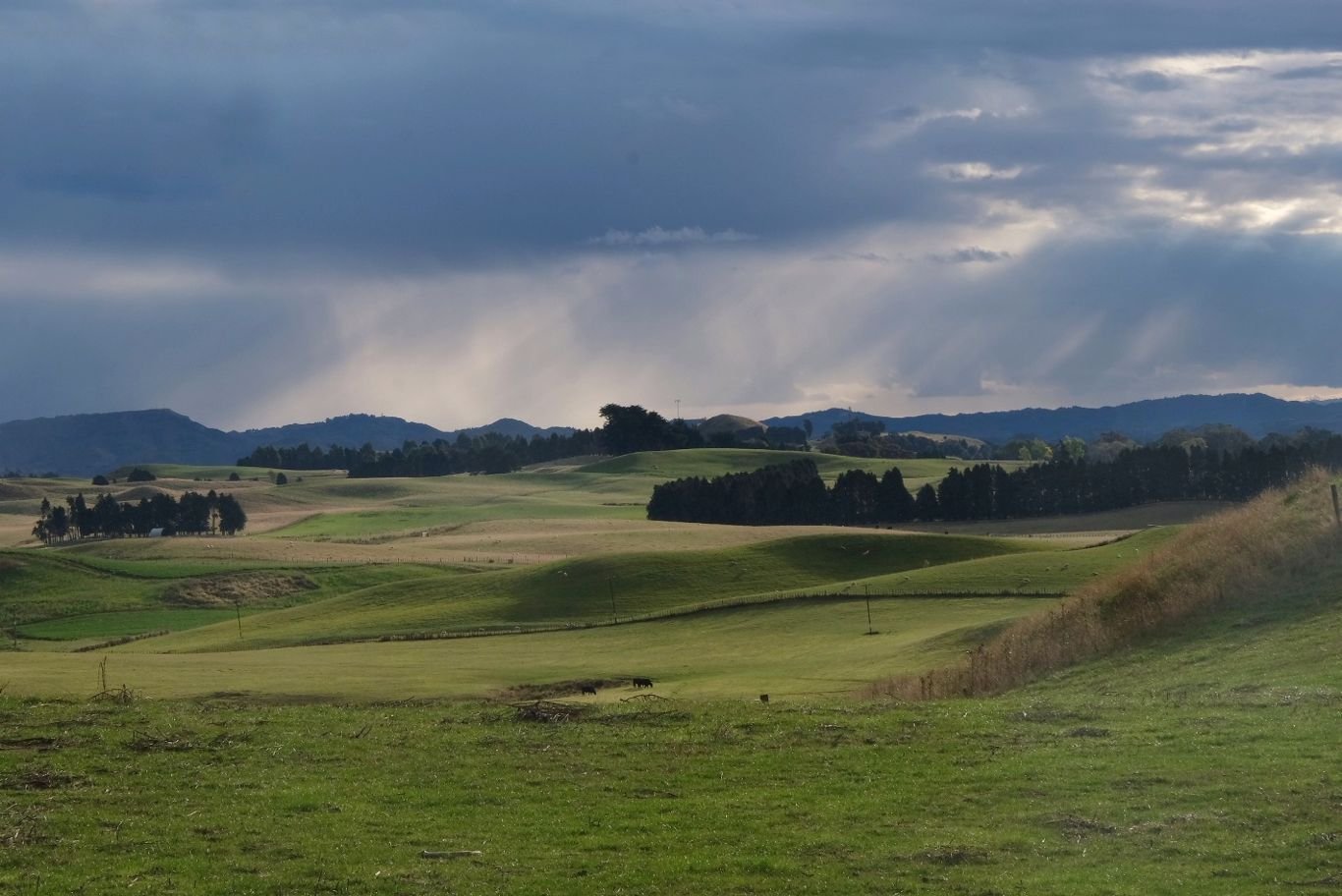


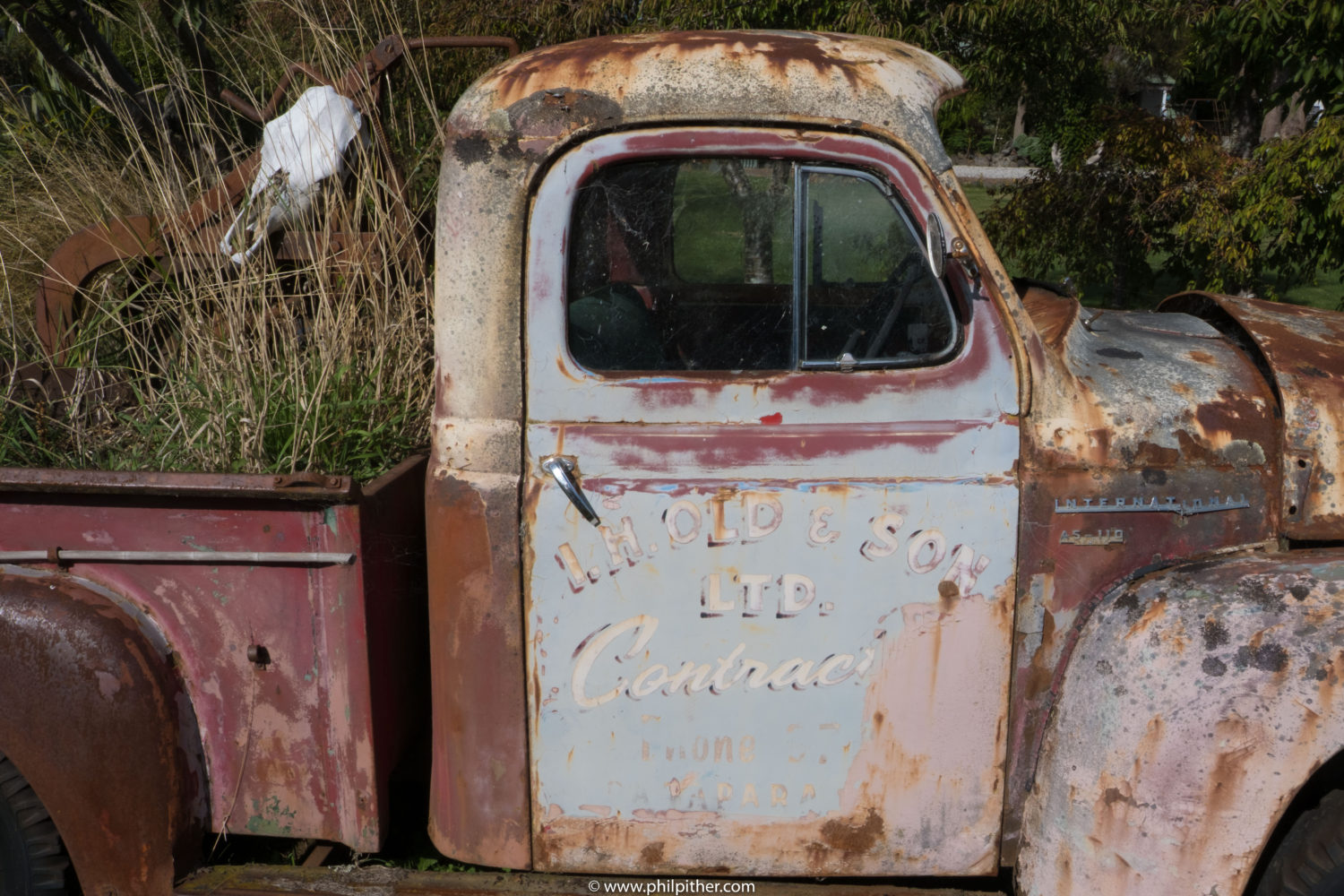


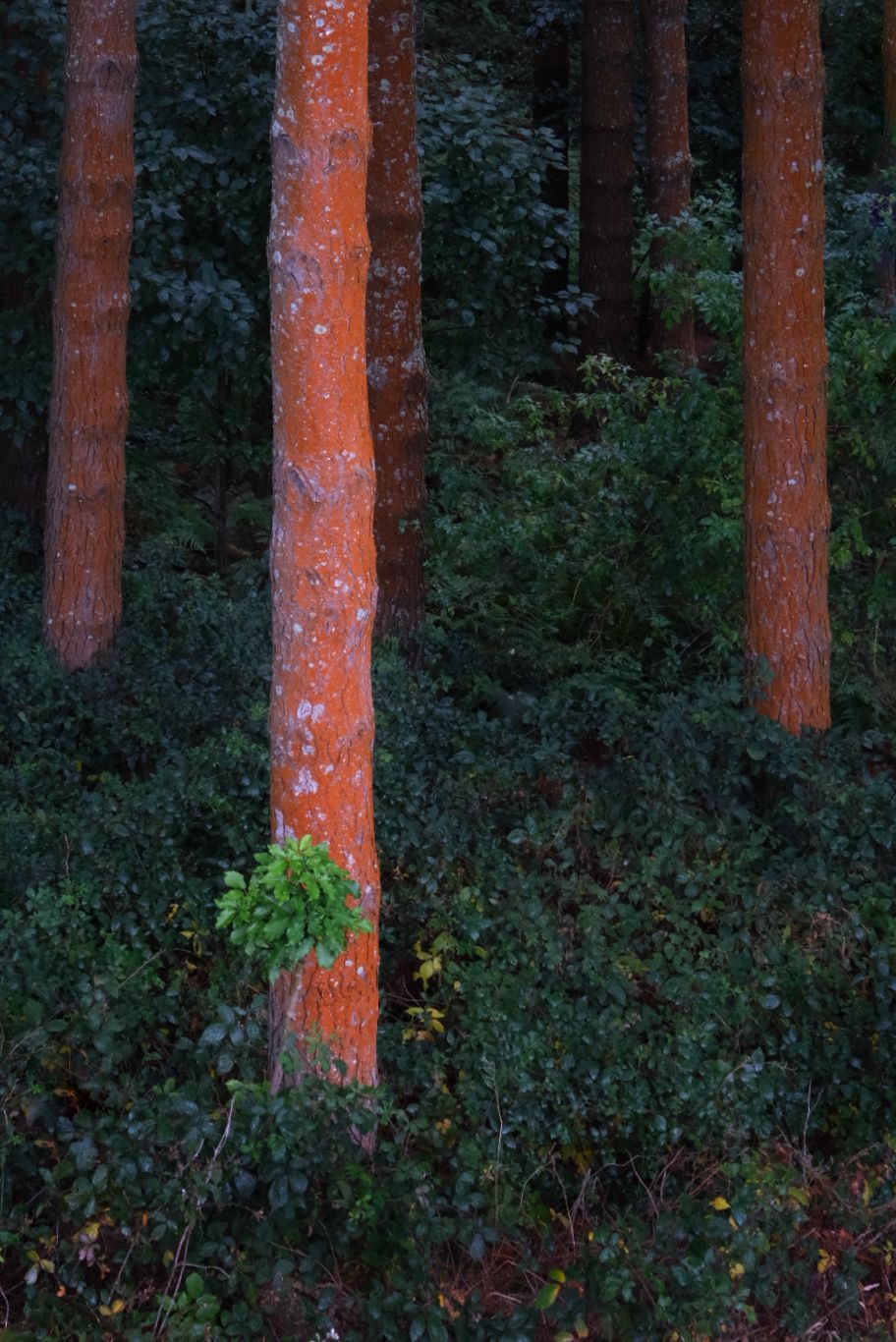


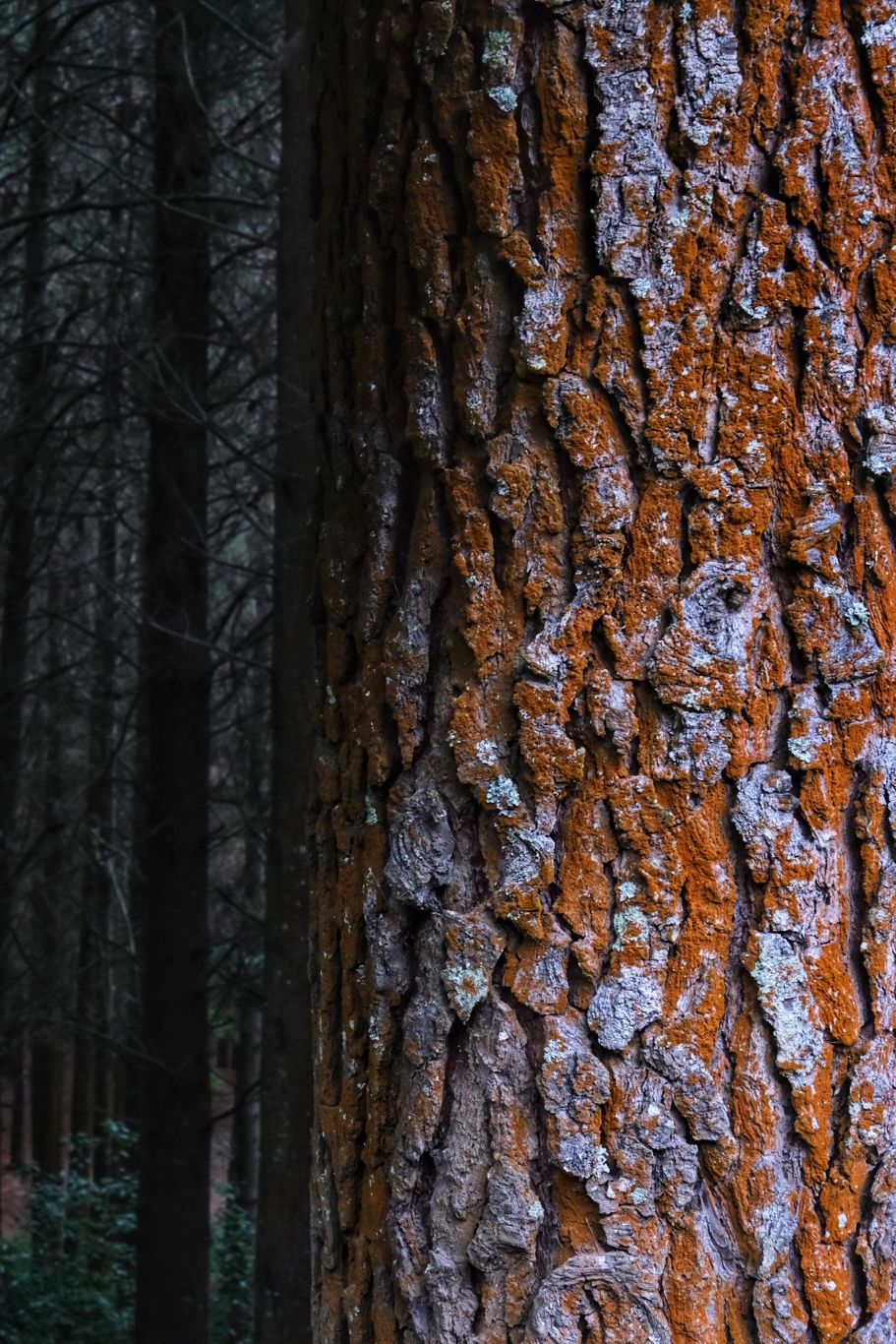


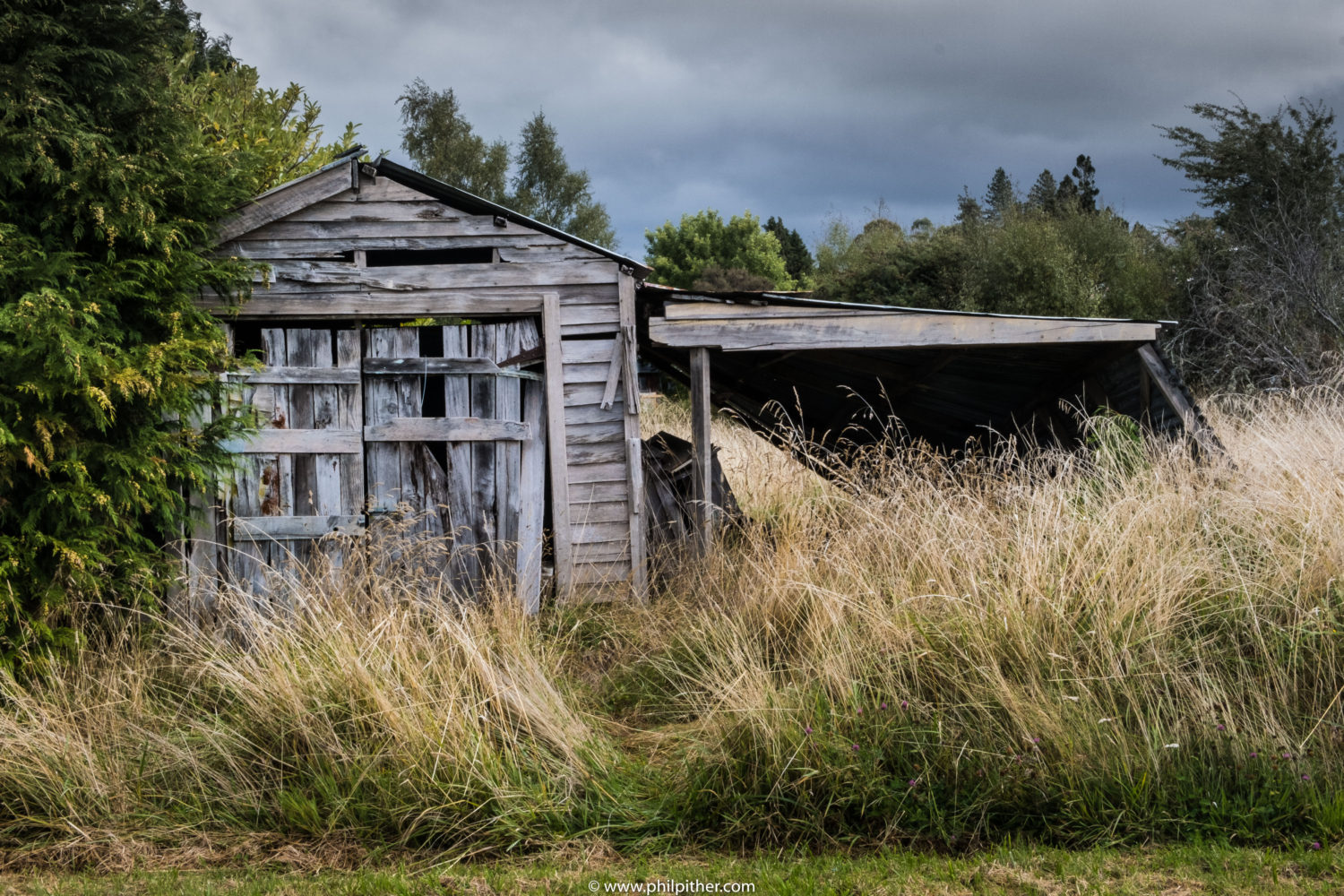


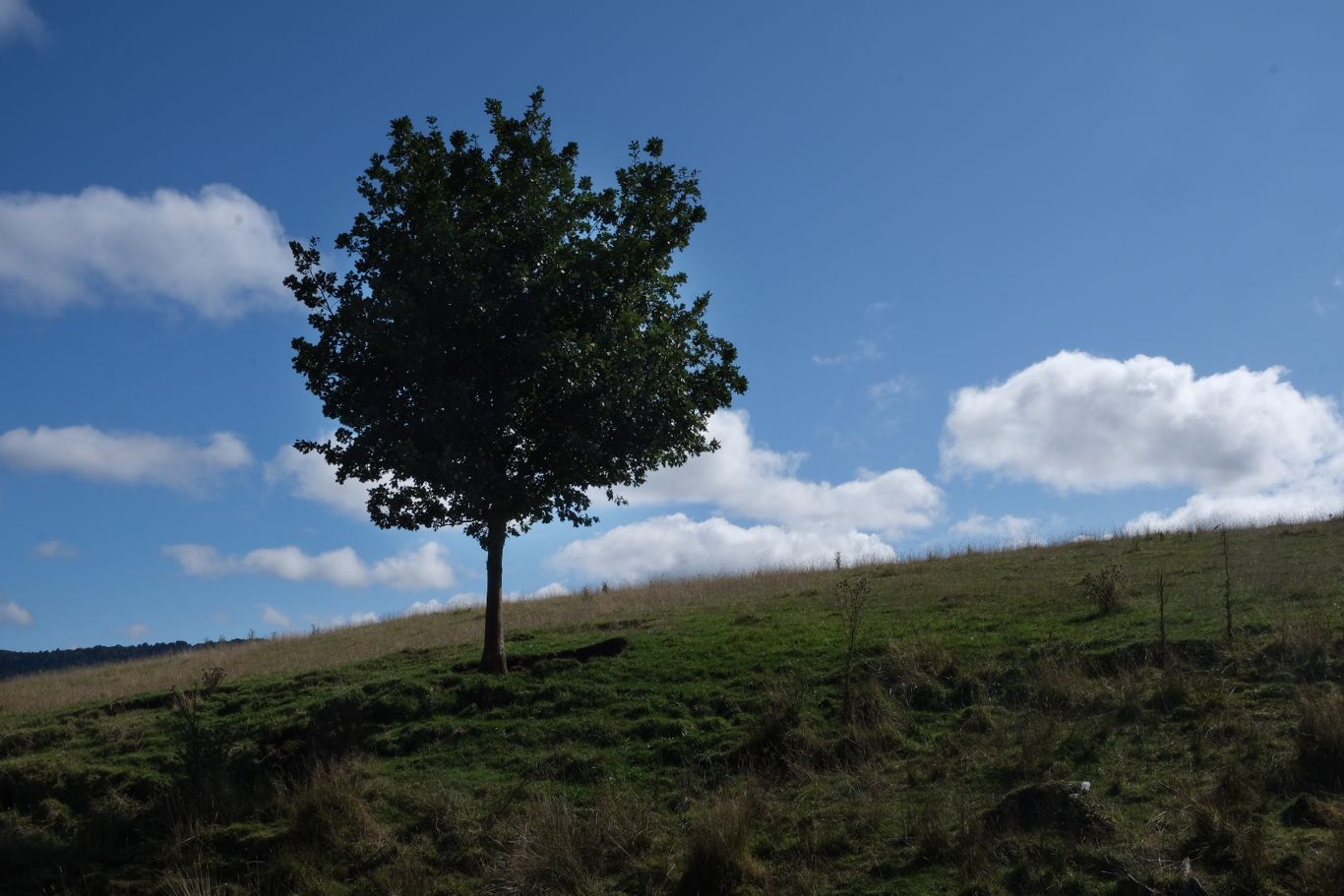


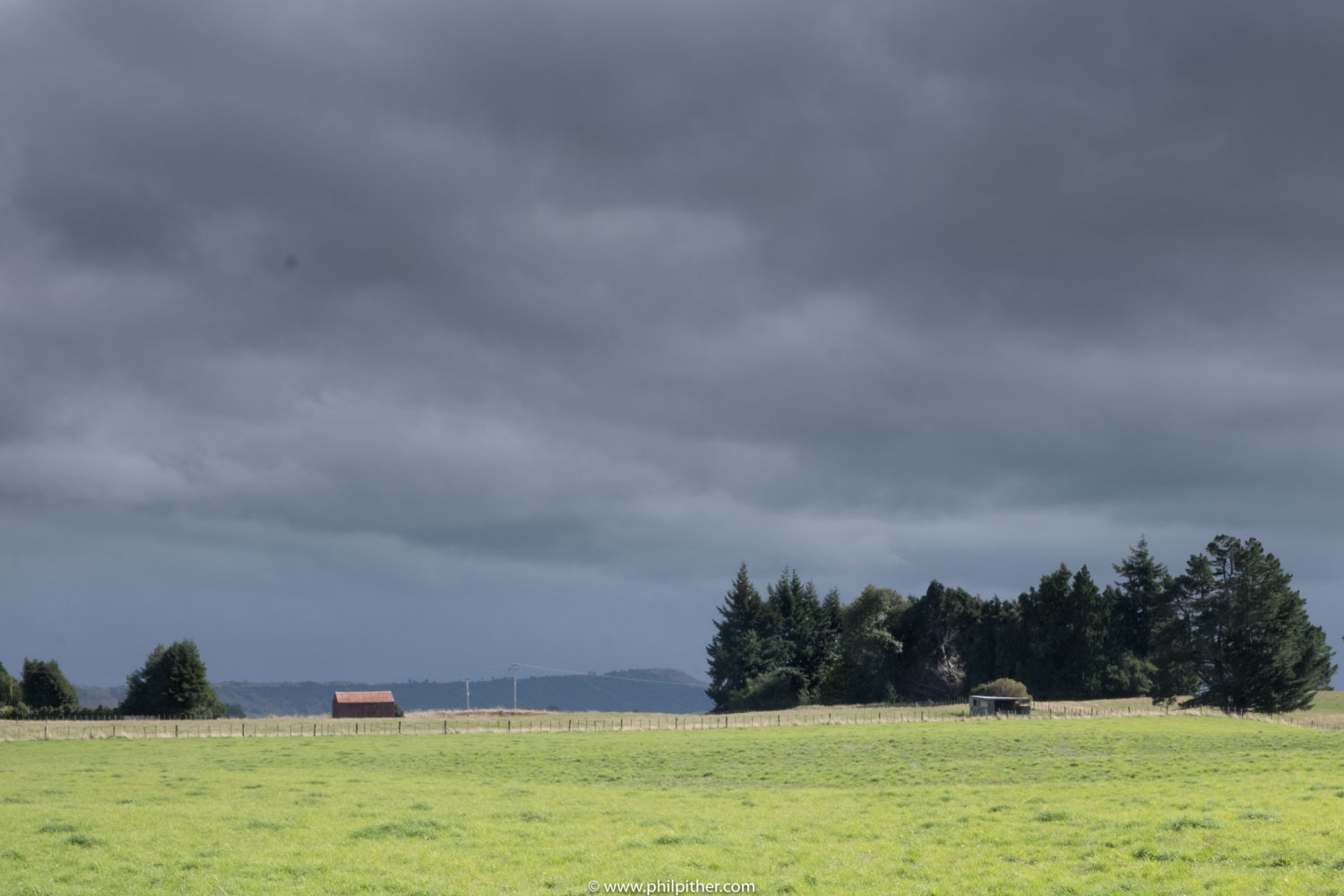


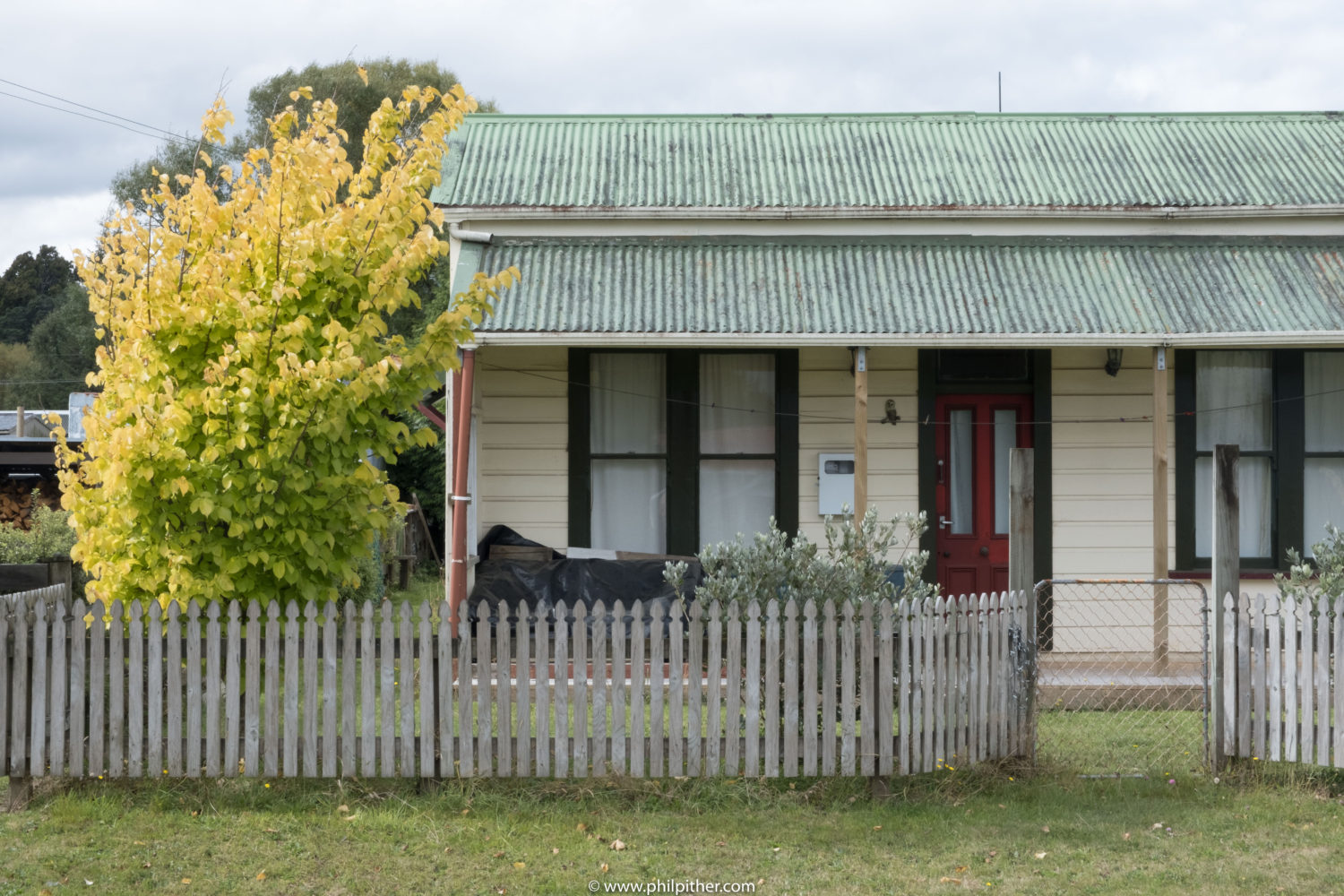


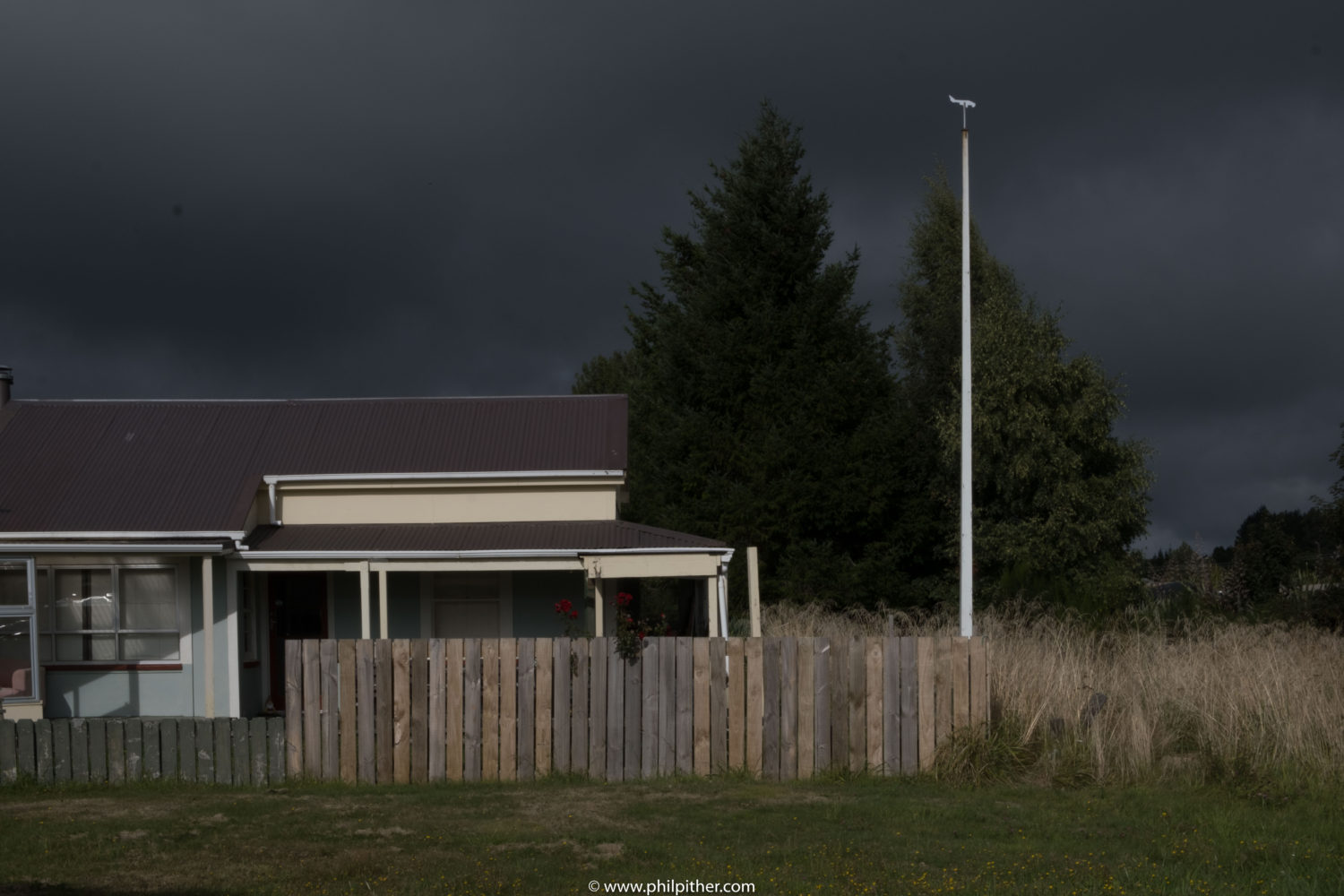


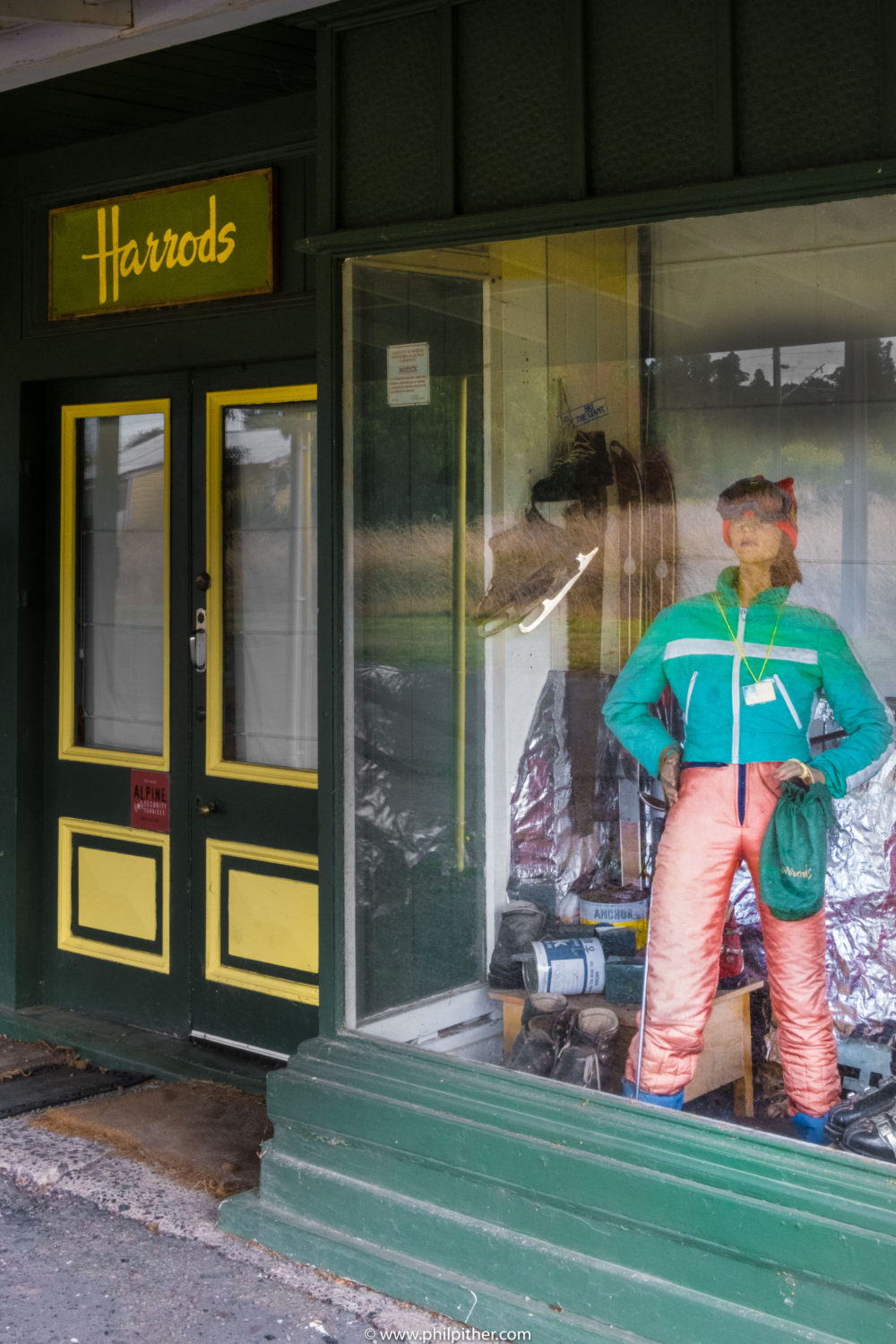


Our route was Beijing to Moscow, however, we used local trains all the way with 2 deviations – on Lake Baikal we took the Circum Baikal train(local not tourist), visited Listvyanka, Olkhon Island and later Tomsk which required a small deviation from the main line.
In all 11 train ‘legs’ with a couple of nights at each stop.
Total trip from Hong Kong to Helsinki was 52 days and entirely by train between Beijing and Tallin with a few buses where unavoidable around Lake Baikal area.
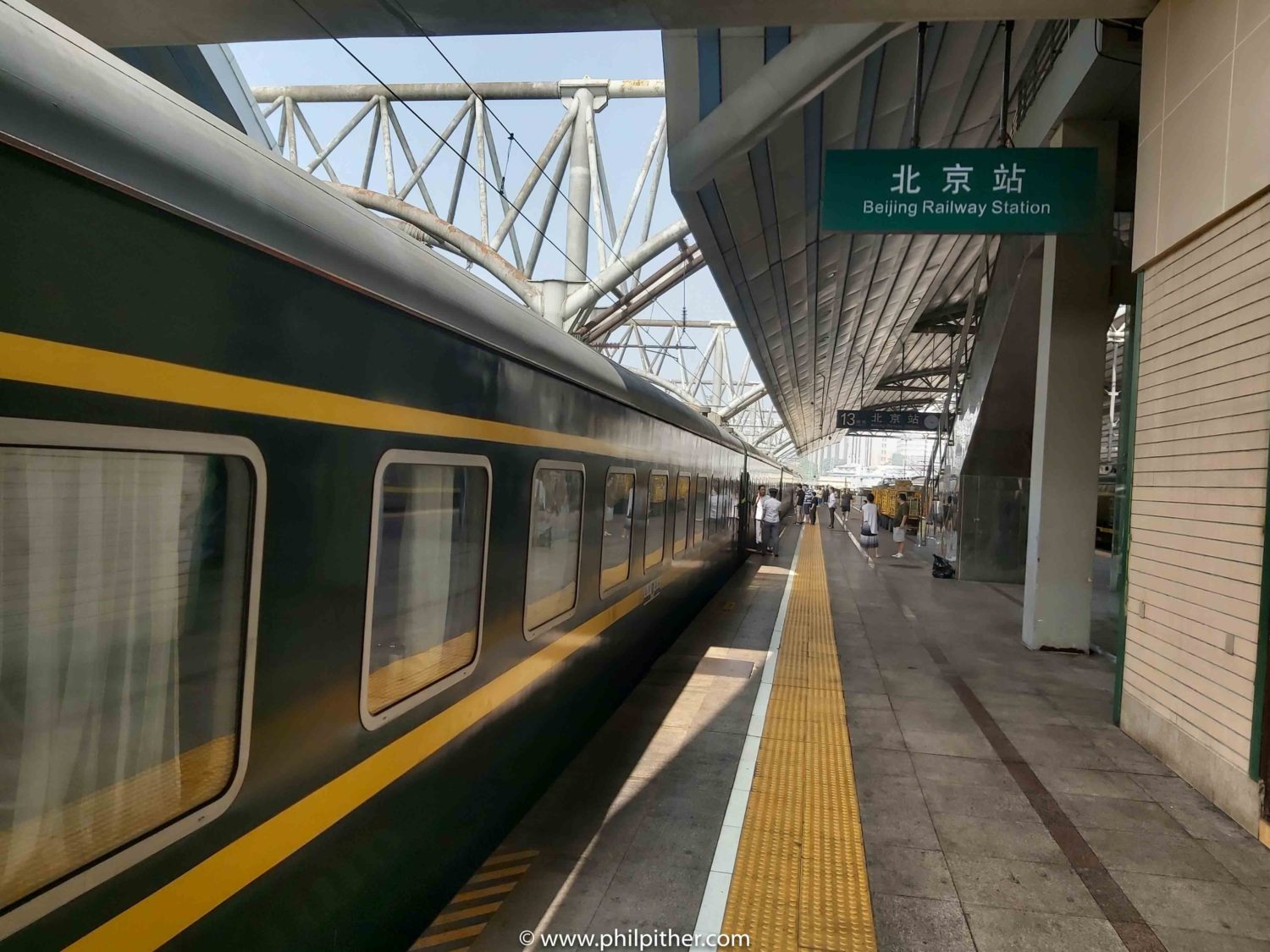


From Beijing for a considerable discount compared to the ‘Trans Siberian Train’ route we took 2 local trains – first stop Jining, then to Erenhot/Erlian where we crossed the border to Outer Mongolia.
A short stop for a rest in a hotel at Jining resulted in the hotel losing a China Id card which had to be either replaced or retrieved before we could leave China. Luckily the manager found it in the photo-copier the next day!
Then delivered by scheduled bus driver to us and delay was limited to 24 hours. Otherwise 4+ days to replace.
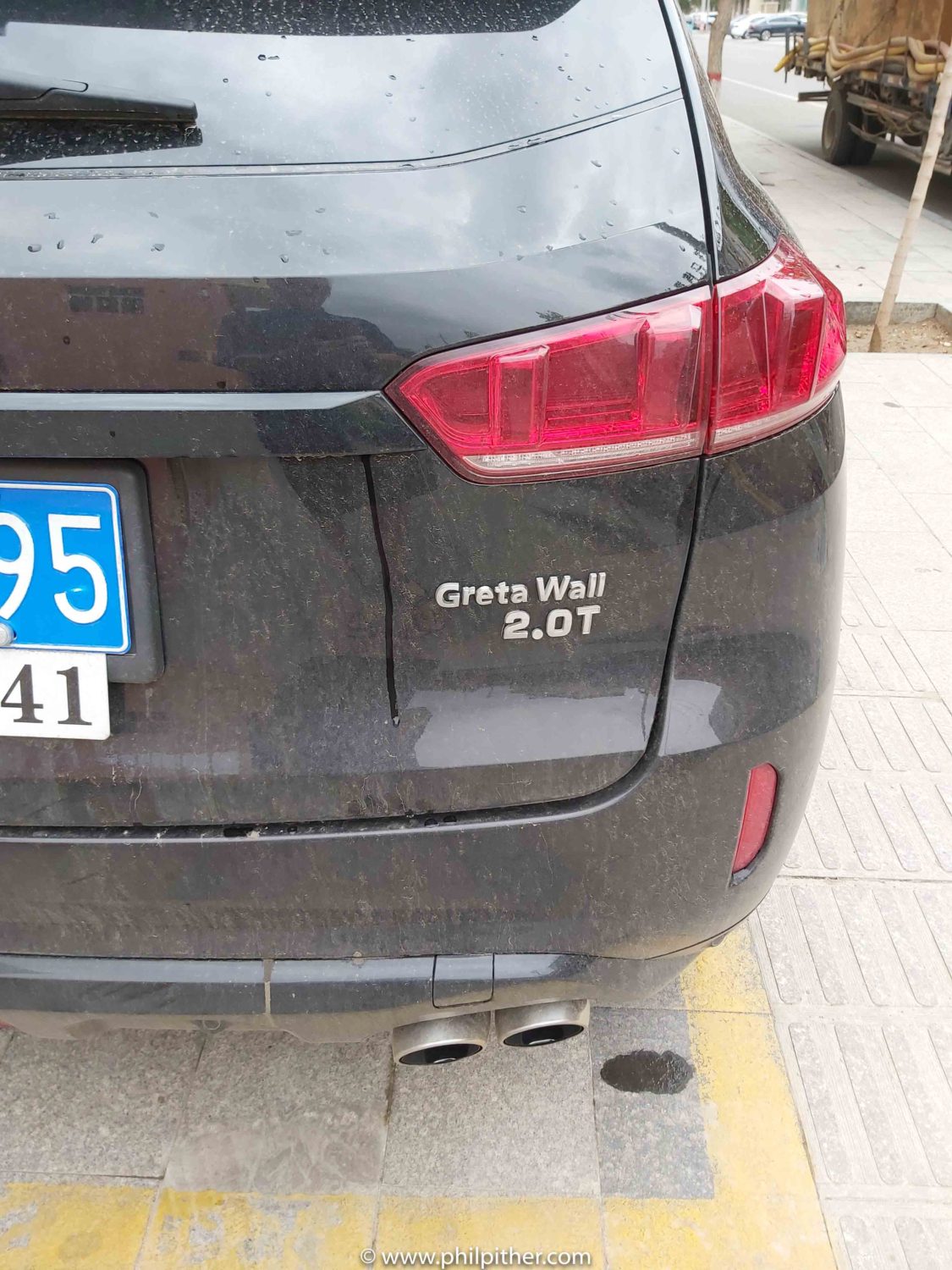


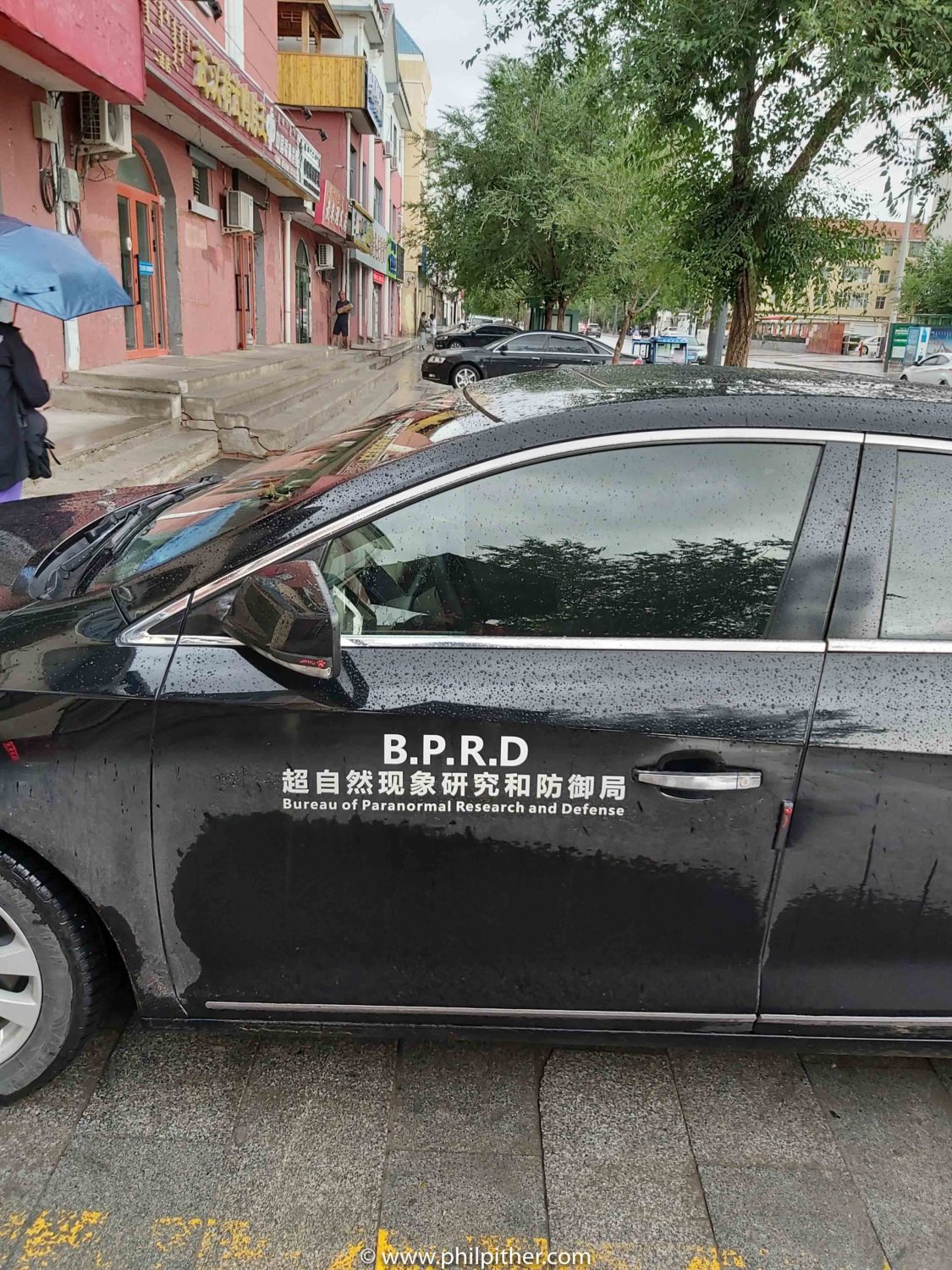


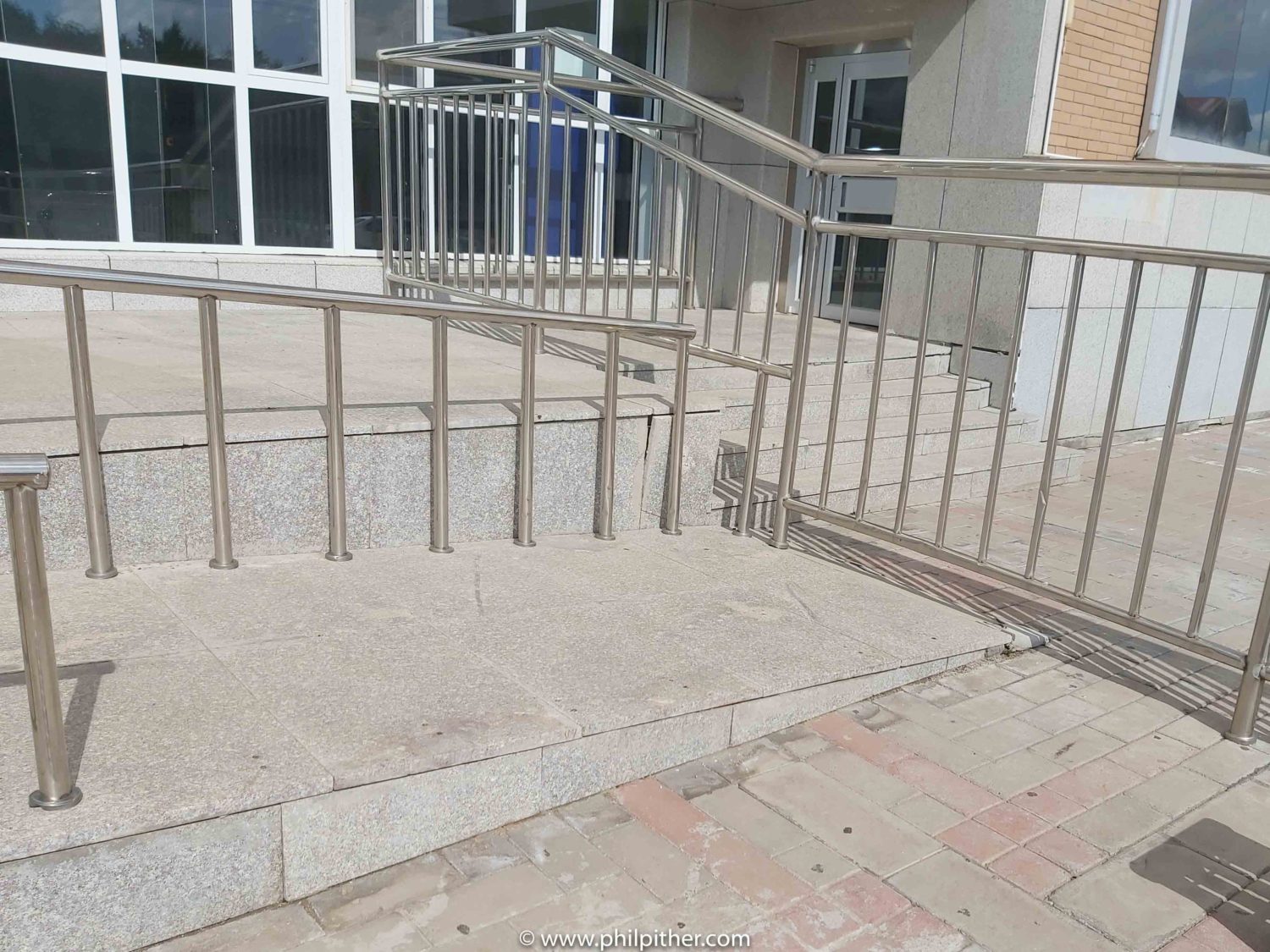


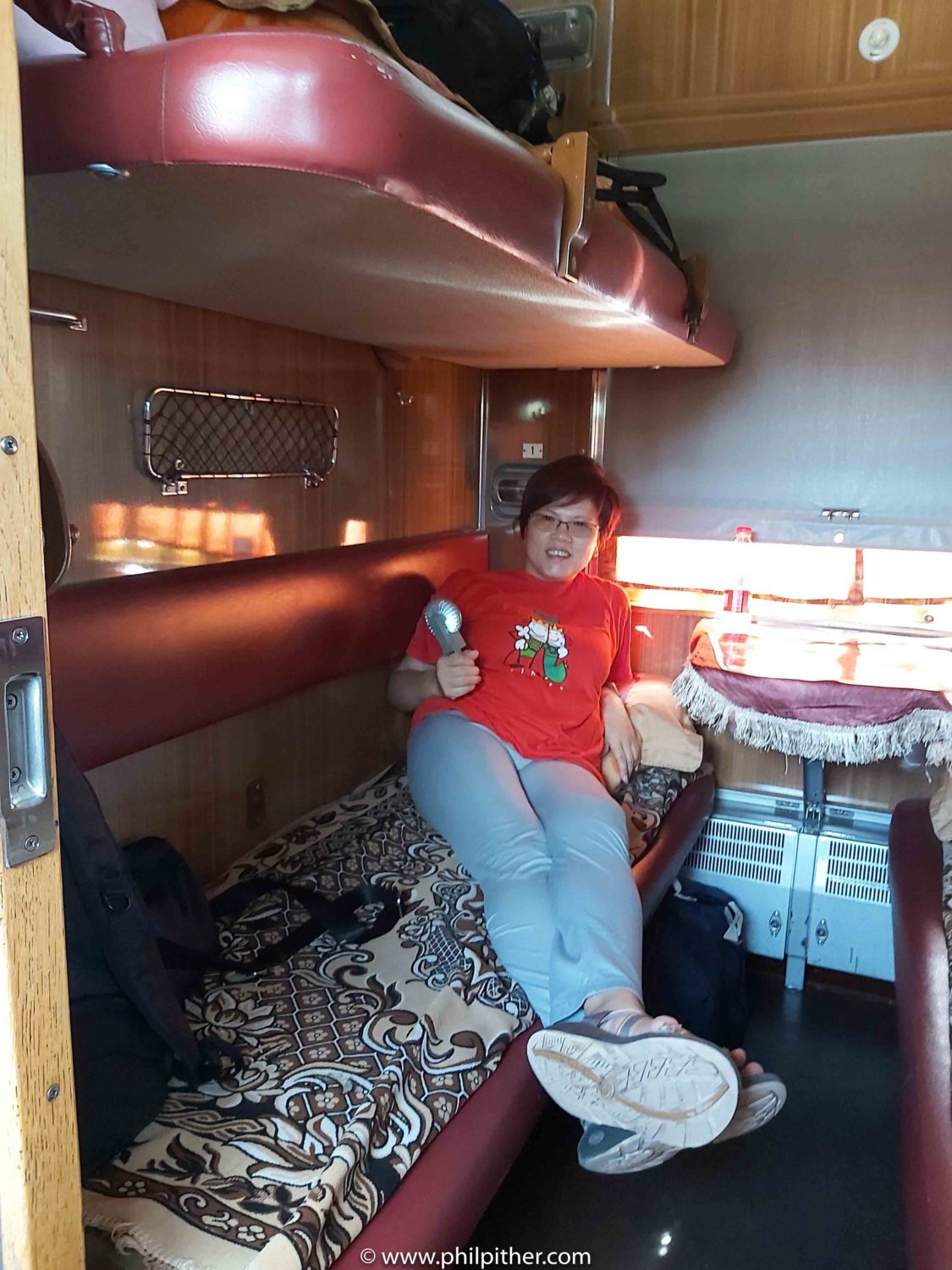


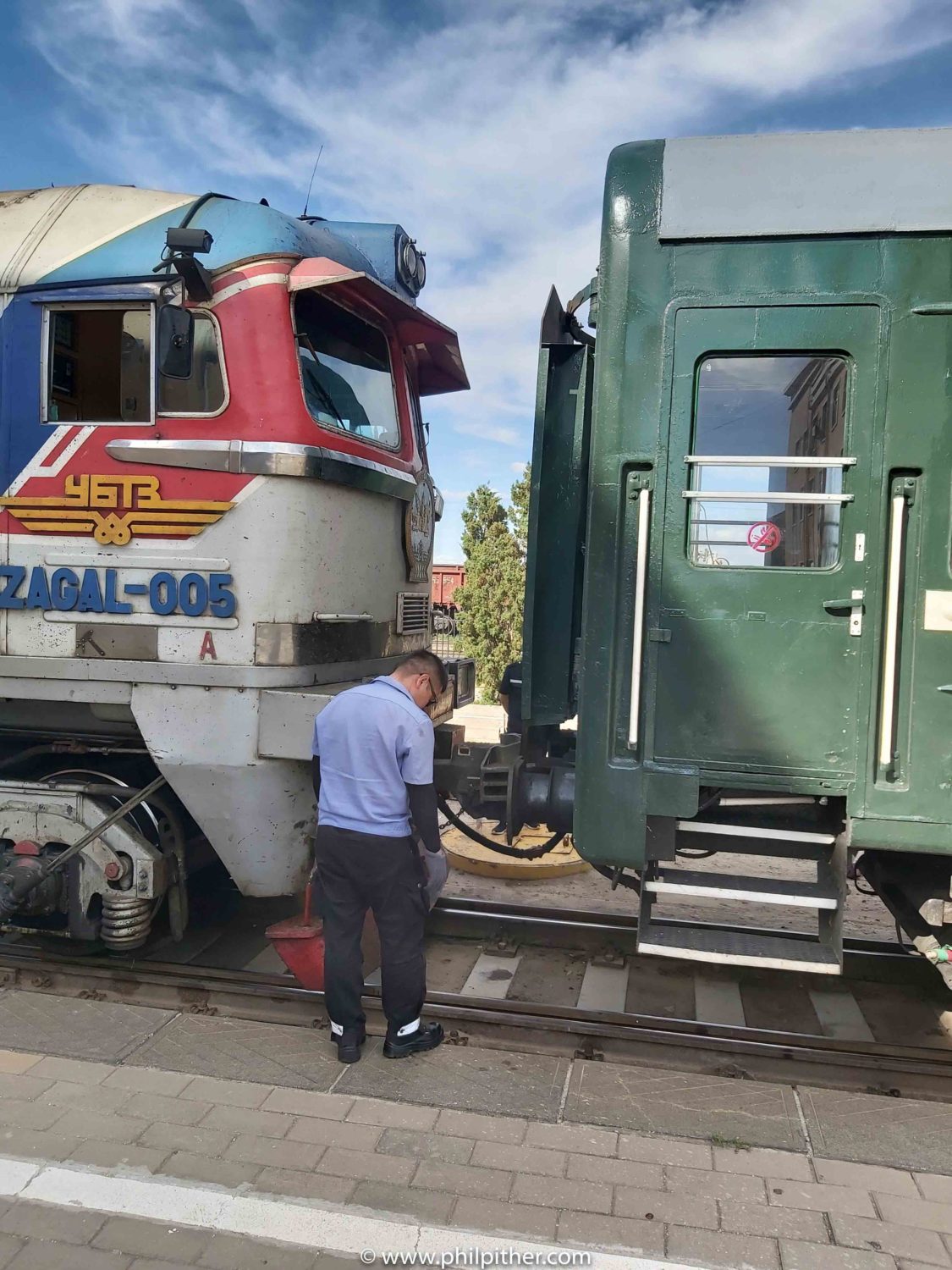


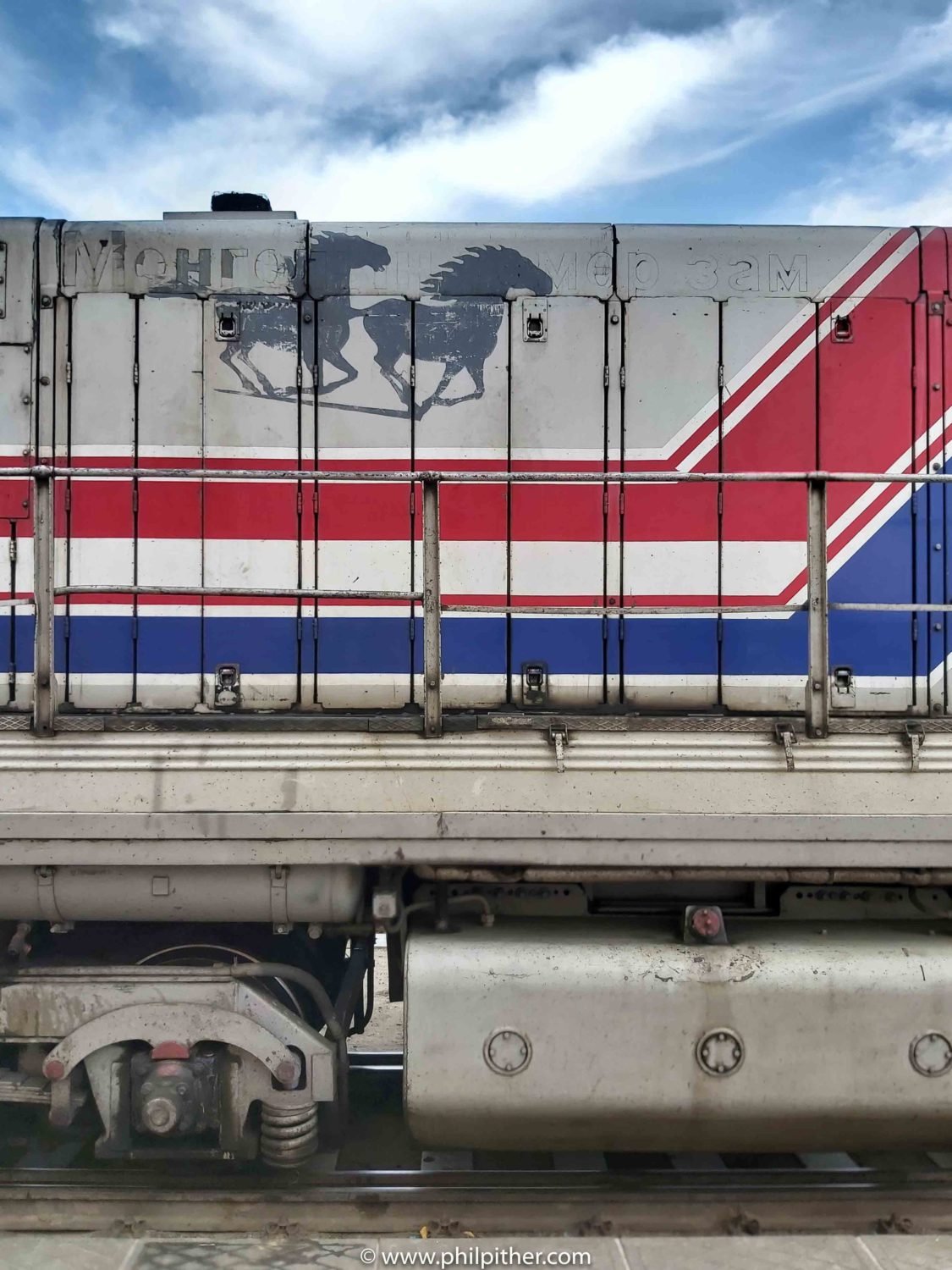


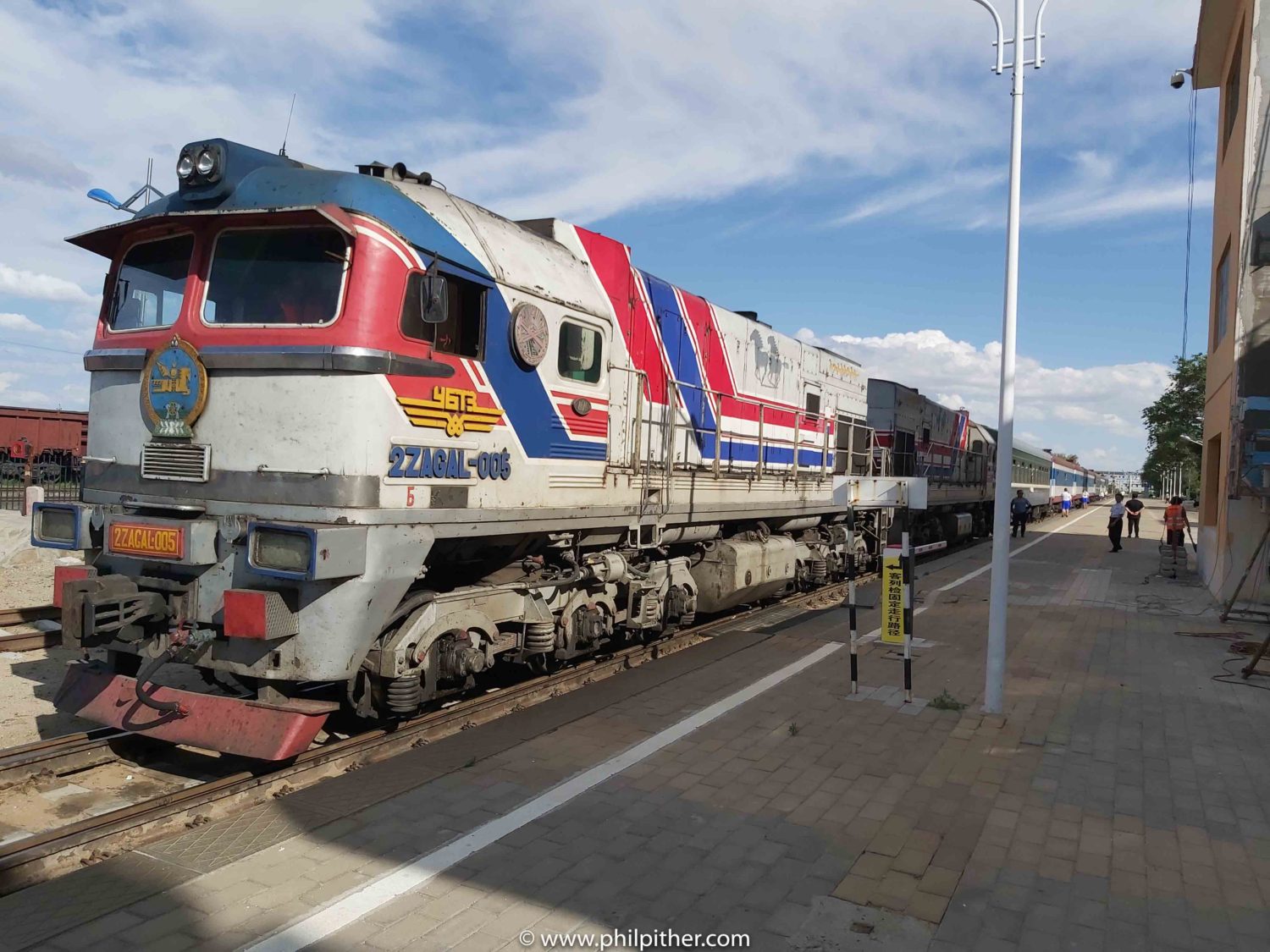


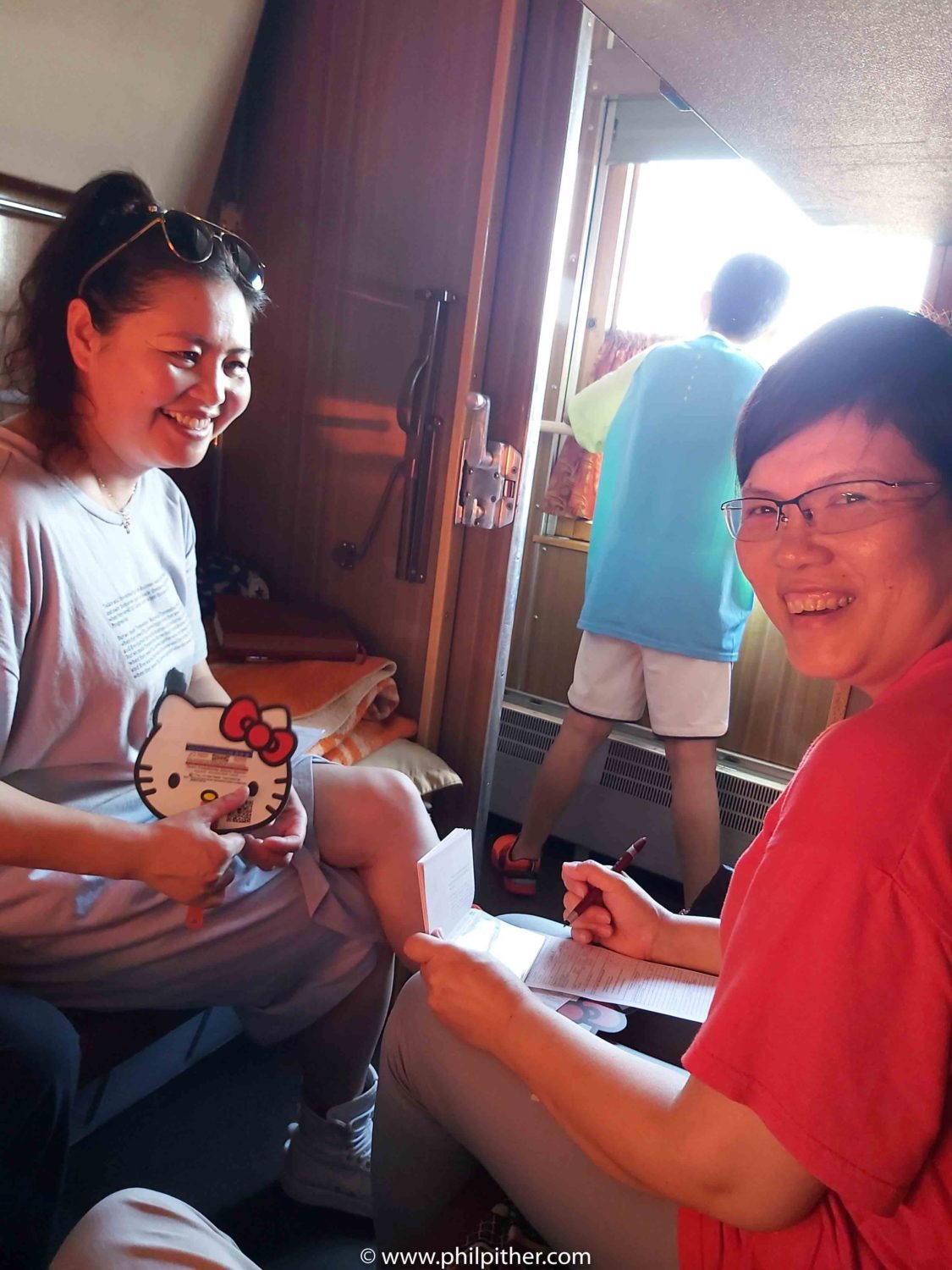


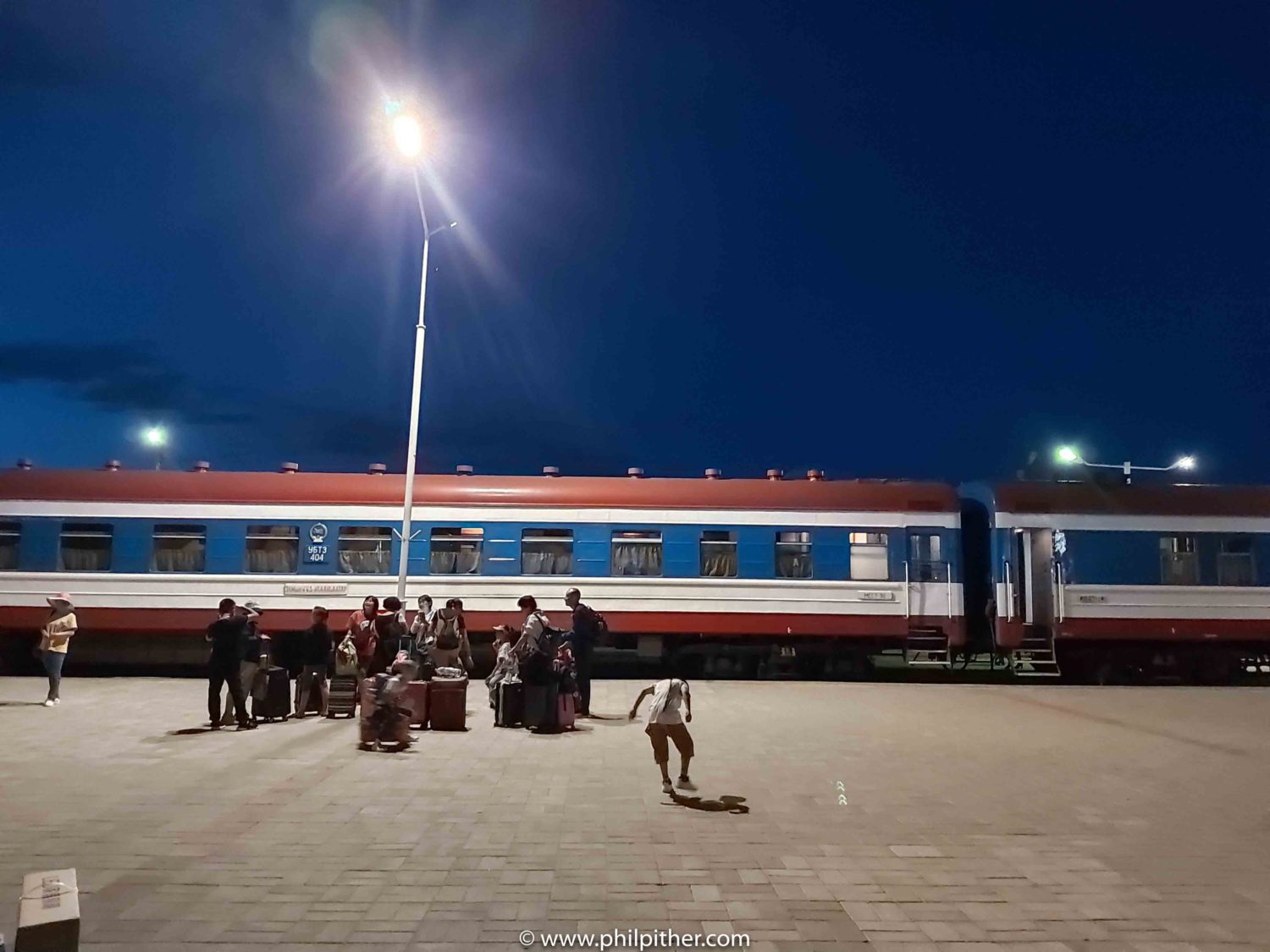


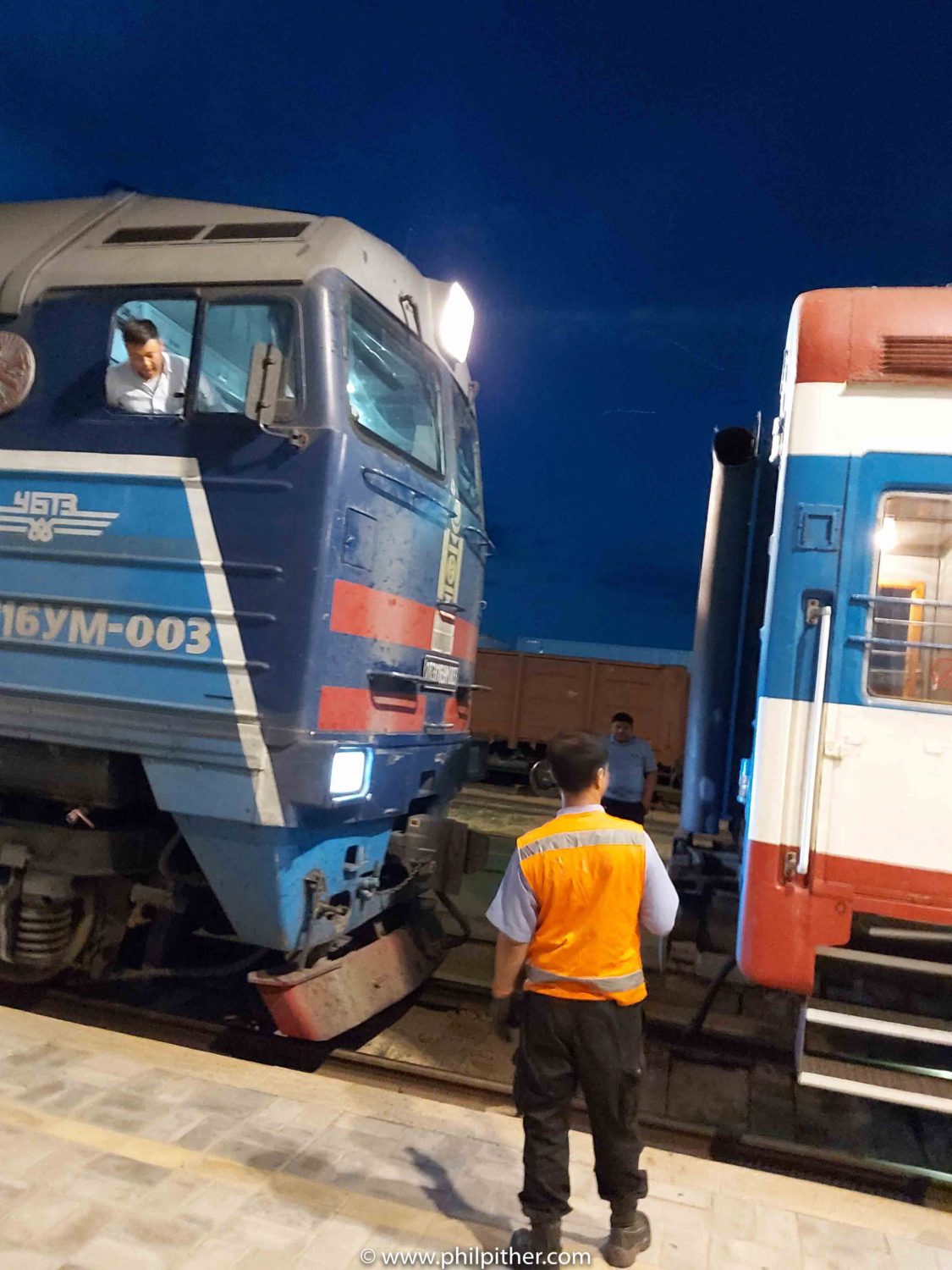


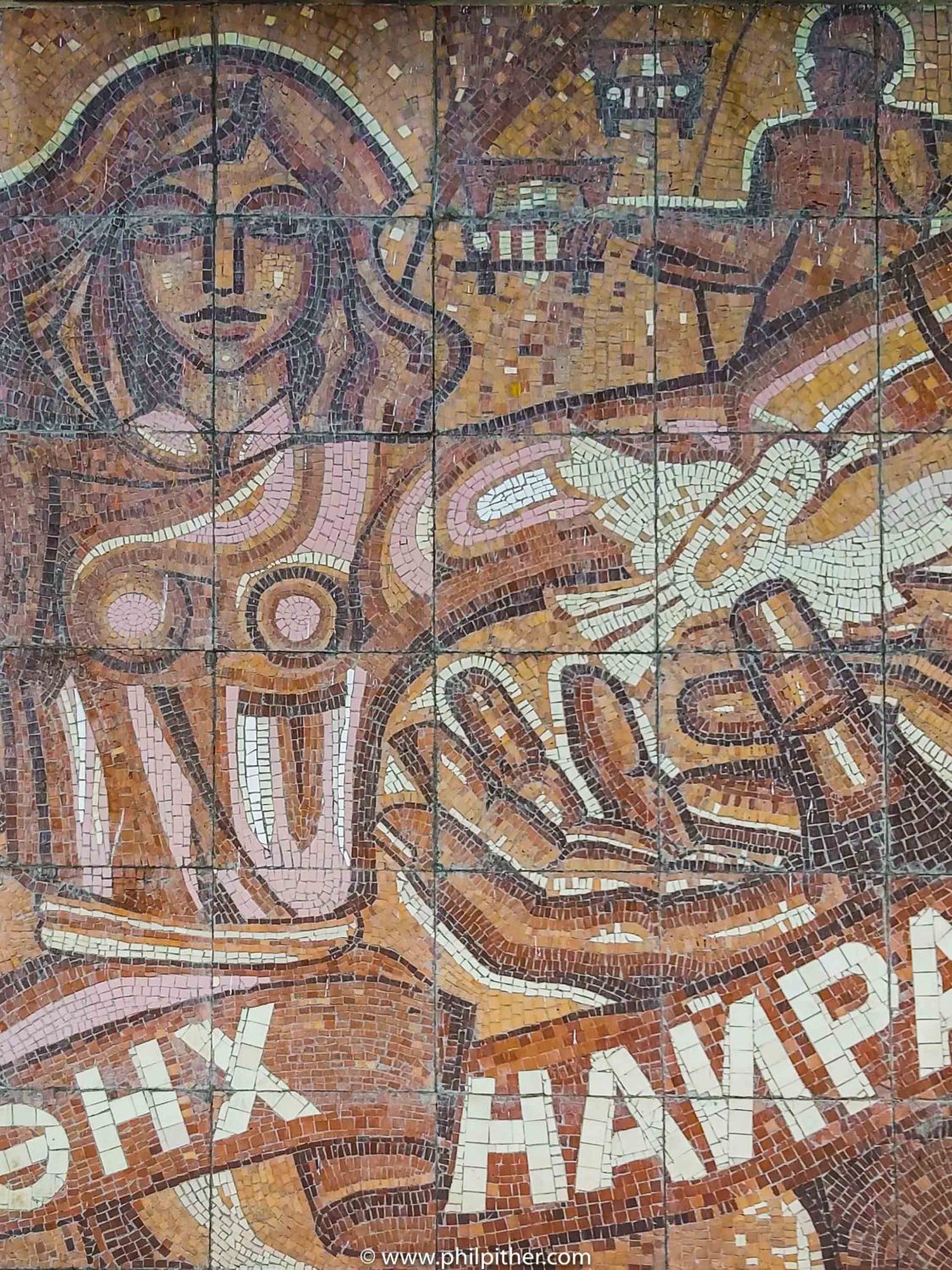


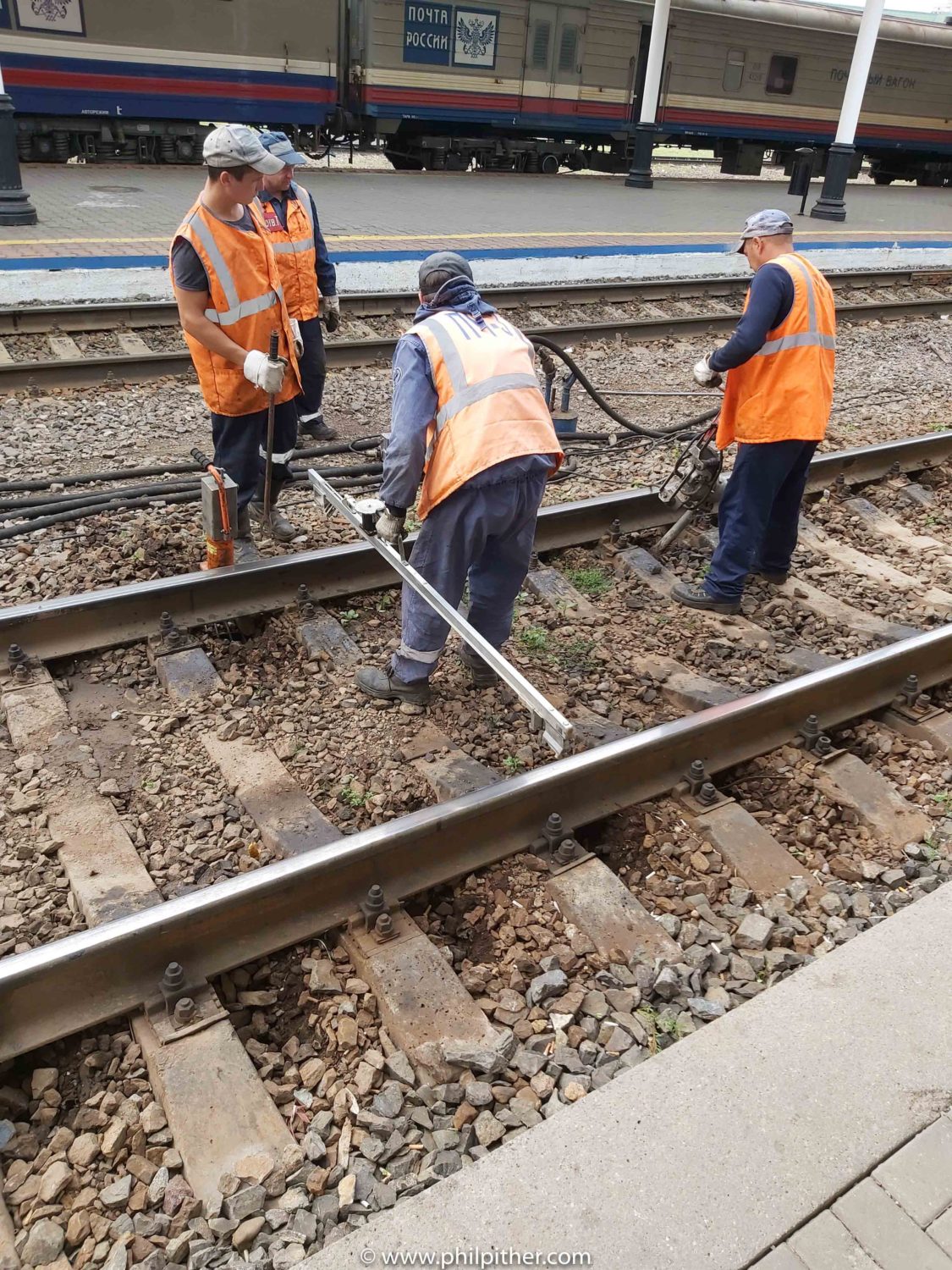


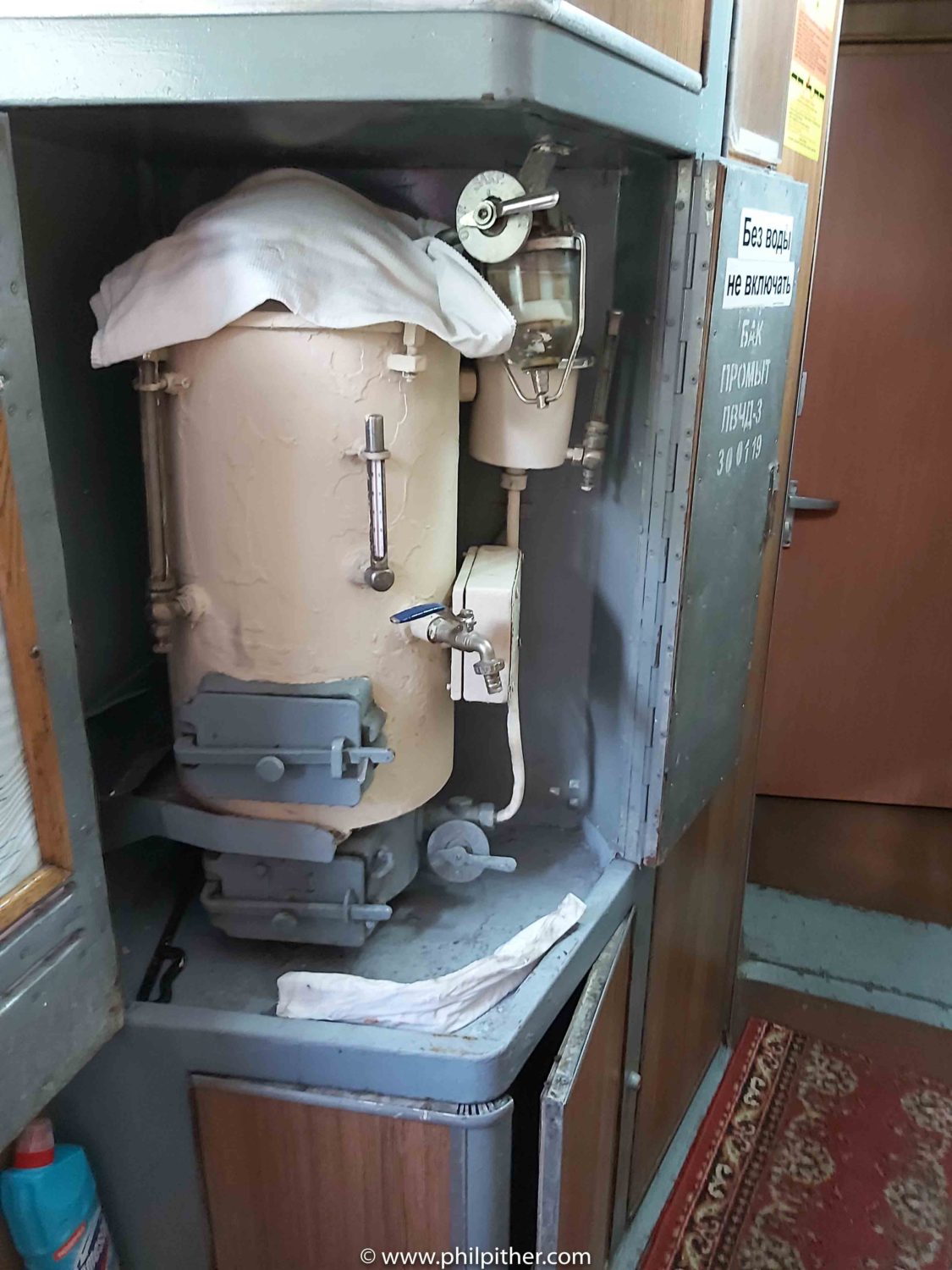


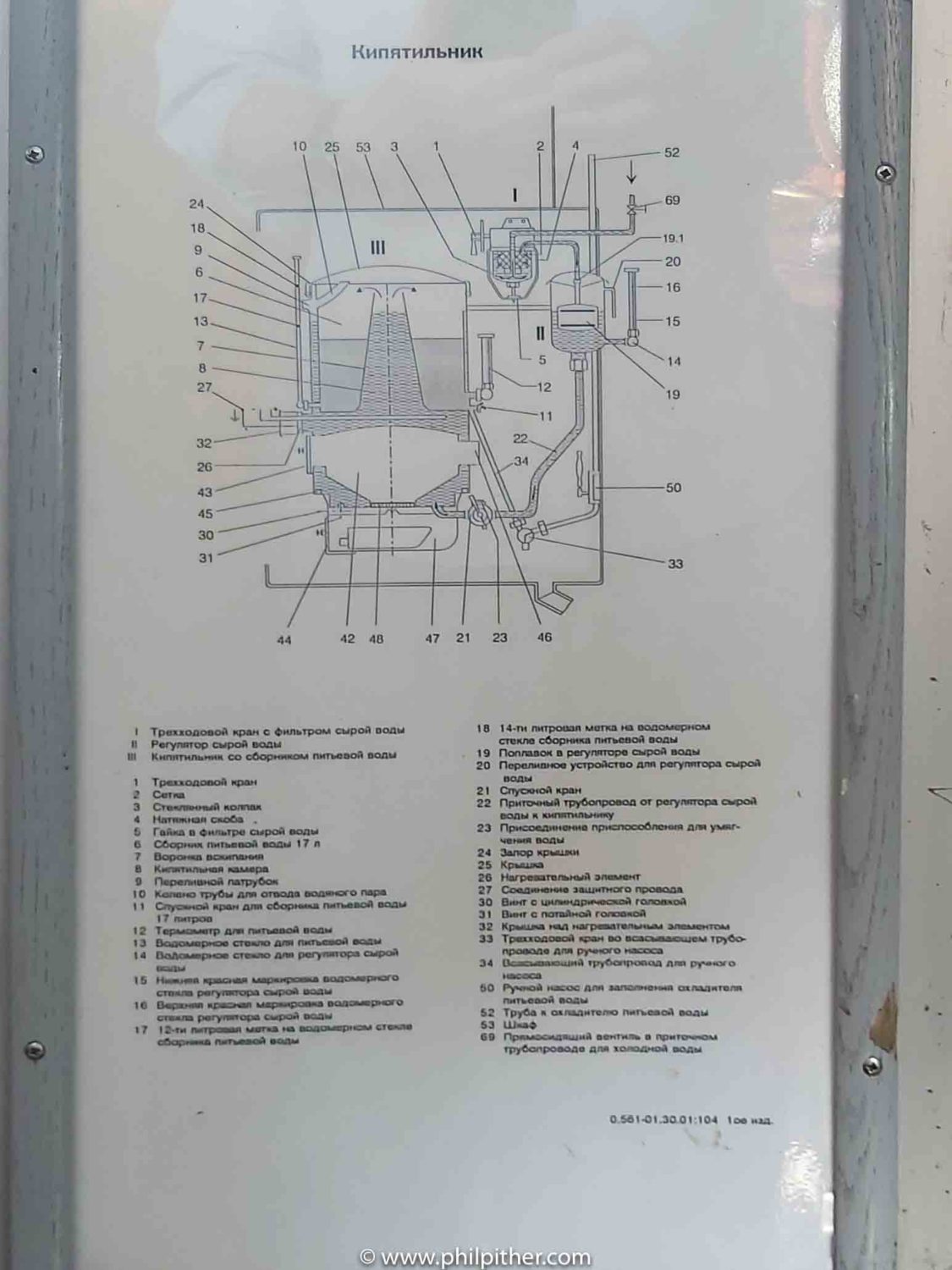


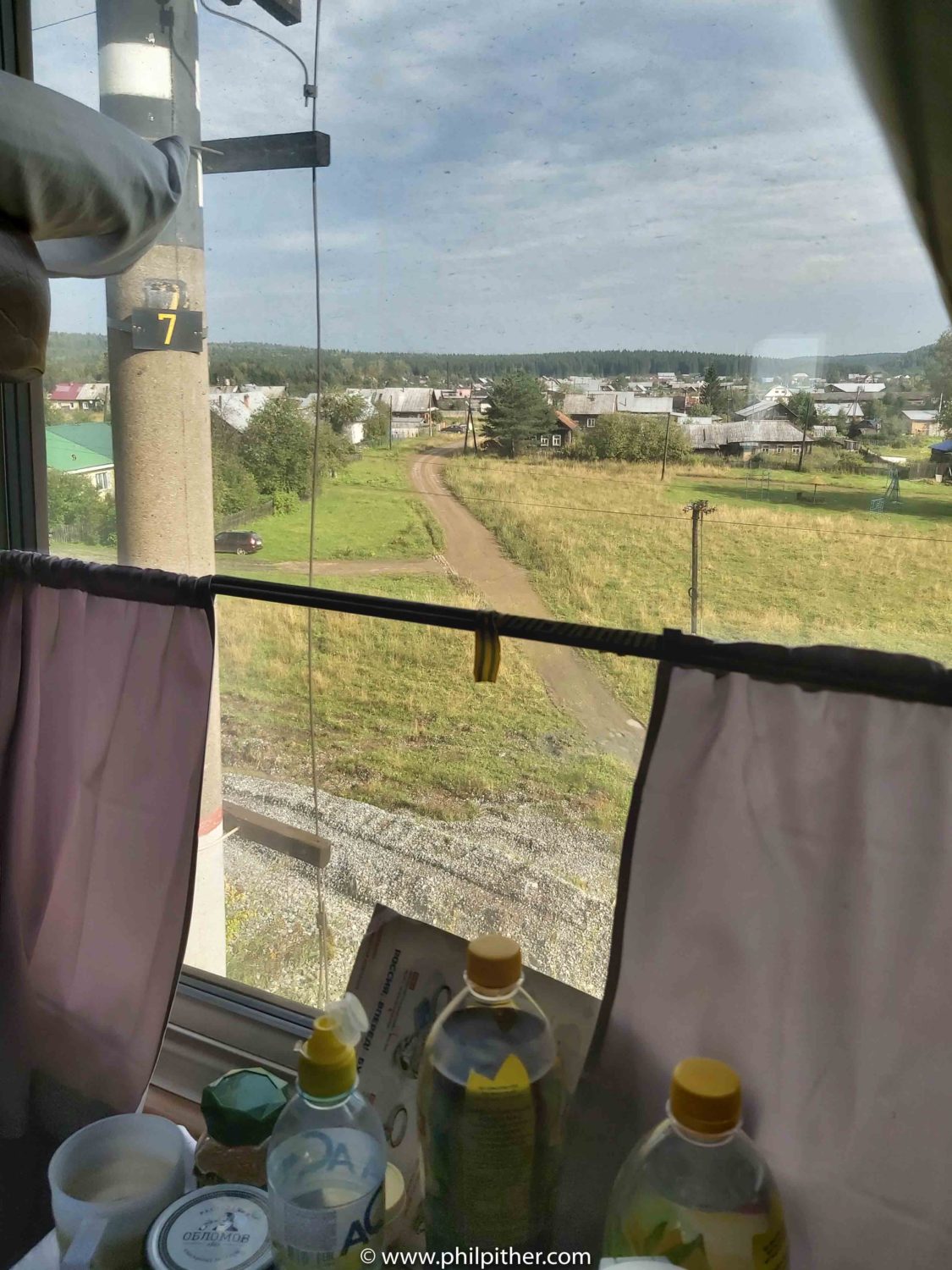


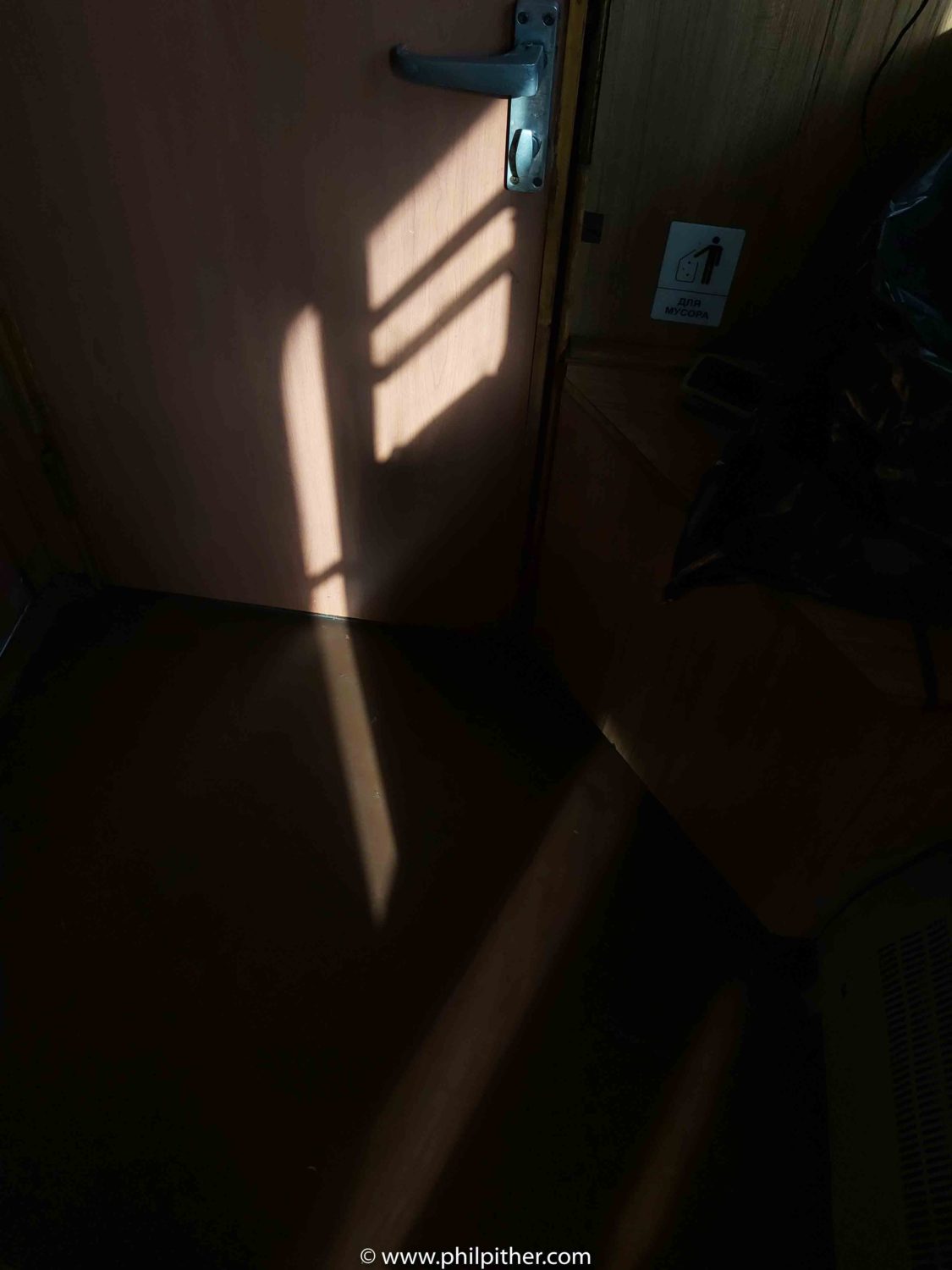


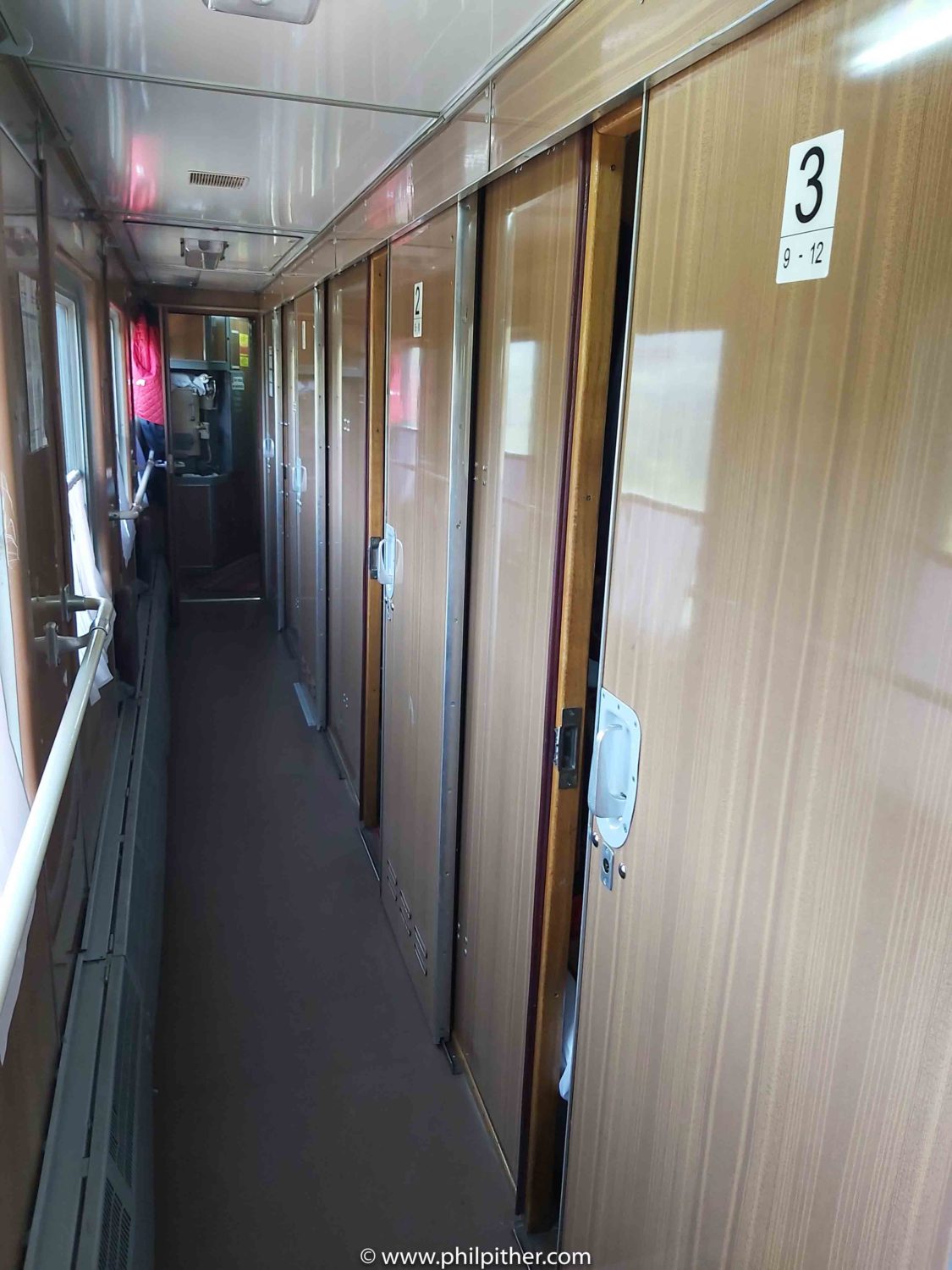


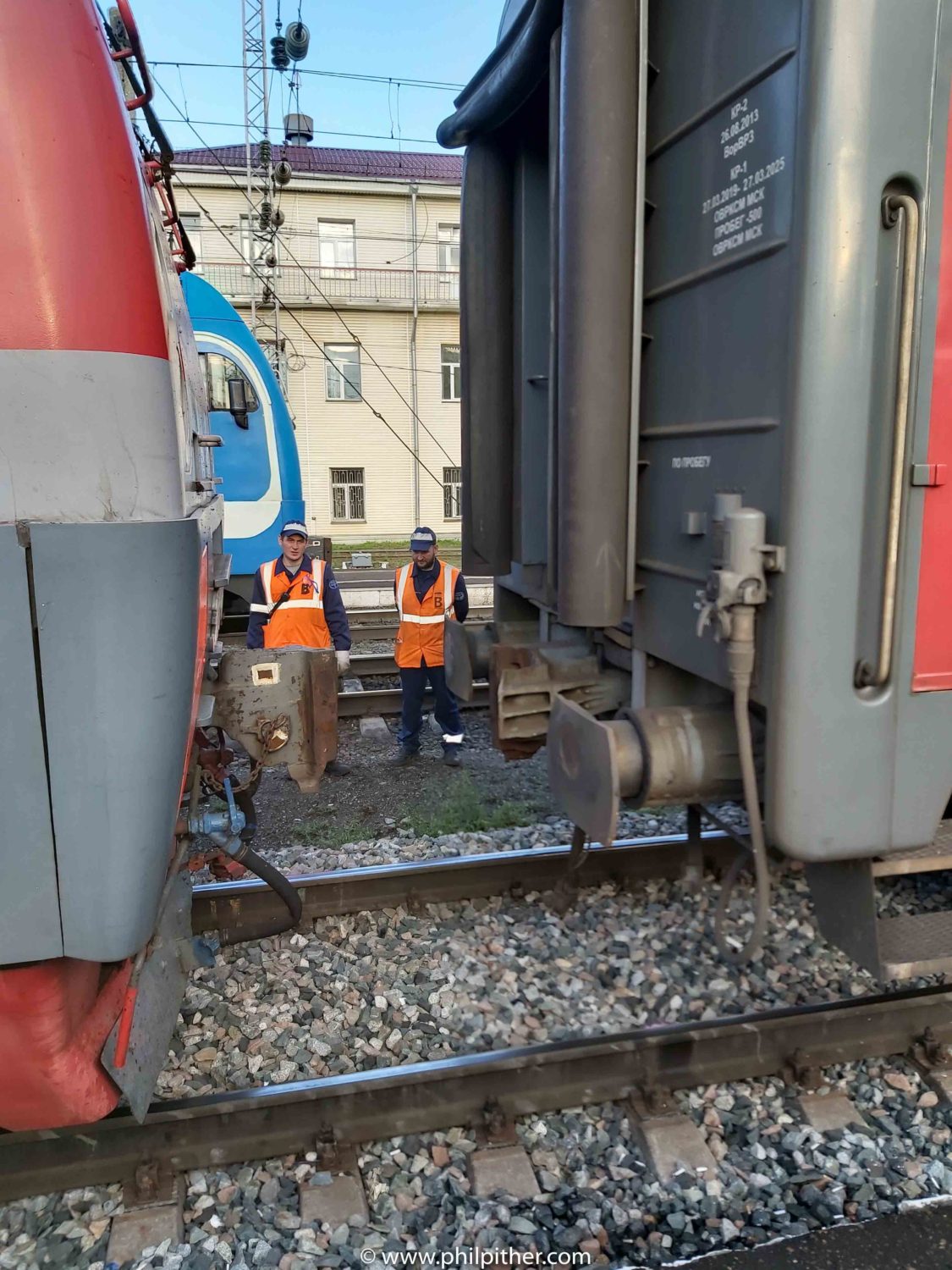


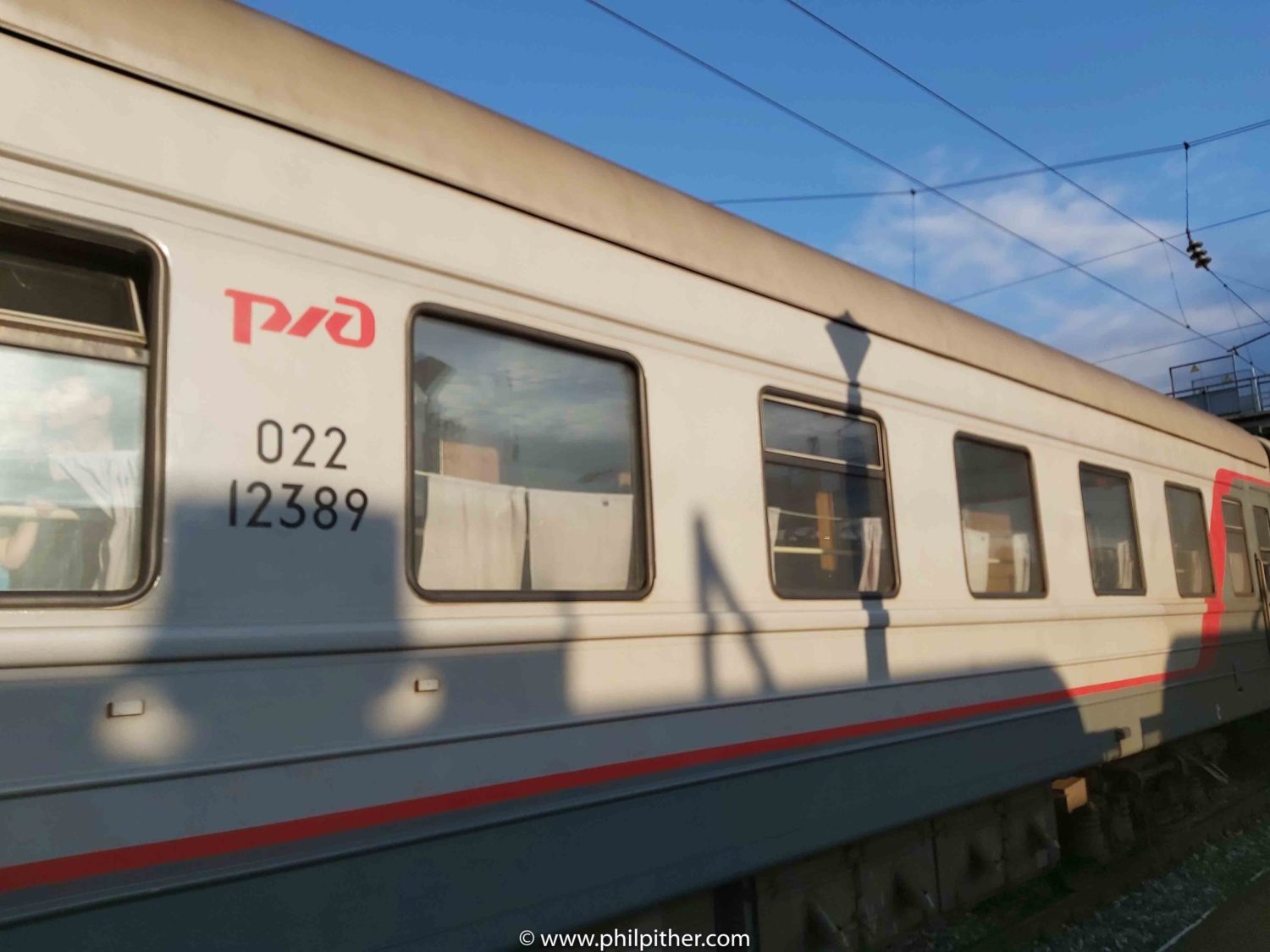


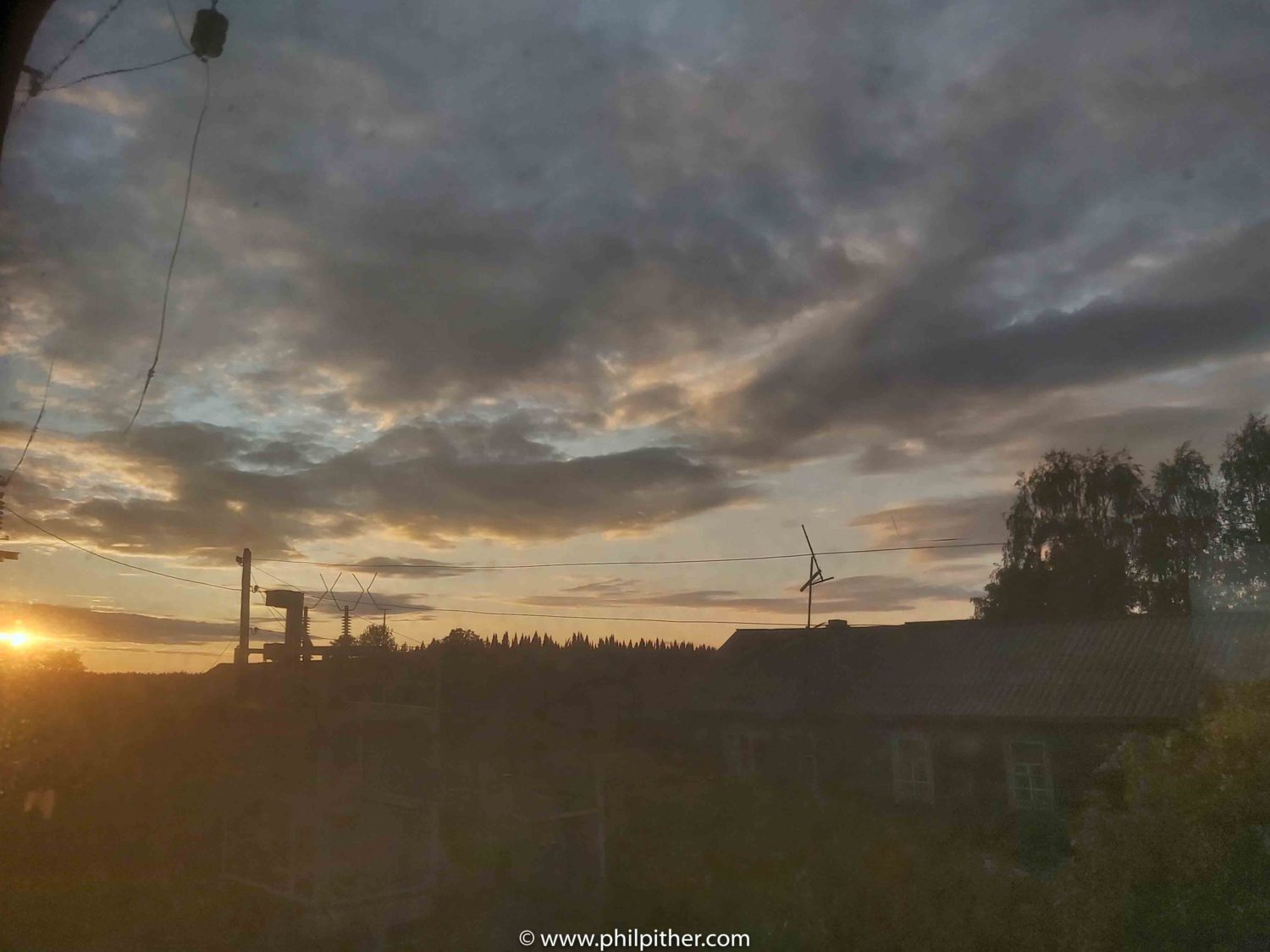


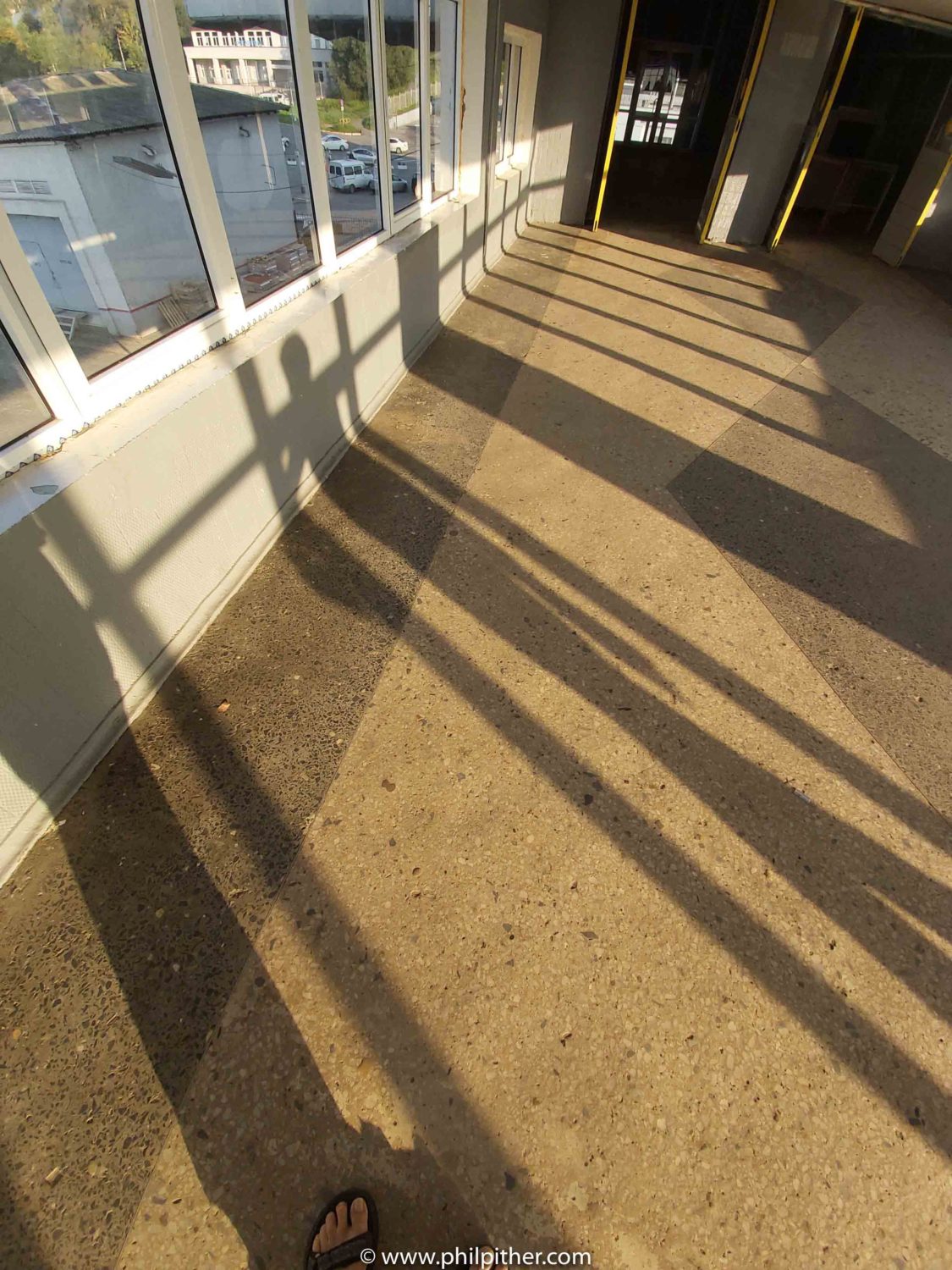


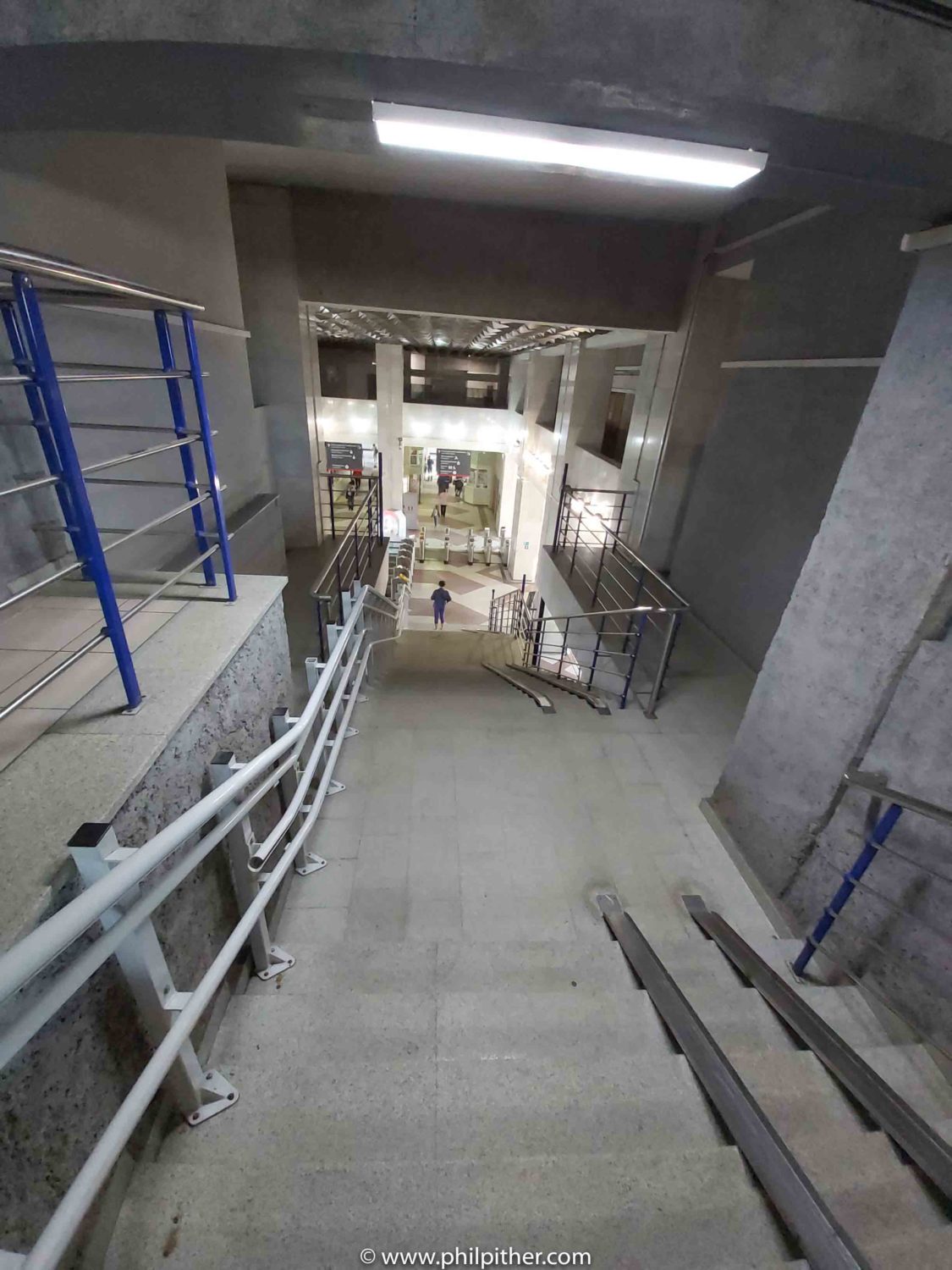


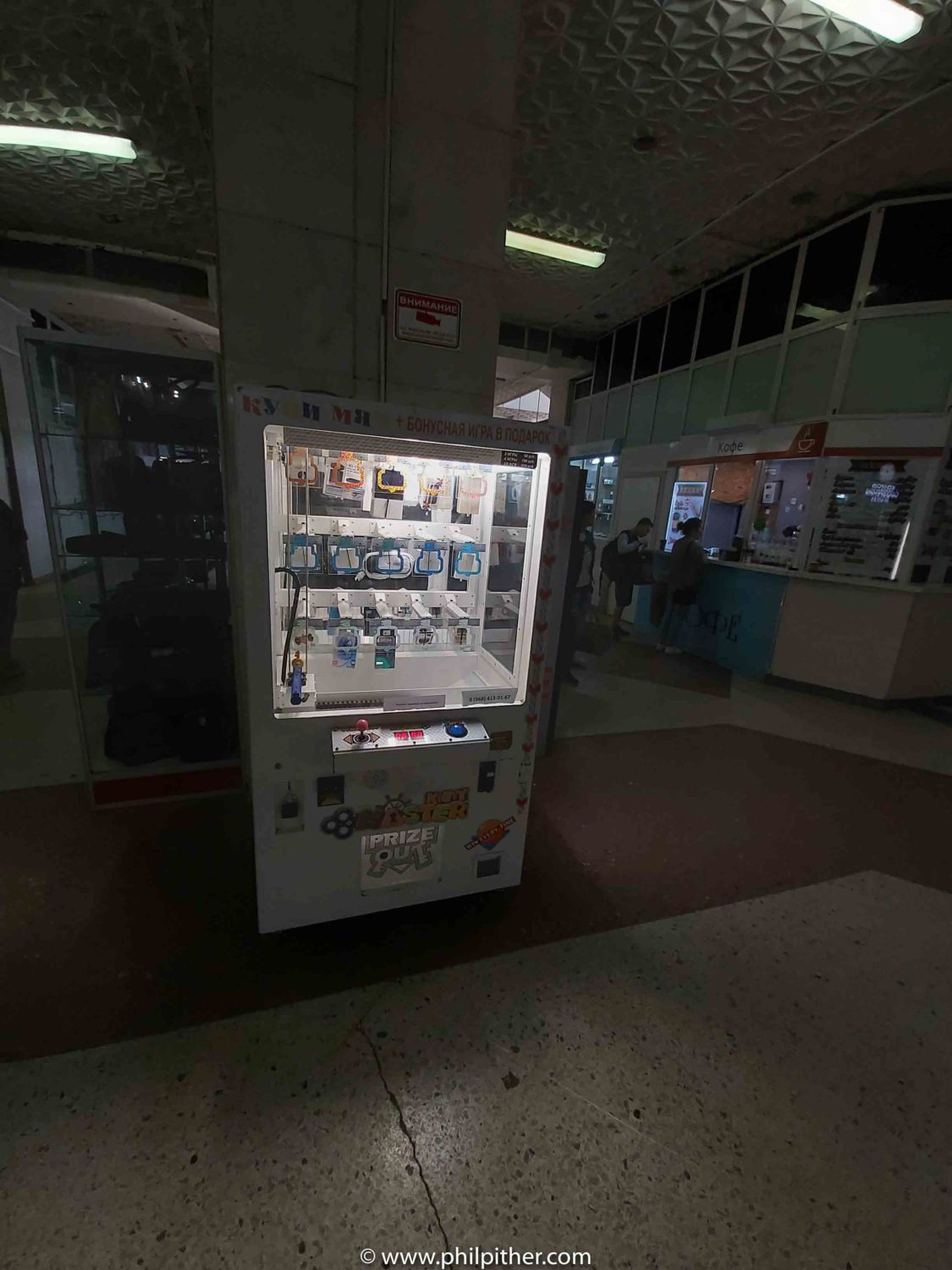


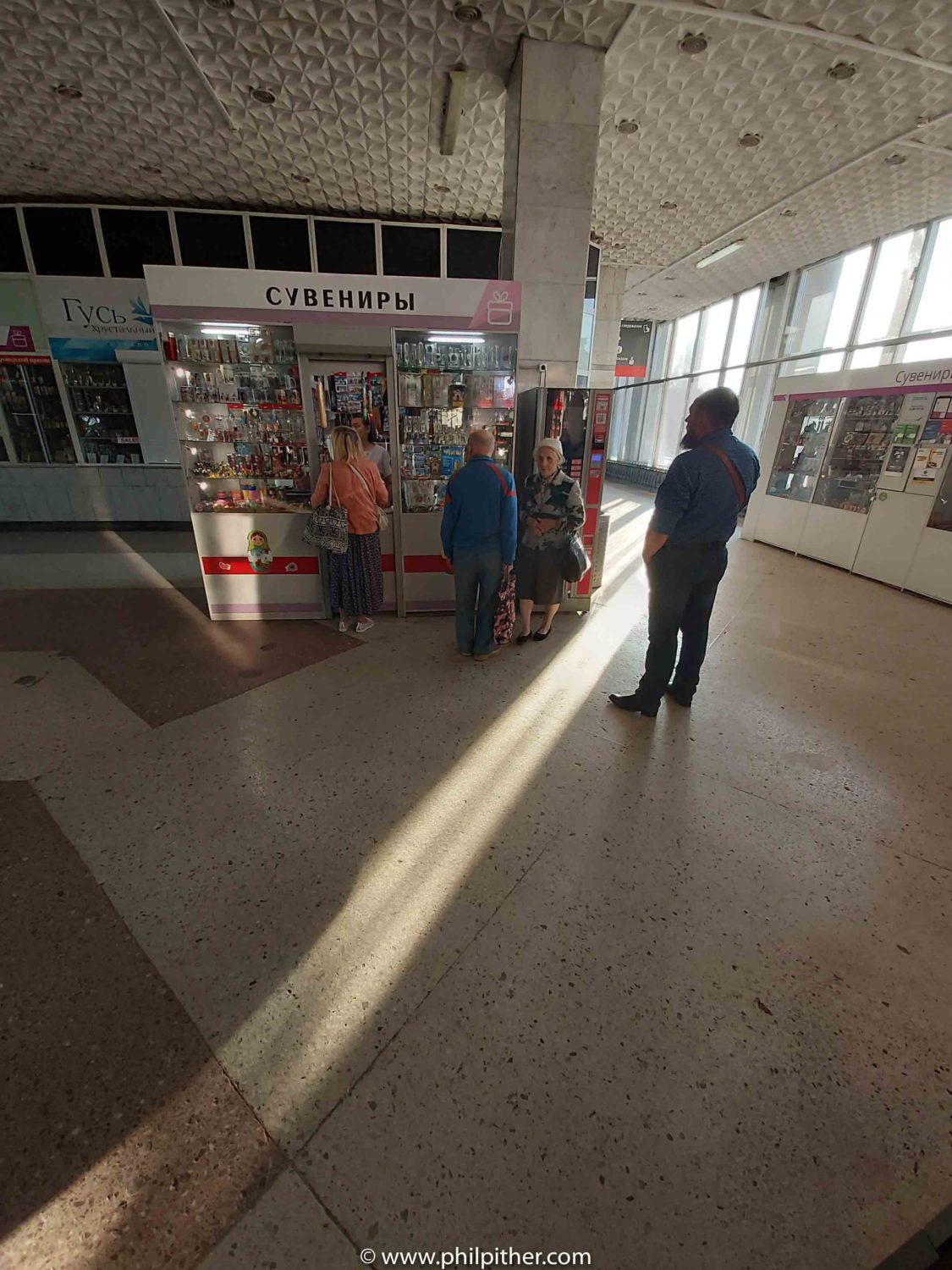


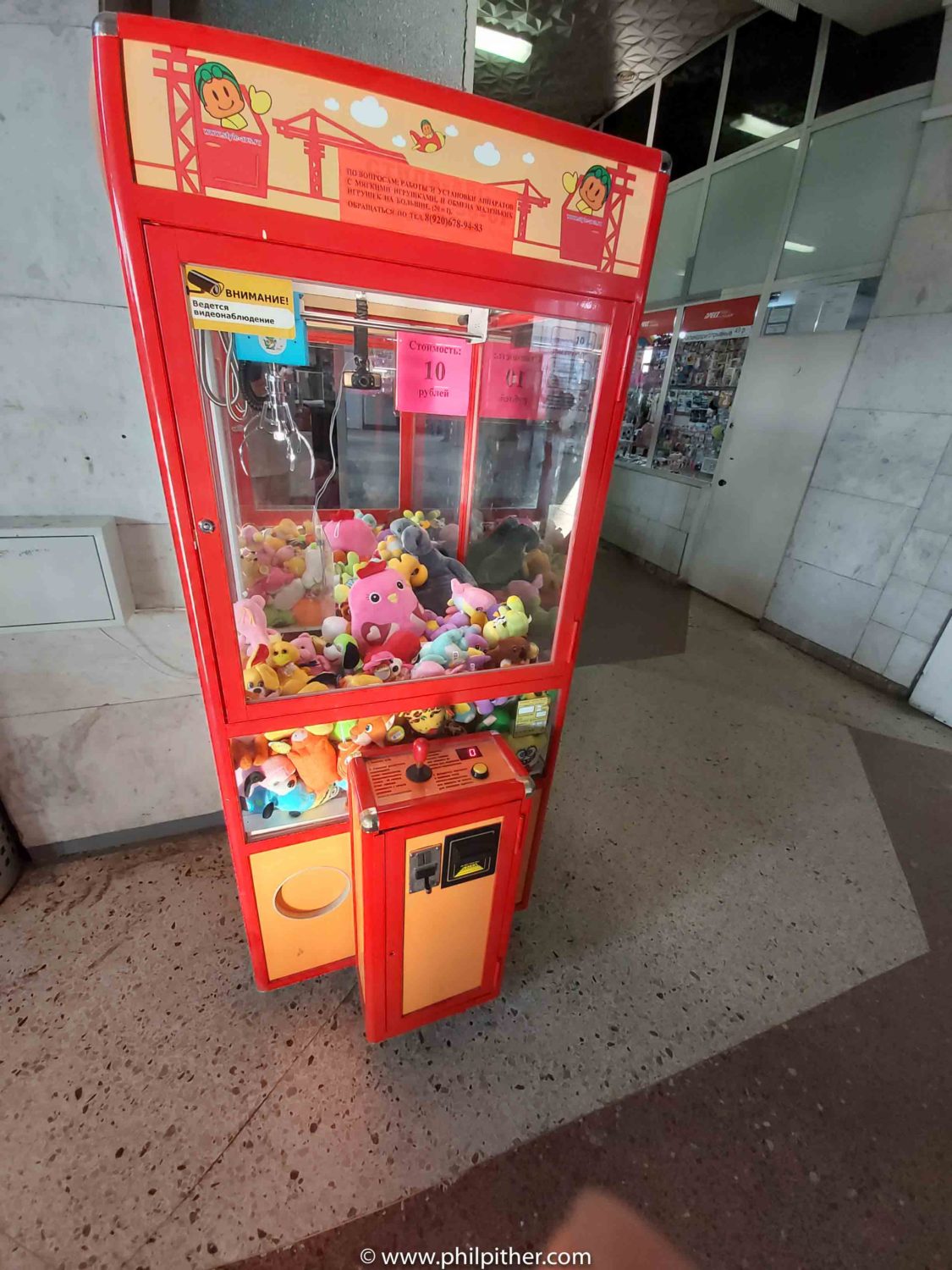


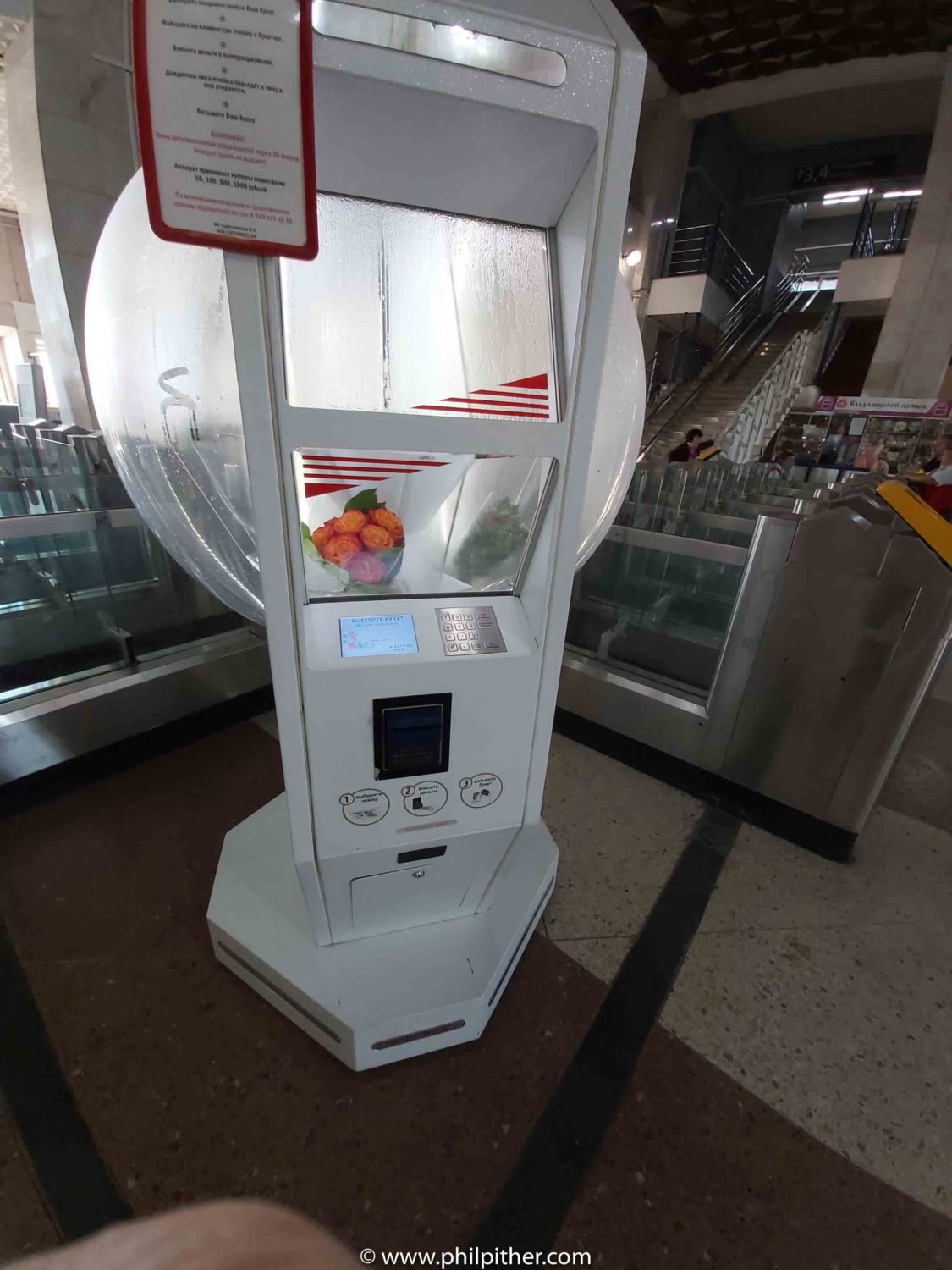


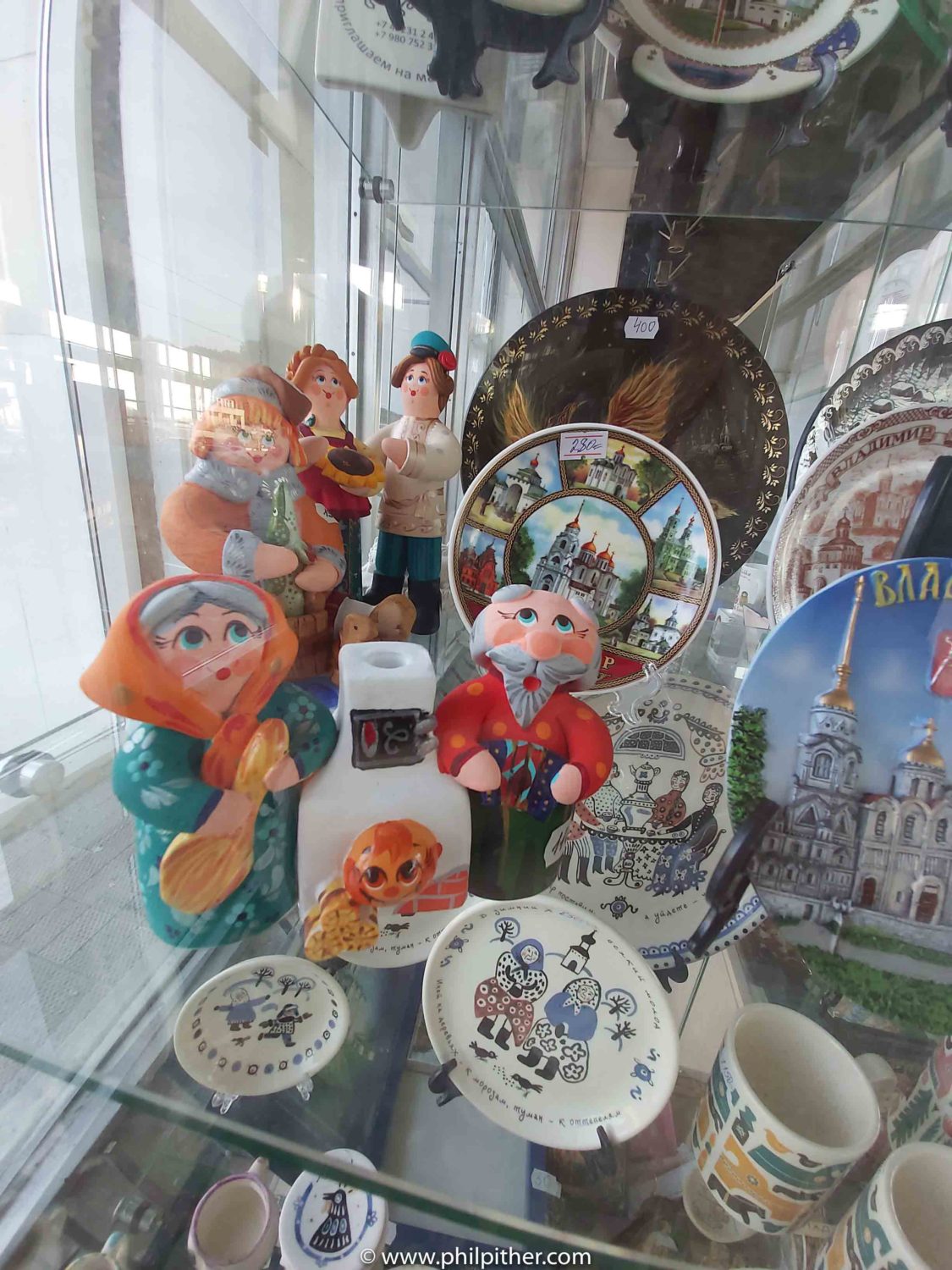


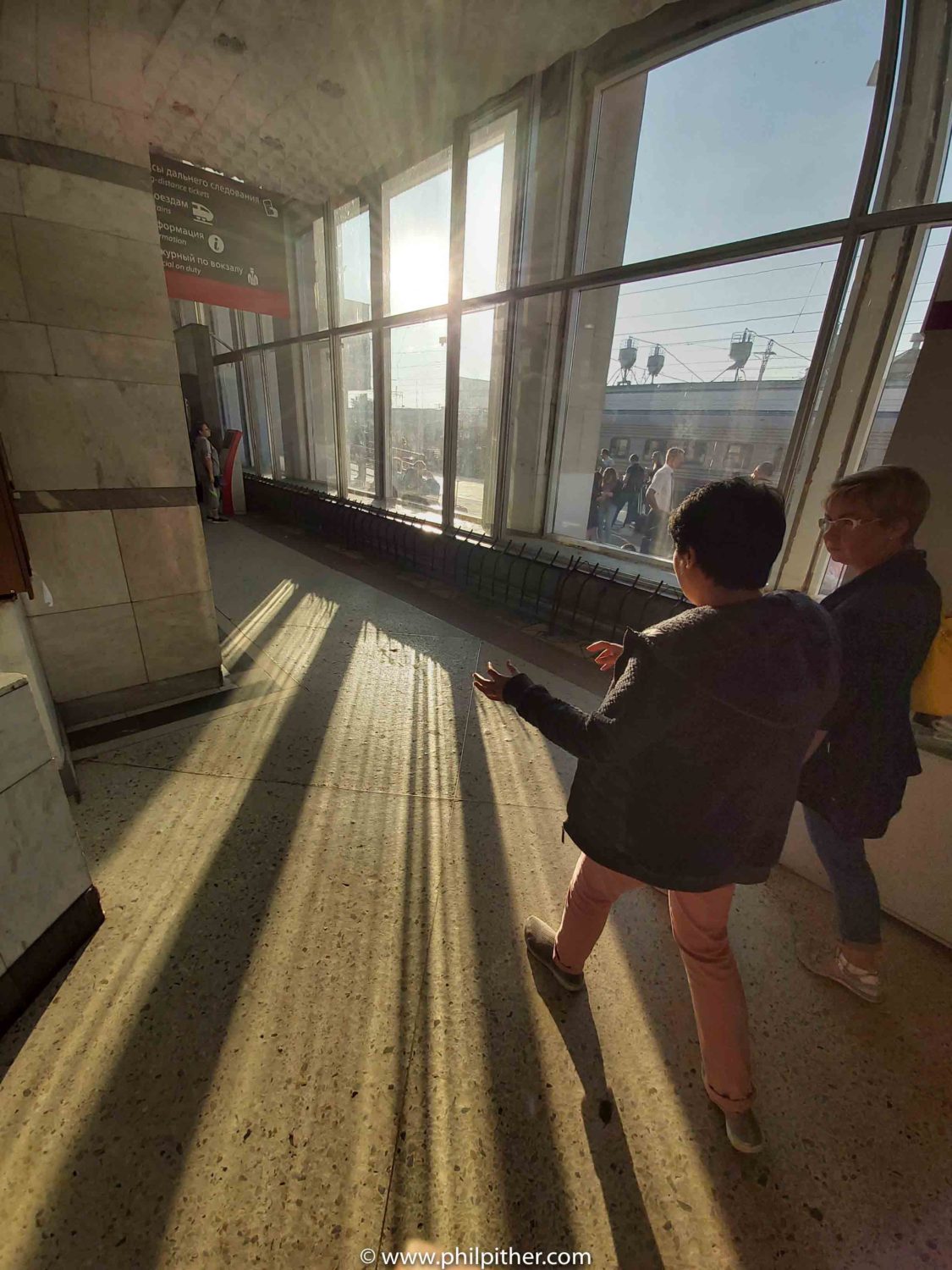


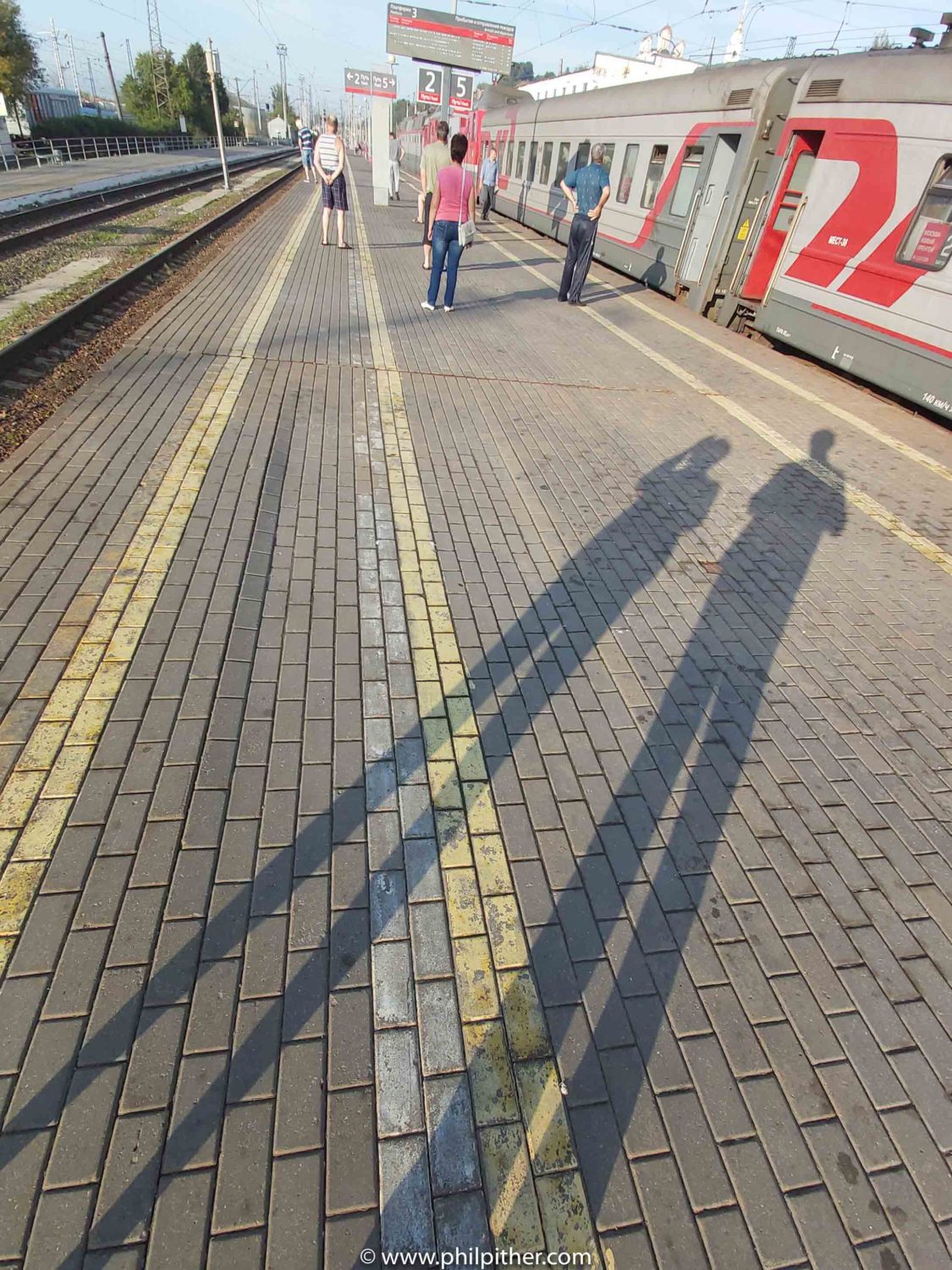


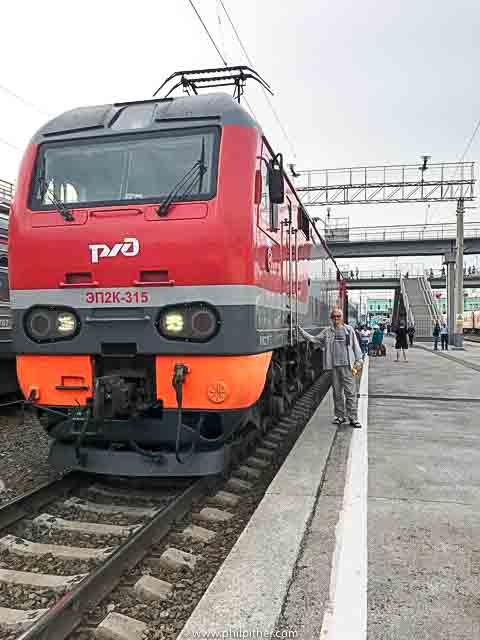


Our journey essentially followed the Trans Siberian train route but instead of the actual Trans Siberian we used local trains from Beijing to Moscow. The East-West route is busy so no issues booking a train.
If you book these directly yourself on PRD website you will save money, avoiding the numerous agents who claim to simplify the process – latter is unclear but they sure charge a lot more.
First stop in Russia was Sludyanka on Lake Baikal.
Another tip – this is typically the beginning of the circum baikal train – now don’t get the idea it goes all round the Lake, this is a small circum only. From Sludyanka to Port Baikal and then by bus/boat to Irkutsk or Listvyanka.
You have a choice here – paying a lot for the tourist train or taking the local train at a fraction of the cost. We took the latter, it has to be booked at the station which we did the day before departure. We scored a lake side window seat without any issues when boarding.
This is complicated by the fact that the various trains do not run daily so some advance checking is required(hotels can confirm). The tourist train is occasionally pulled by a steam engine – if you like soot with your sandwiches – see below.
Not one of THE tourist spots but it has it’s charms and definite character. Lifestyle harks back to earlier times and simpler pleasures from before the smartphone invasion.
It pays to carefully check the location of accommodation to ensure you are on lake side of the station, if not you have to lug bags over an overpass that crosses the rails. OK if bags are not heavy.
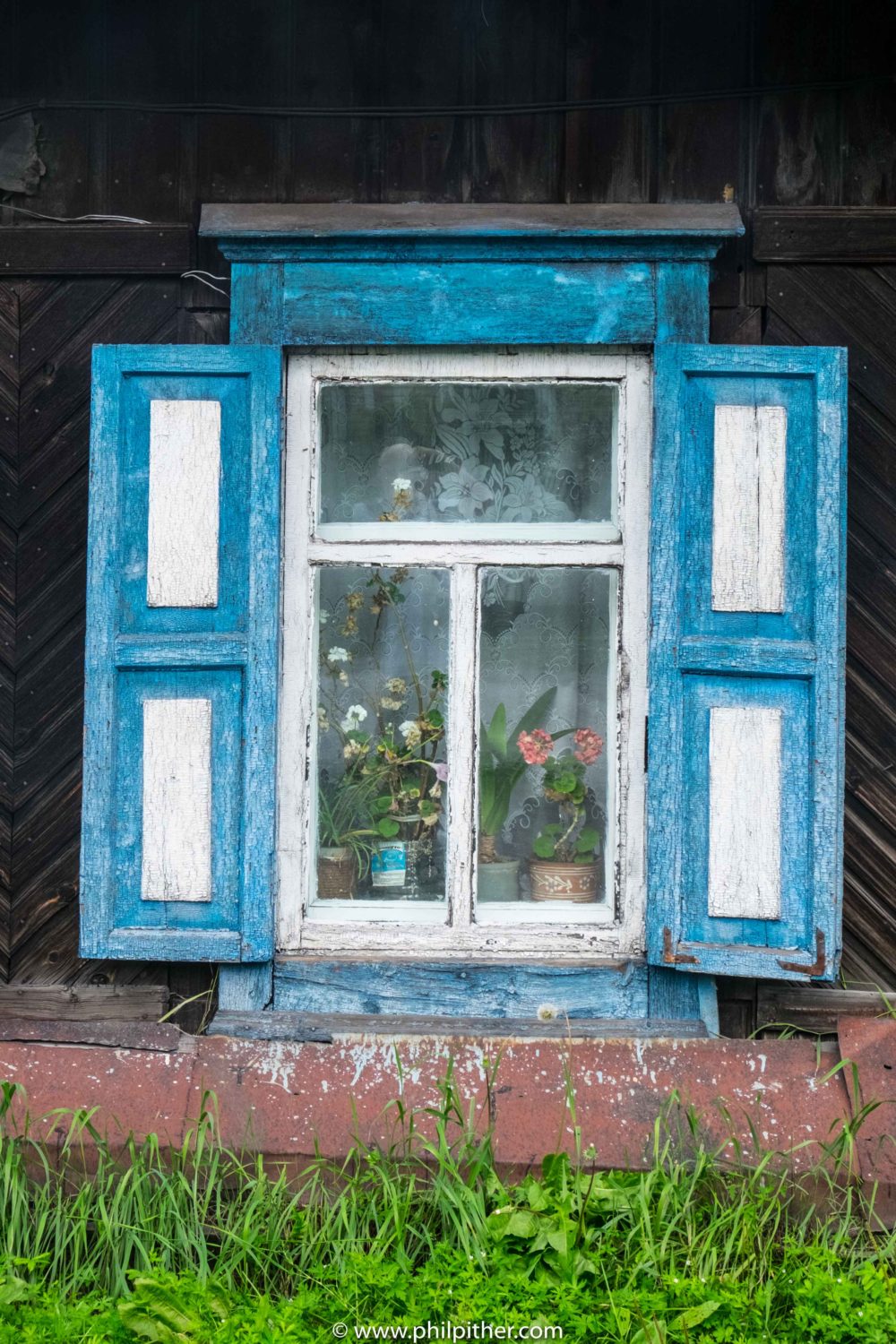


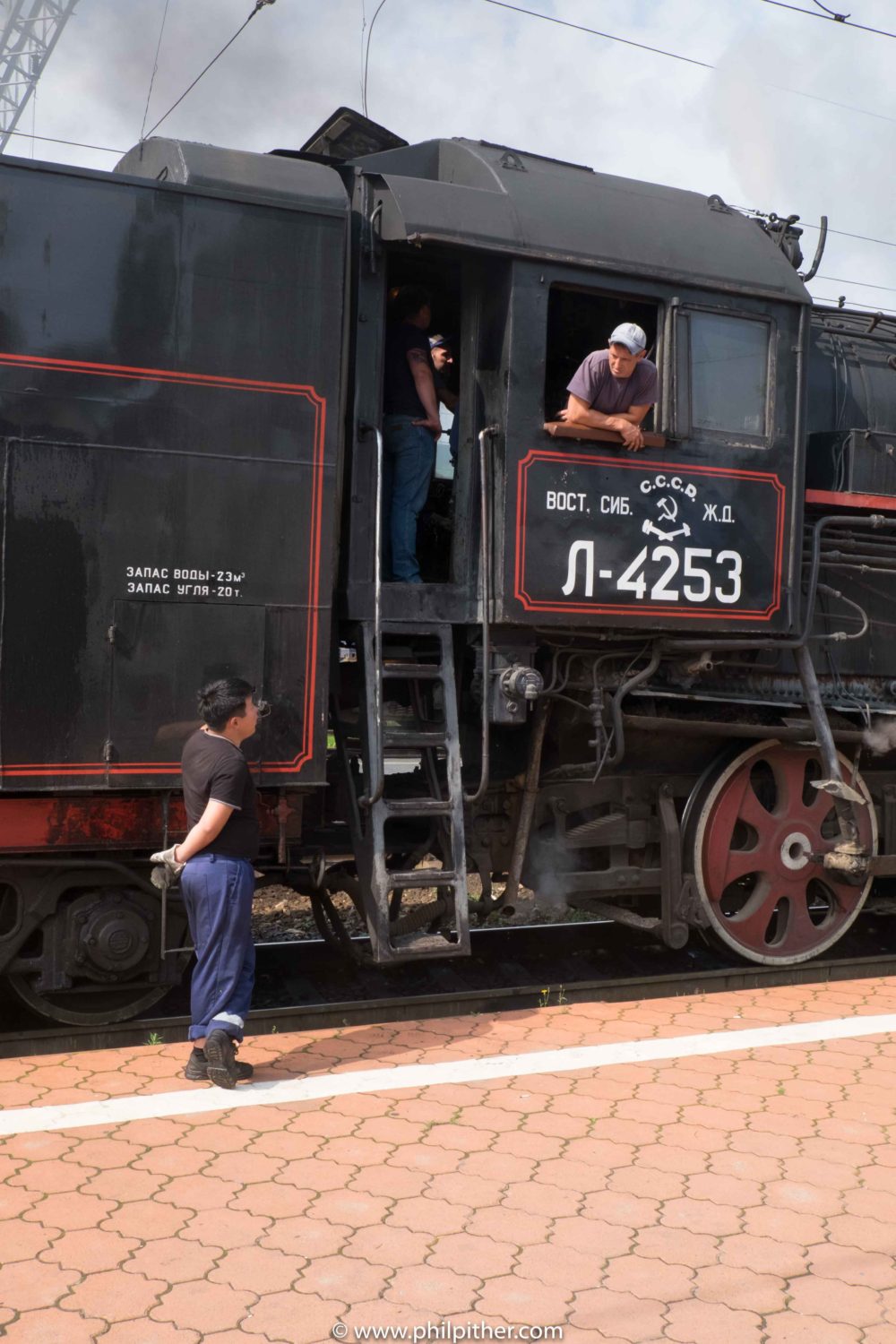


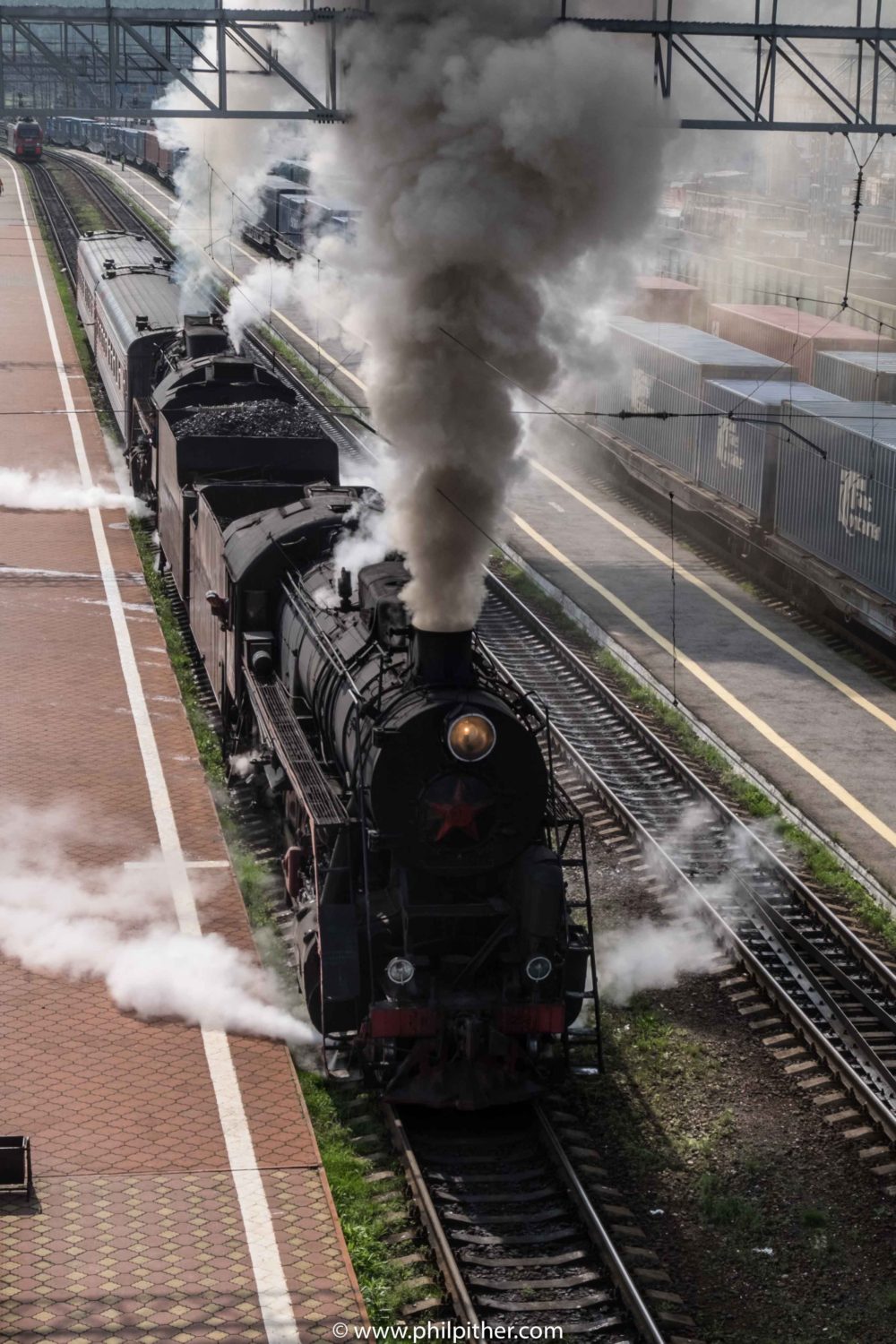


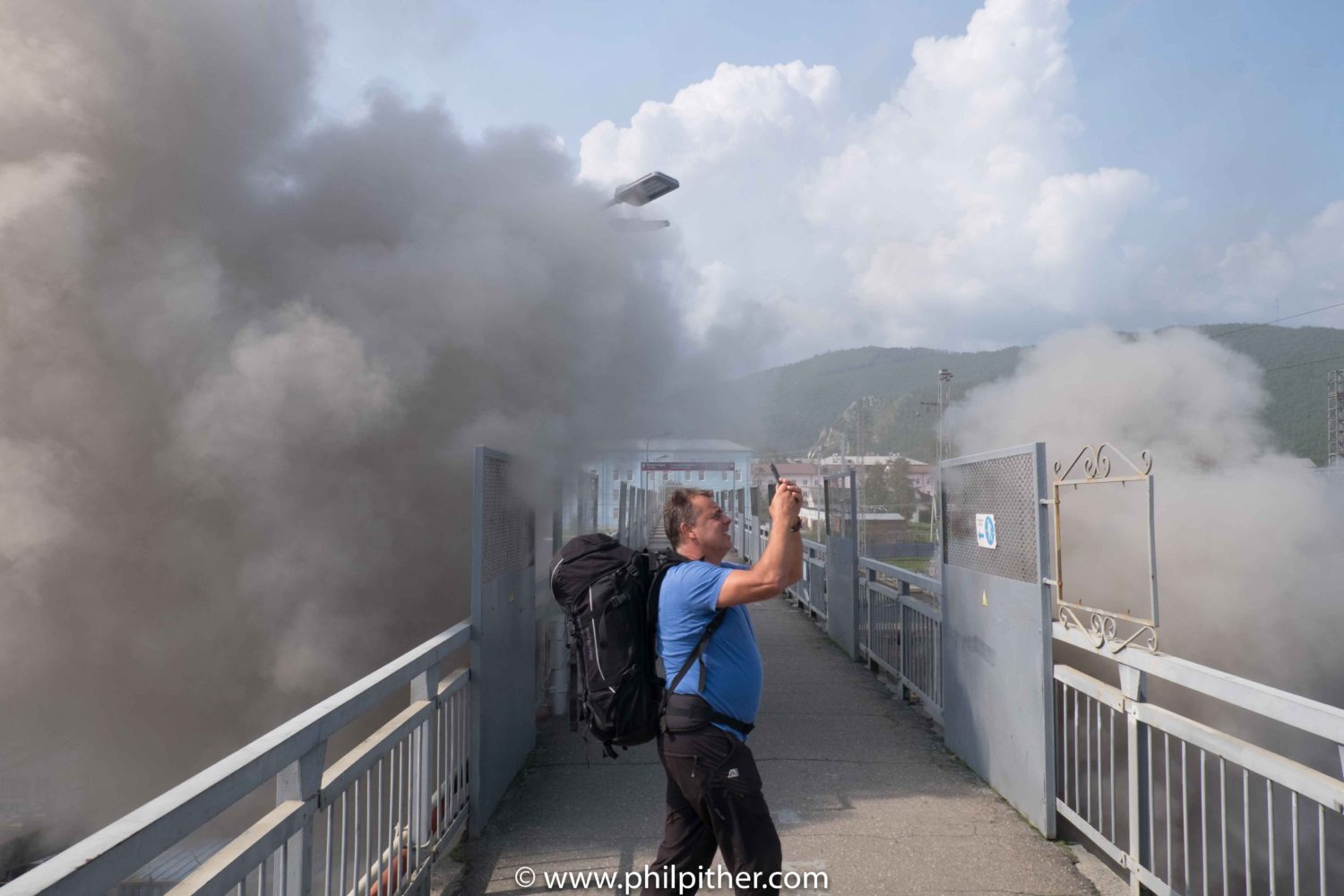


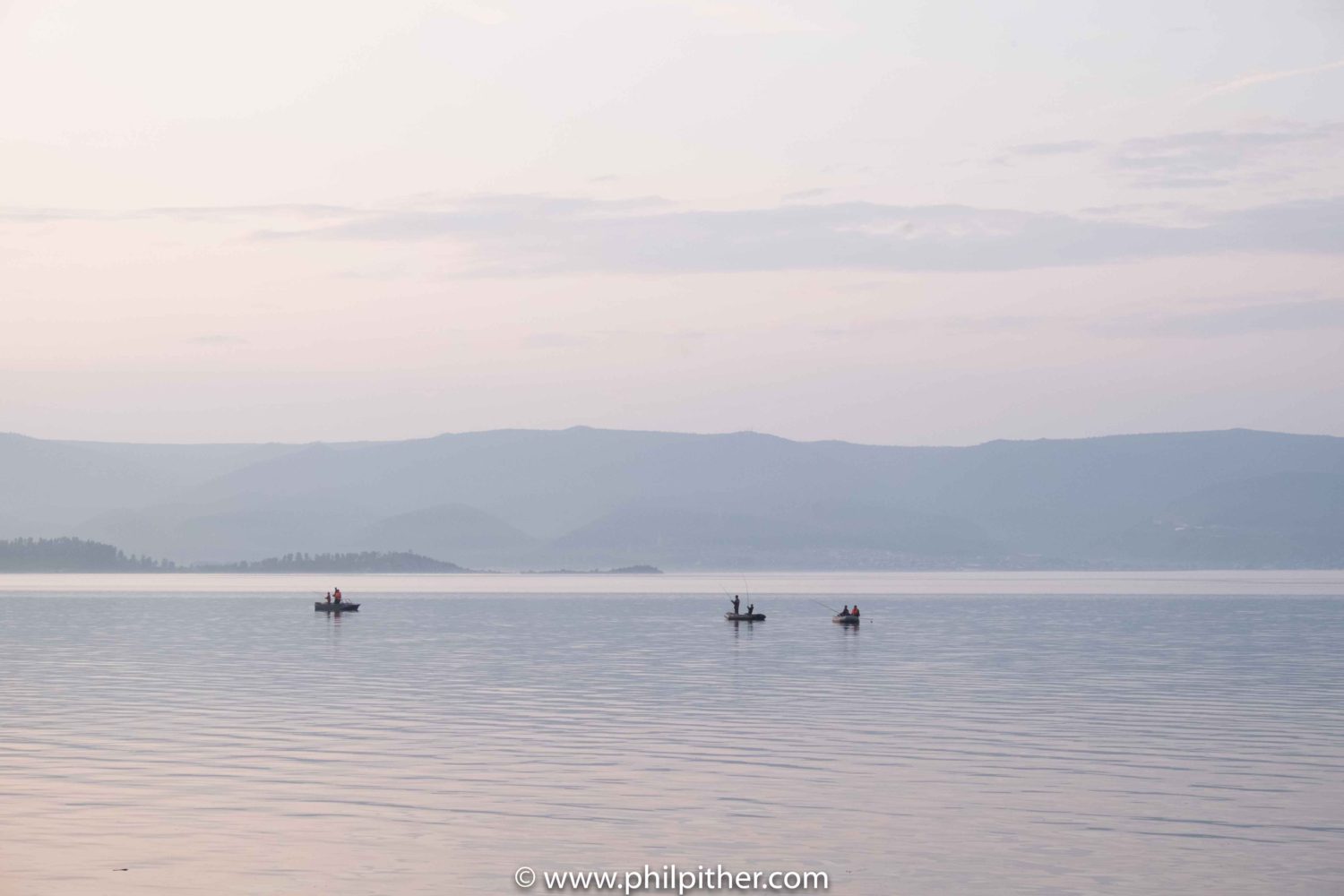


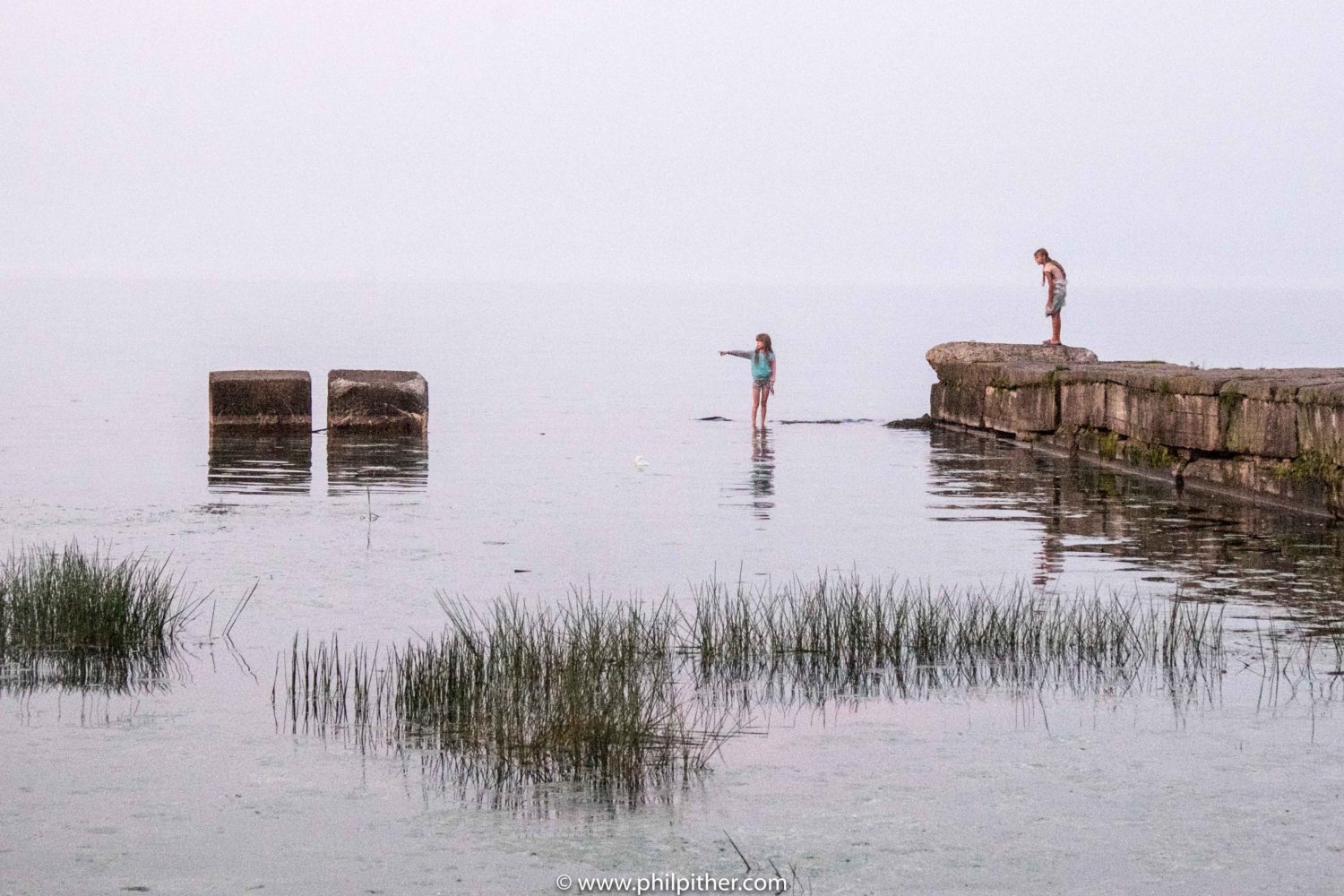


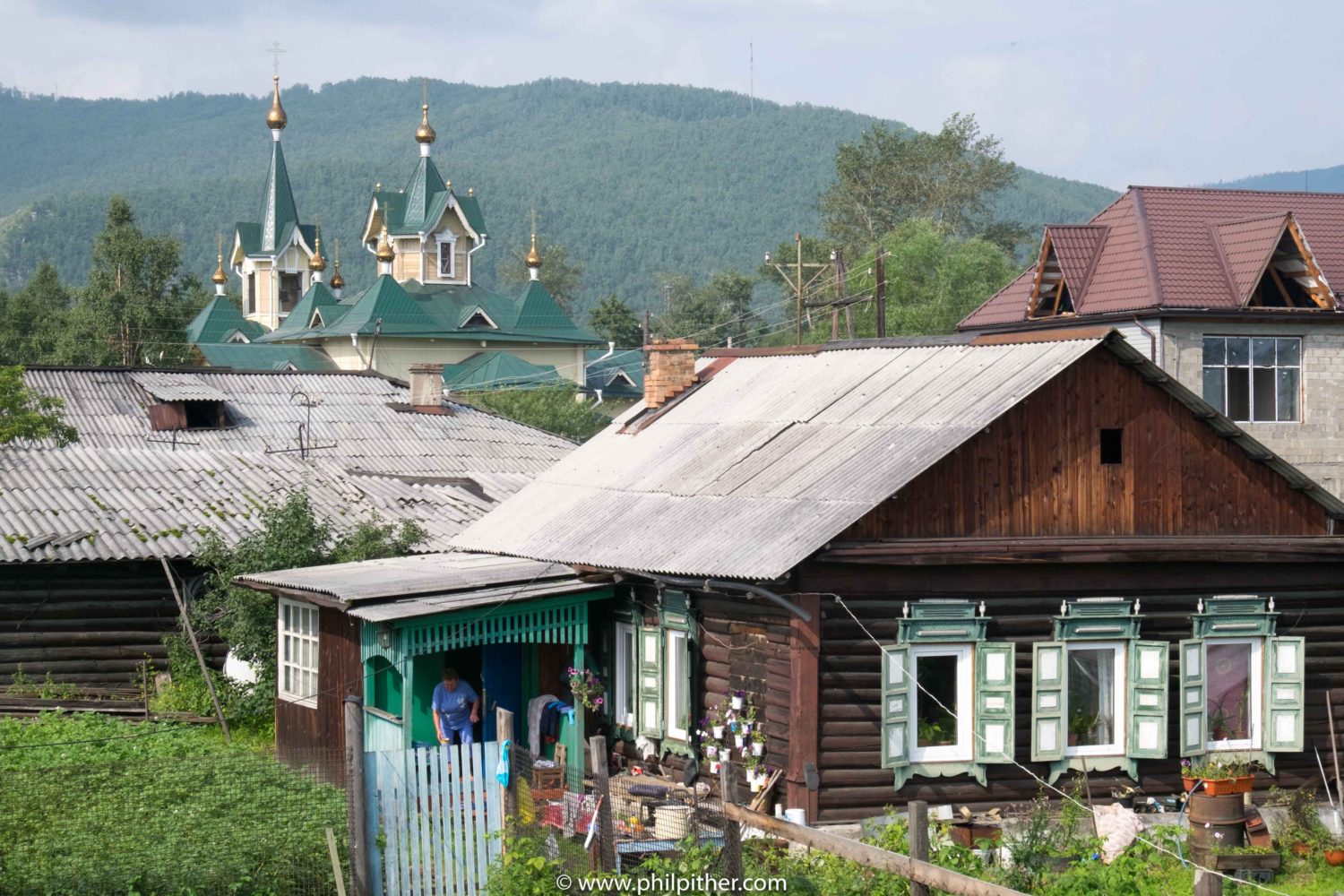


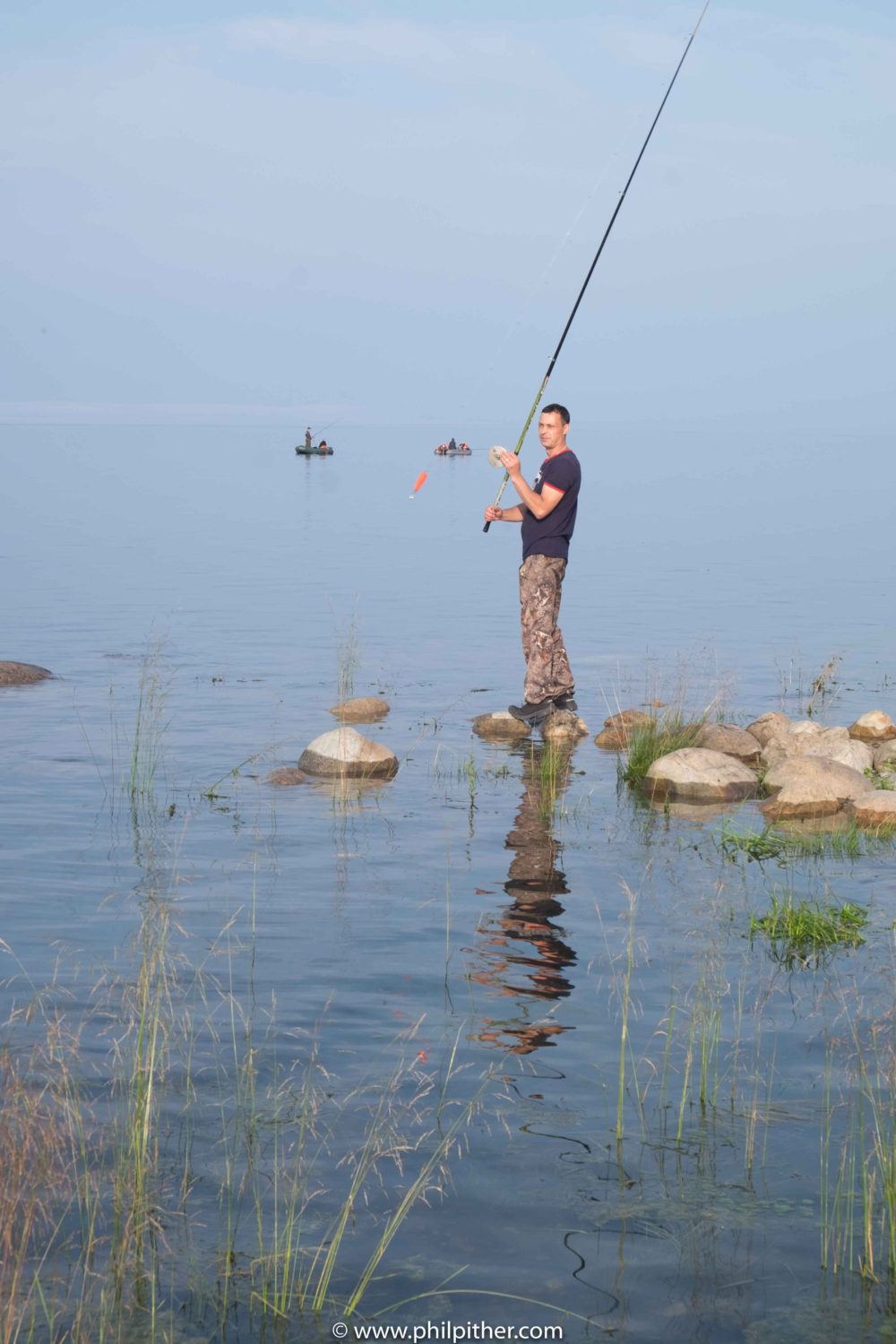


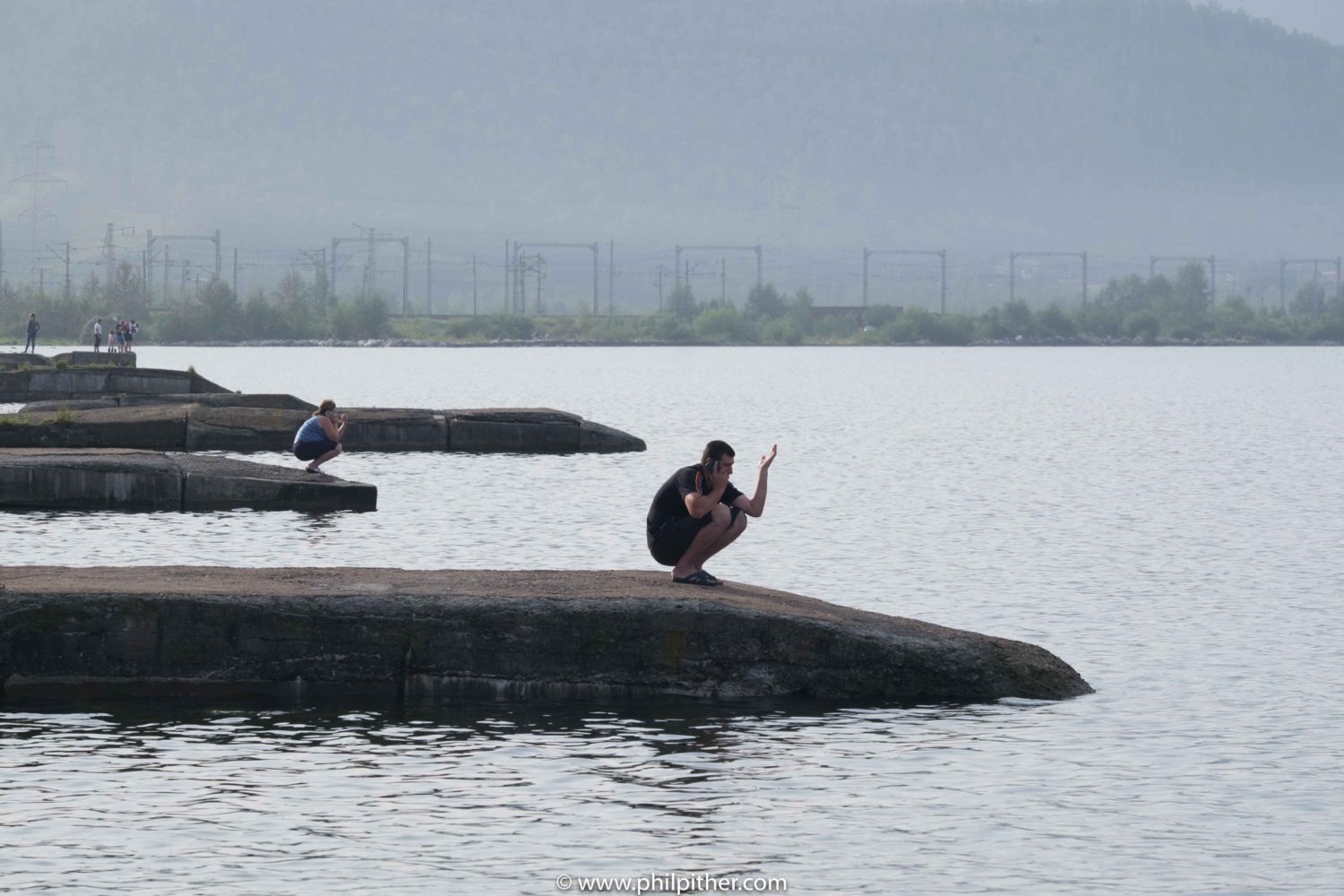


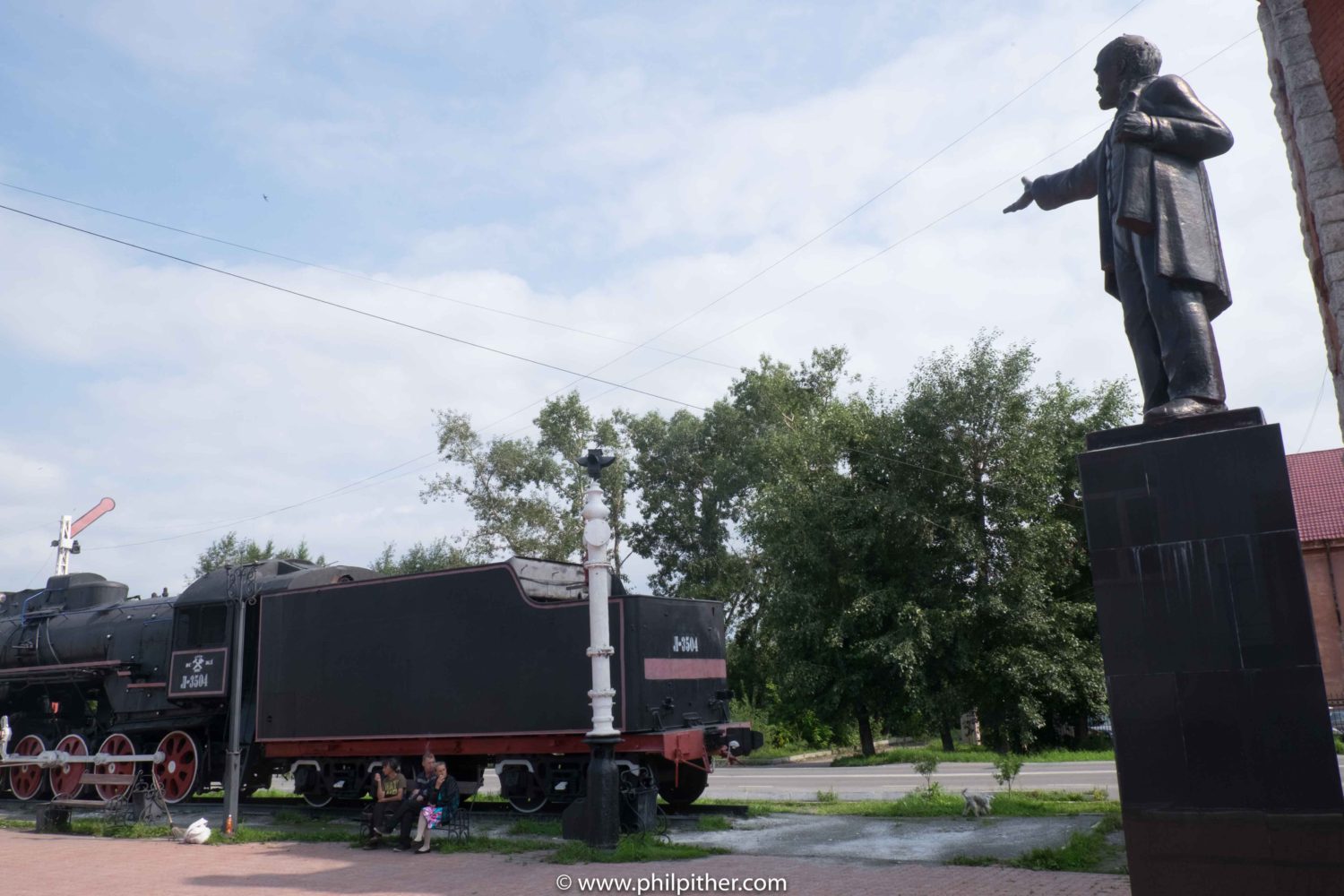


On the local train we did pass the tourist train heading in the other direction, there is more tourist guiding in Russian on the tourist train but we did not miss it.
The lake freezes in winter, a peak visitor period, leaving across lake driving or skating as the only way to travel on the surface between towns – to assist during the winter period road signs are actually installed on the ice.
When the ice is still partly frozen the only method available is by hovercraft.
We were here in the summer so no problems.
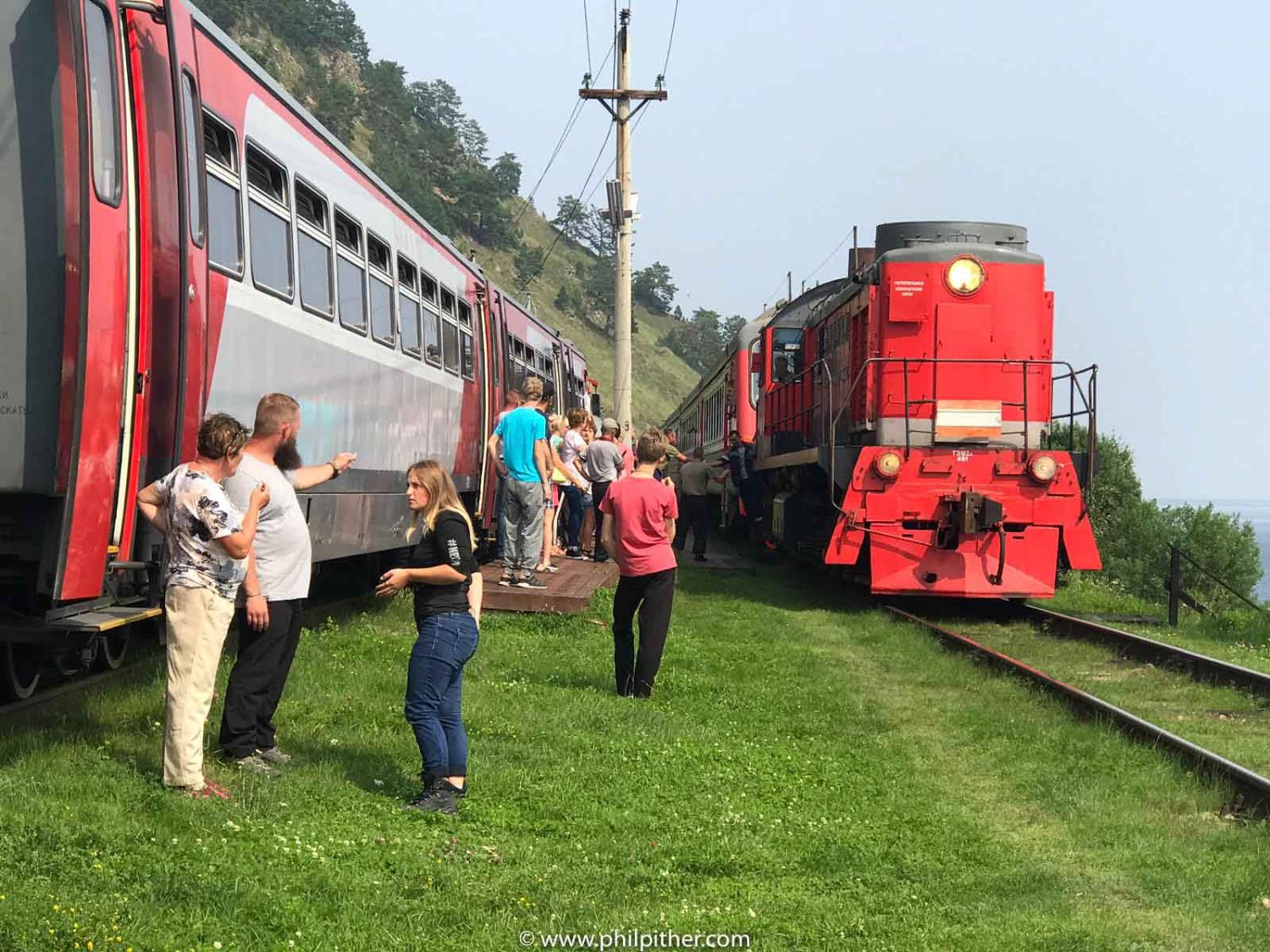


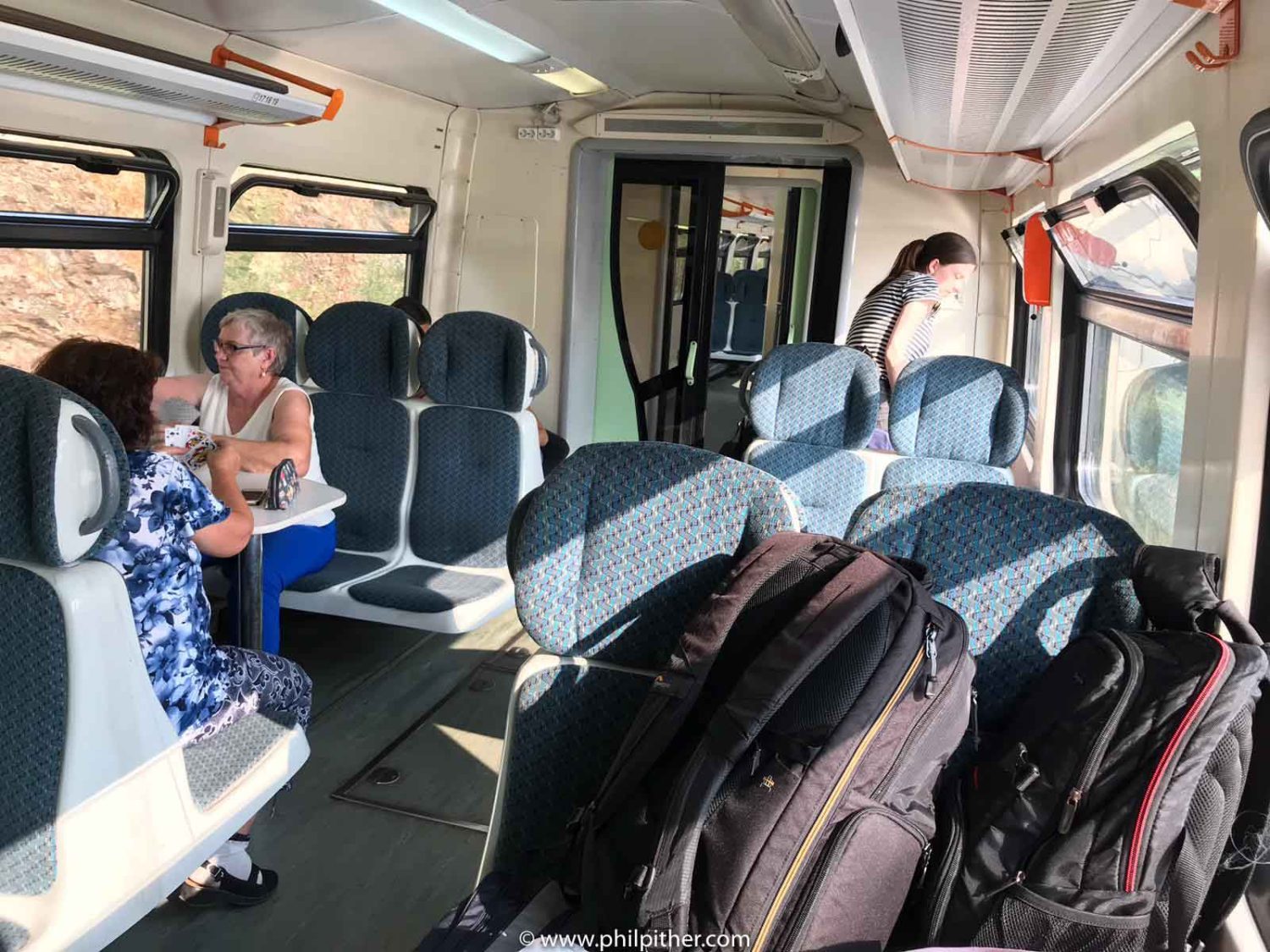


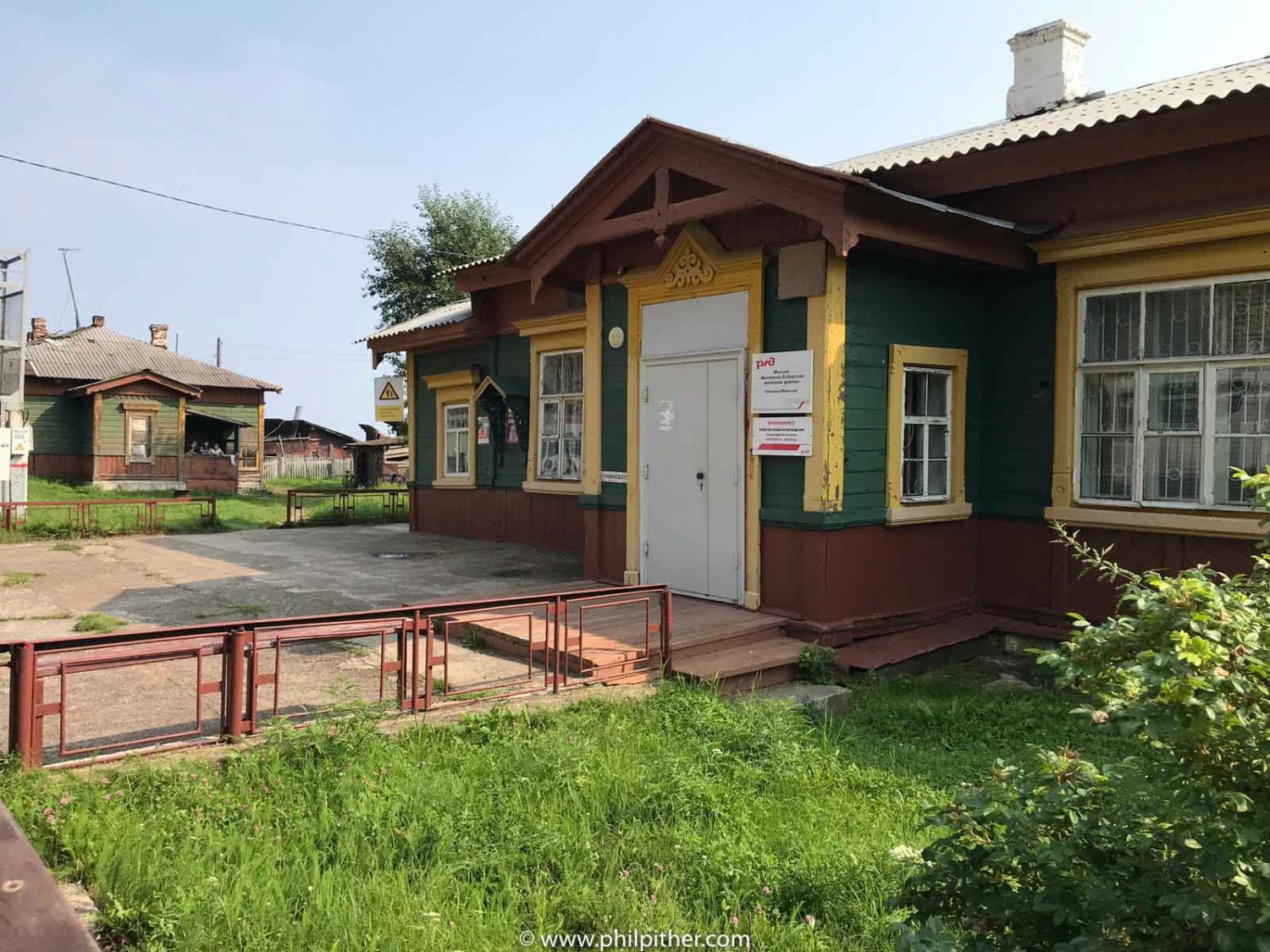


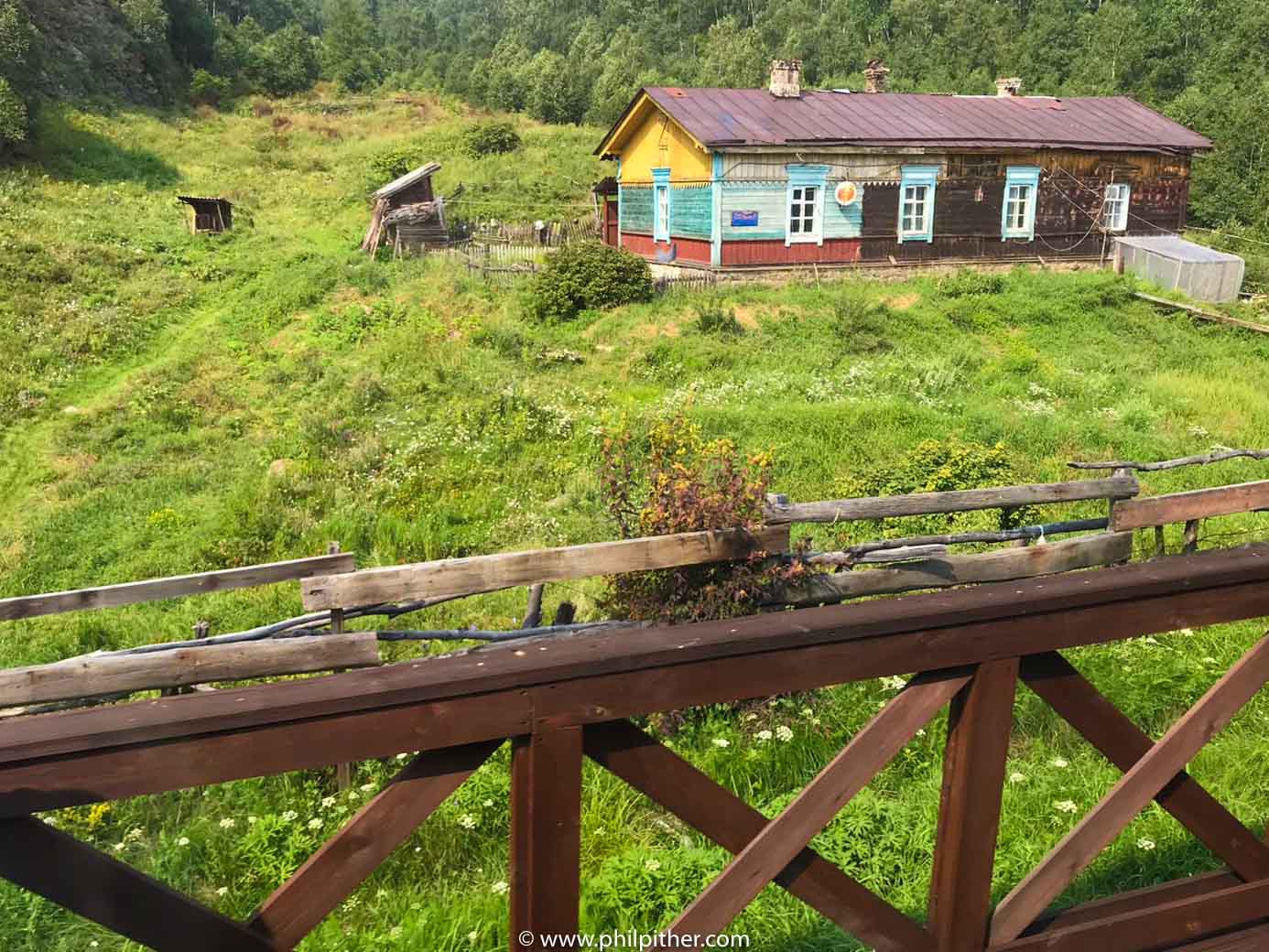


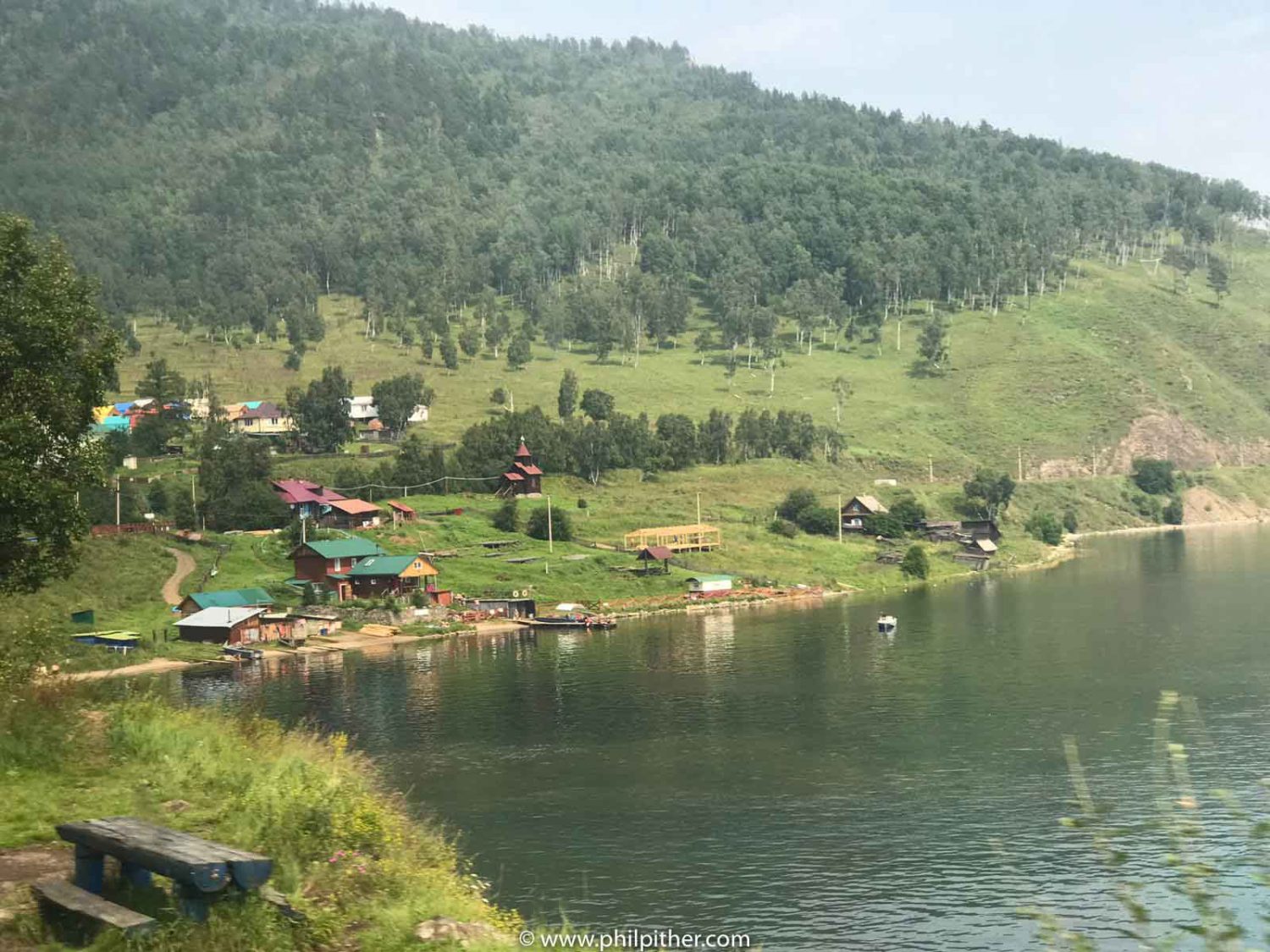


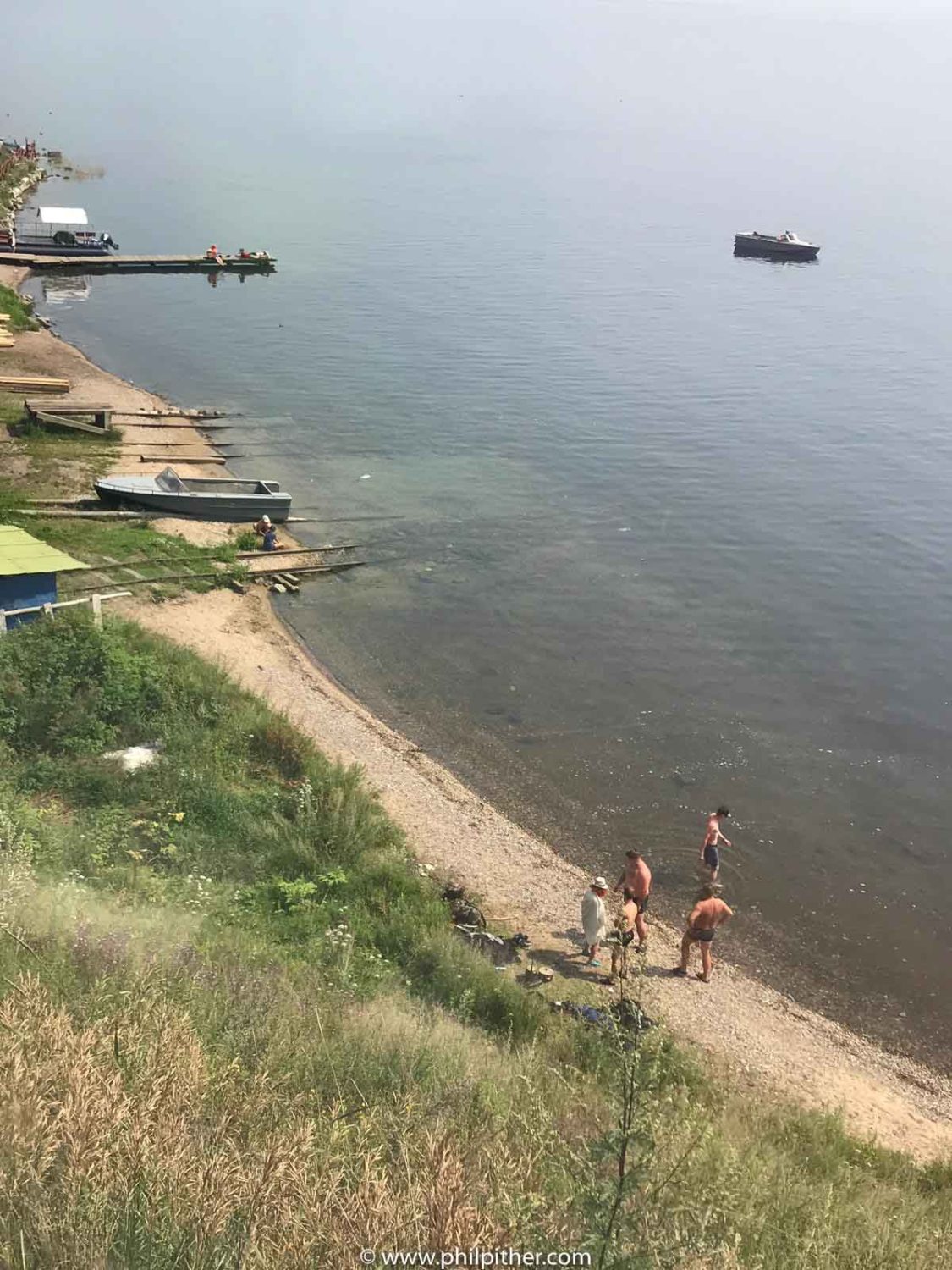


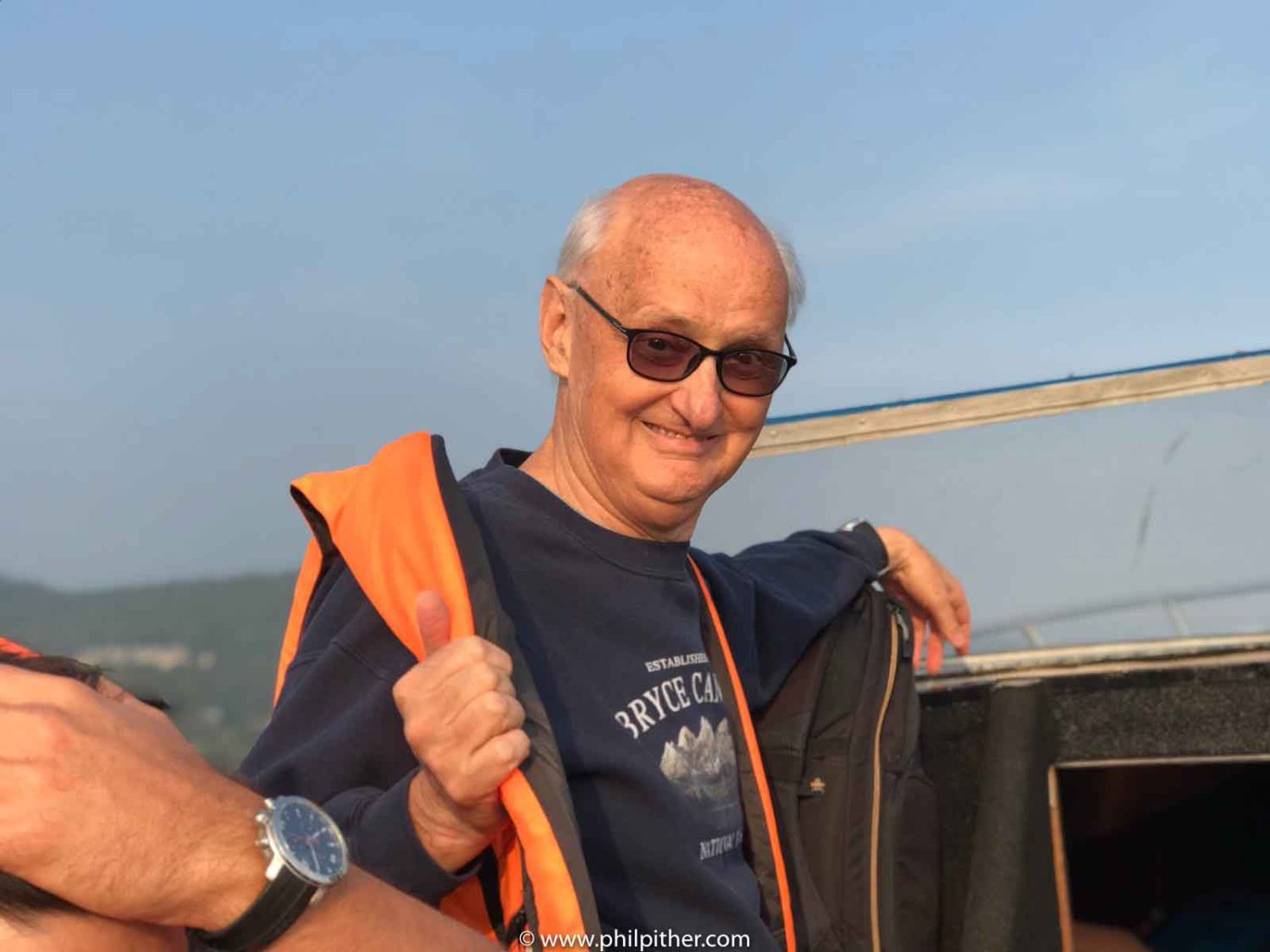


After the train and the speedboat across the lake we enjoyed a stay in Listvyanka before catching bus to Irkutsk.
This is Siberia and not a high end tourist location. Just Russians enjoying time on Lake Baikal with a few Chinese tourists thrown in. Russians, however, have a lingering concern that China may eventually try to take Lake Baikal for themselves.
The lake is formed by a rift in the earth surface which is still moving – result is many earthquakes per year. If you are on the ice and a little unlucky an earthquake may fracture the ice you are on and send you to the bottom, up to 1,600 metres down, along with any vehicles.
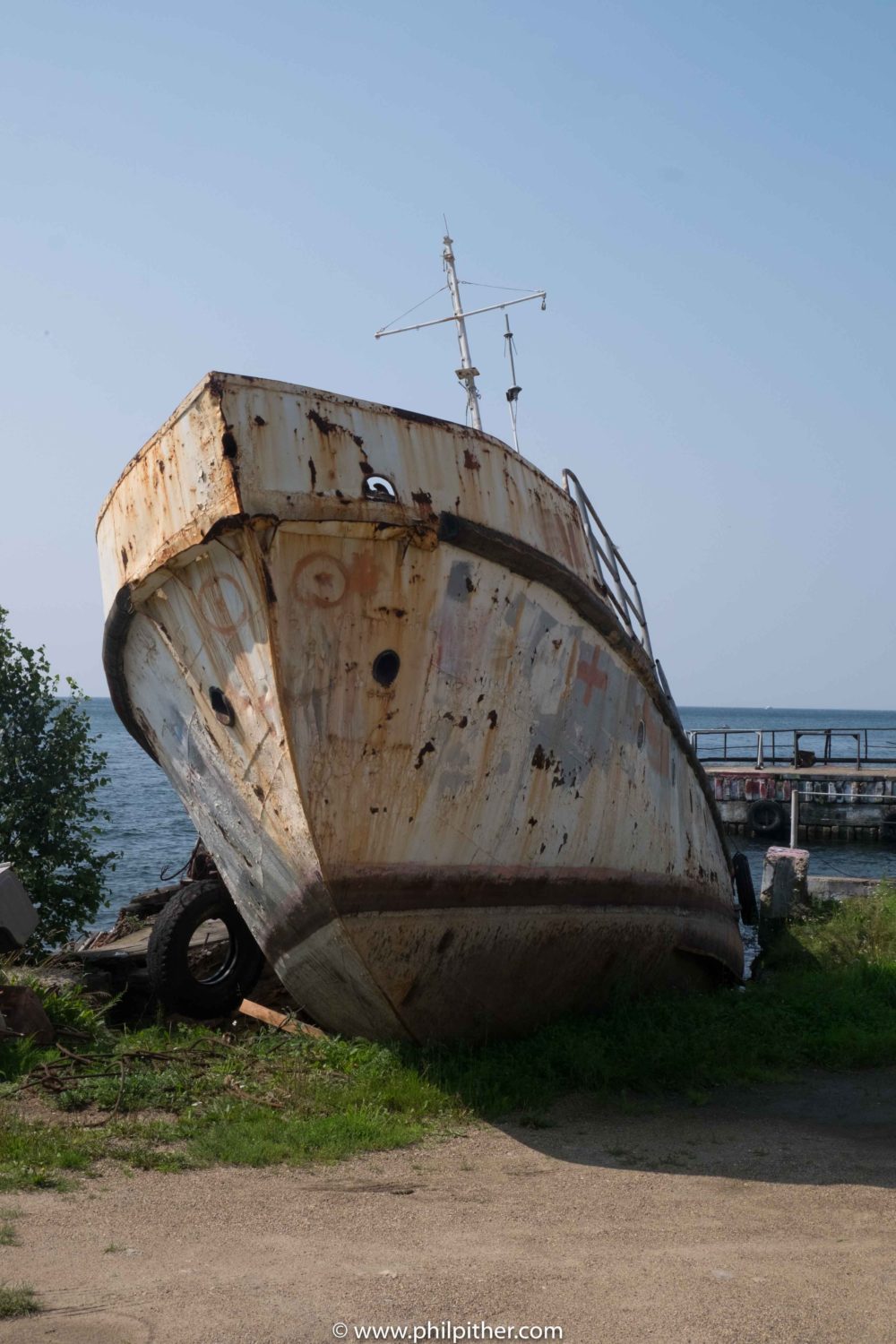


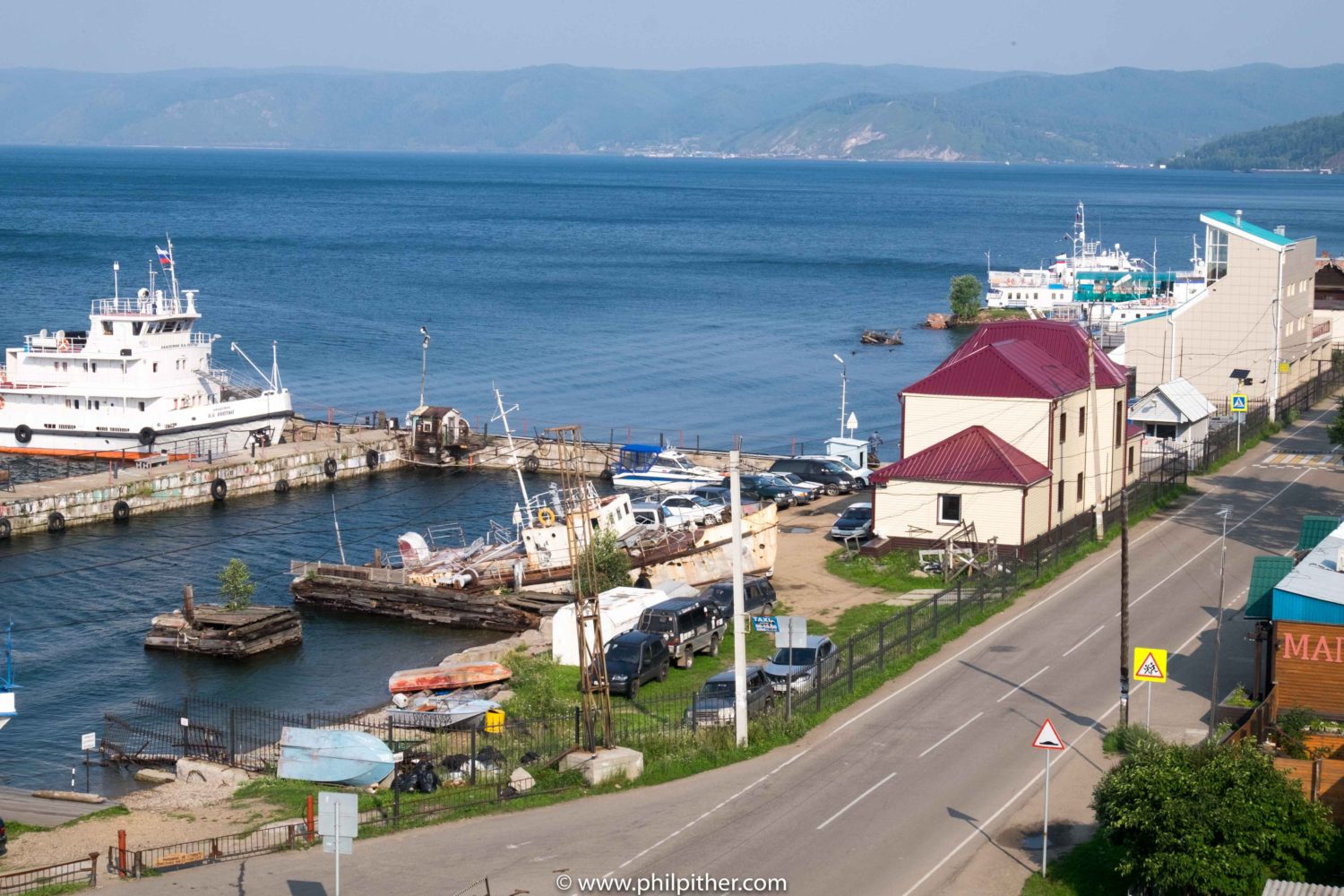


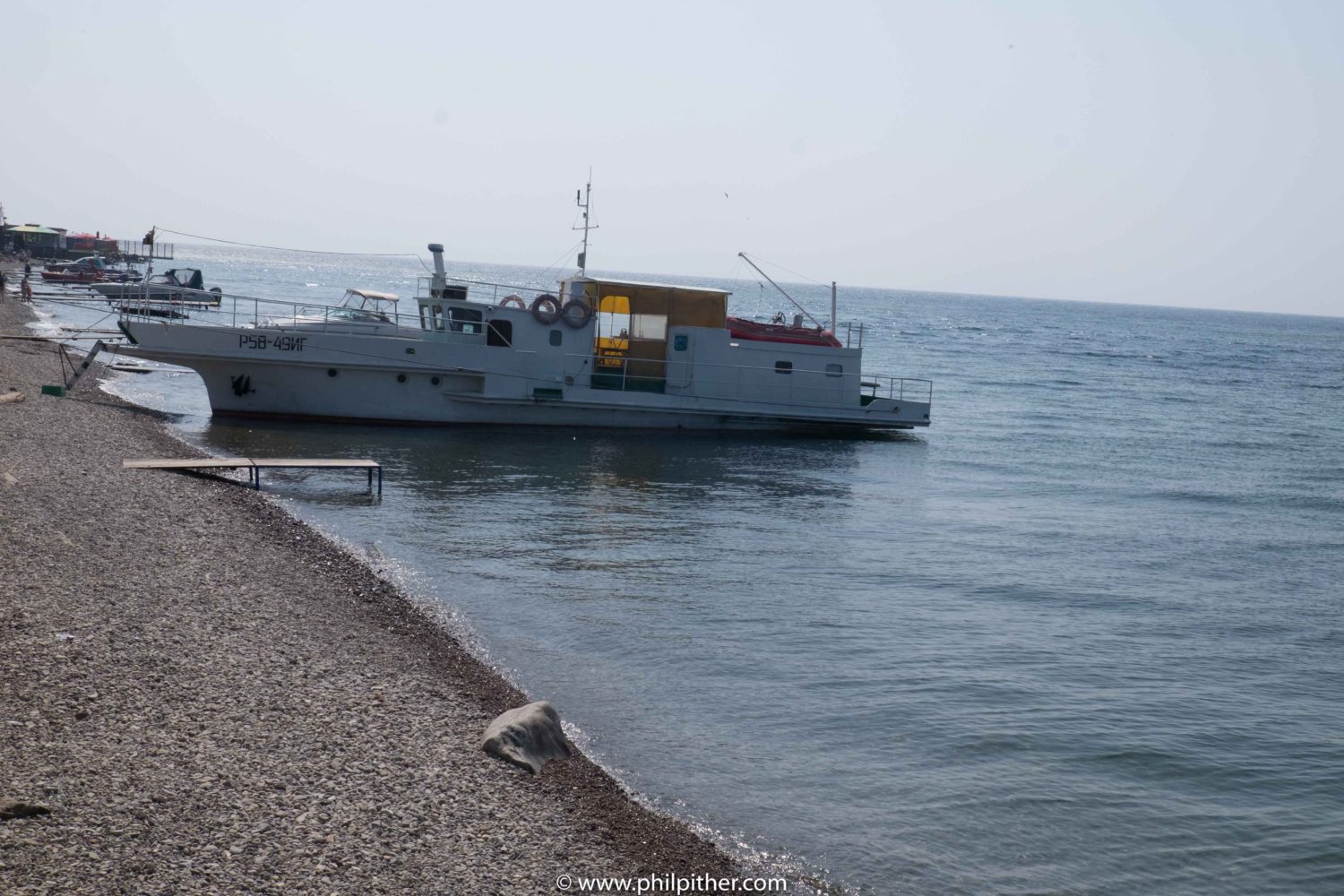


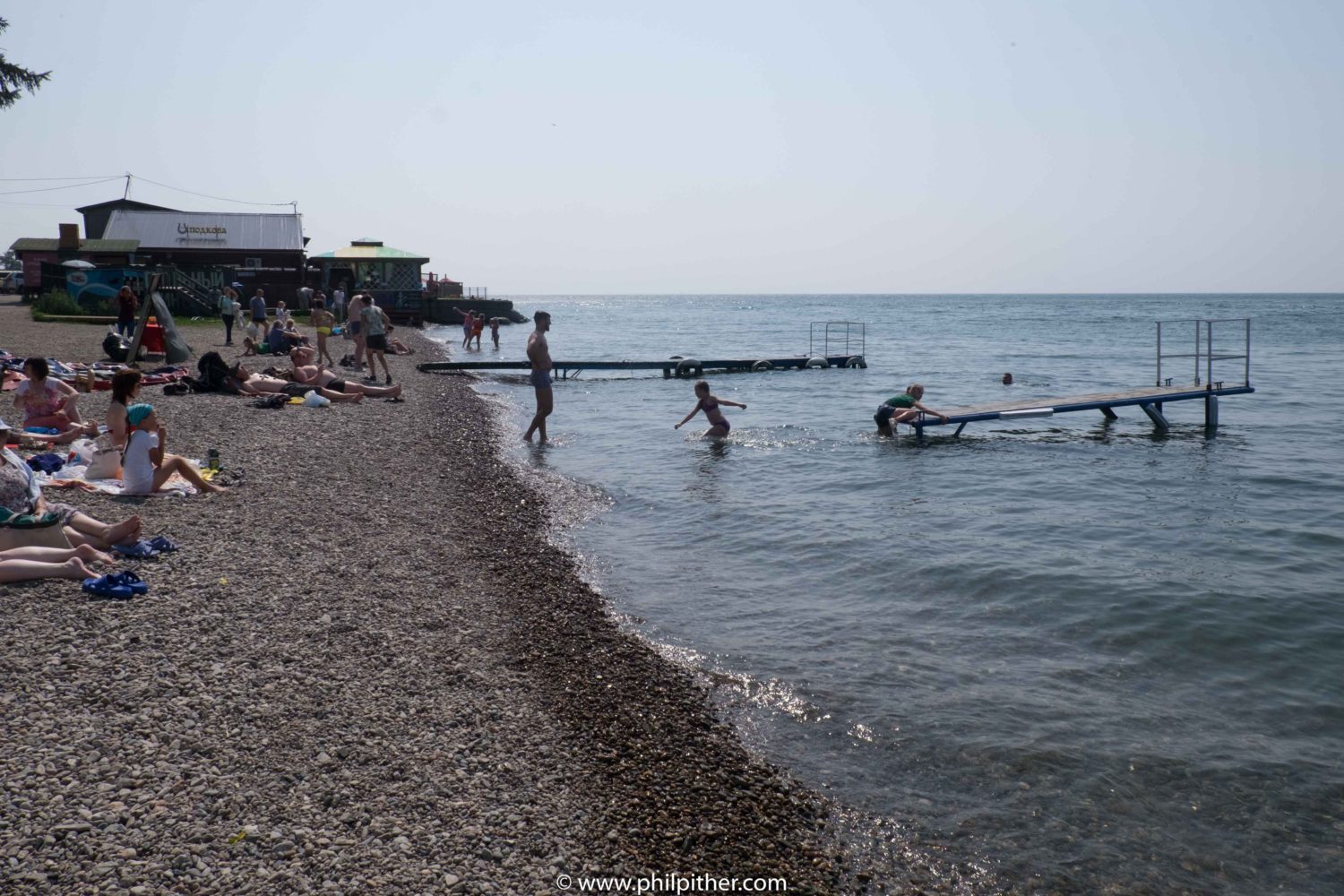


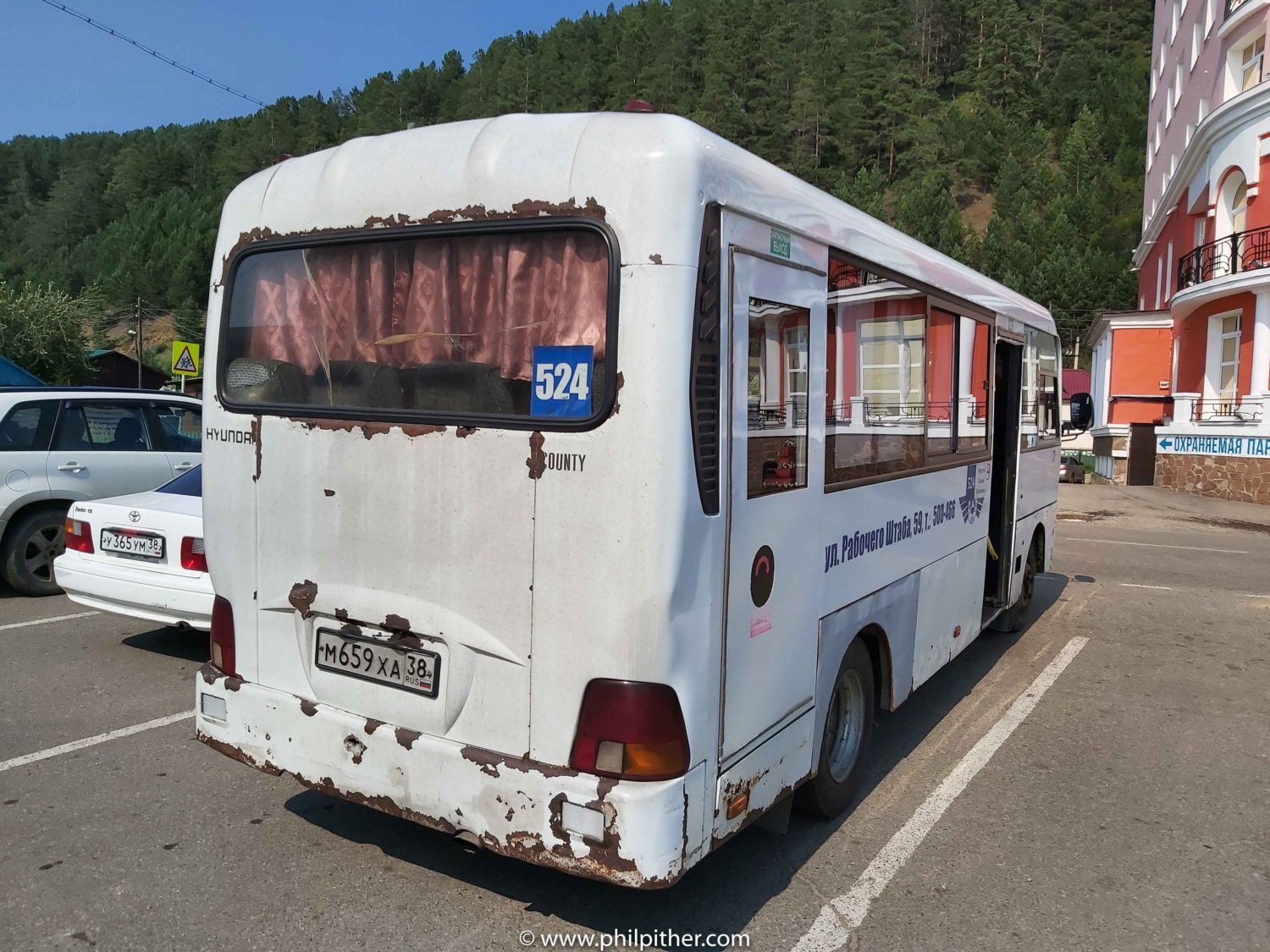


At the time we did our Lake Baikal trip there was no direct method to get from Listvyanka to Olkhon Island, this may have changed. So we had to travel by bus from Listvyanka to Irtkutsk and from there to Olkhon Island.
There was a public bus, which looked quite rusty from the outside and multiple other buses which looked a lot more presentable. We took the latter.
Olkhon Island is unusual and fairly devoid of any obvious special attractions. You can take a Russian 4WD to the northern end of the island, have a simple picnic, explore a little on foot and return to Khuzhir where accommodation is OK though the town is quite basic, seems to be built on sand and lacks any paved roads and so on.
There are a few wrecks in the dock, reminiscent of Listvyanka.
The island is a centre of Shamanism and regarded as one of the polar centres for shamanic energy. This means there are many legends around the islands caves etc and more visibly people tie coloured cloth to trees and rocks. I imagine a bit of this is about ‘I was here’ but I will let the pictures speak for themselves.
Our restaurant exploration in Russia began quite unexpectedly here in Khuzhir on a very cold day while seeking a warm place for a break and a coffee close to the dock. The restaurant was ‘Kofeynya Port Ol’khon’. On checking the menu we were impressed – this led to a very nice meal, the first clue on our trip that Russians enjoy good restaurants in unexpected, even shabby, places.
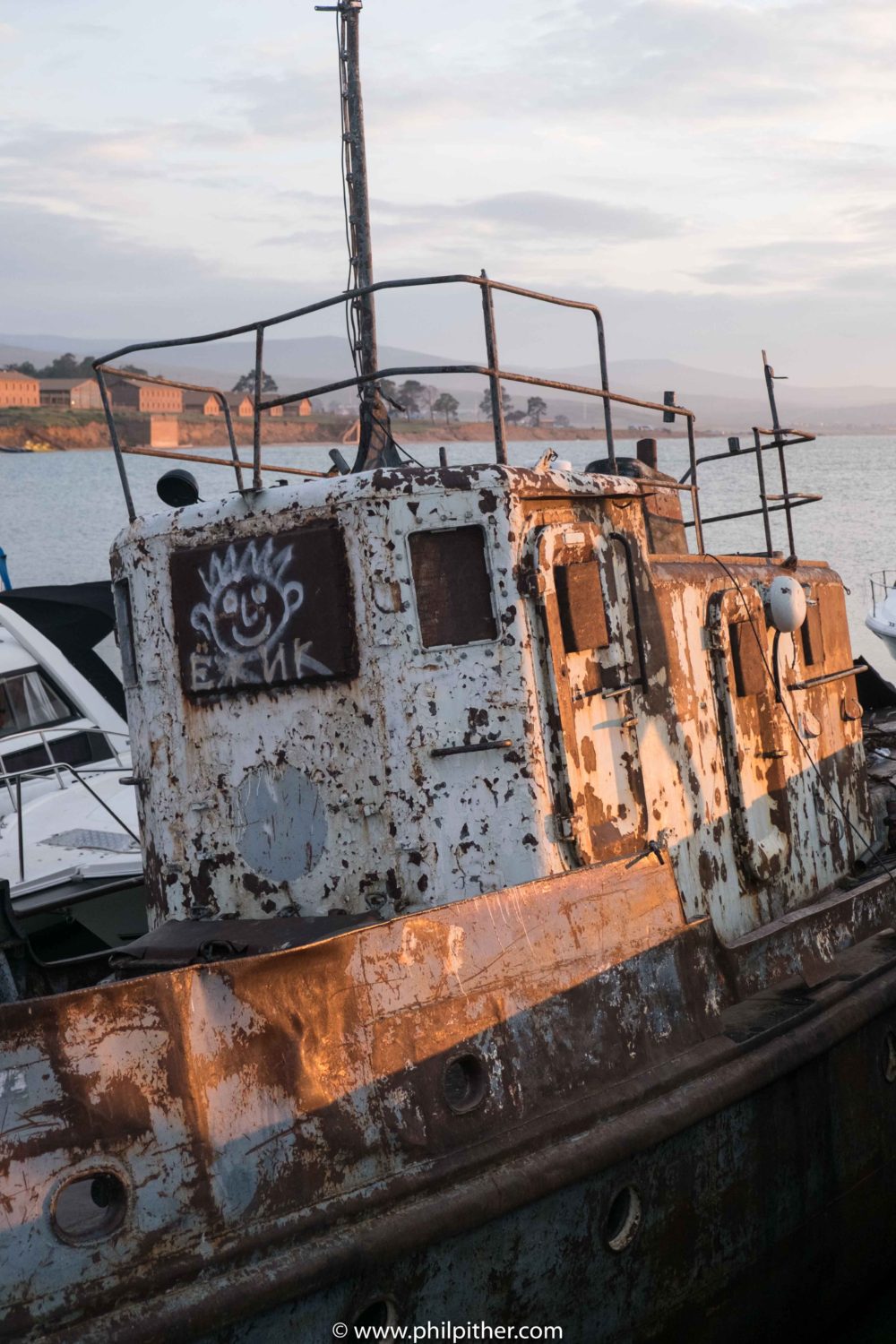


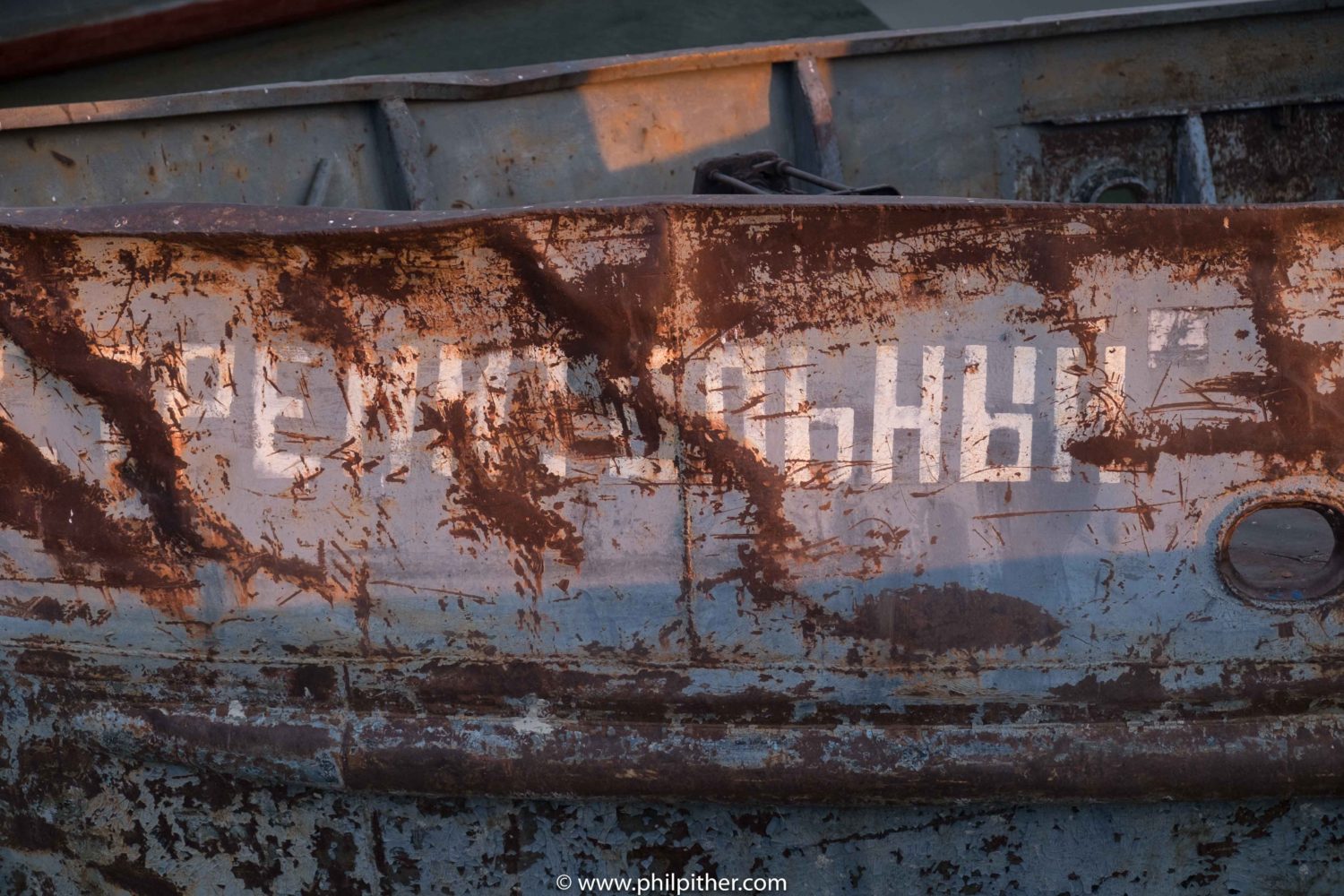


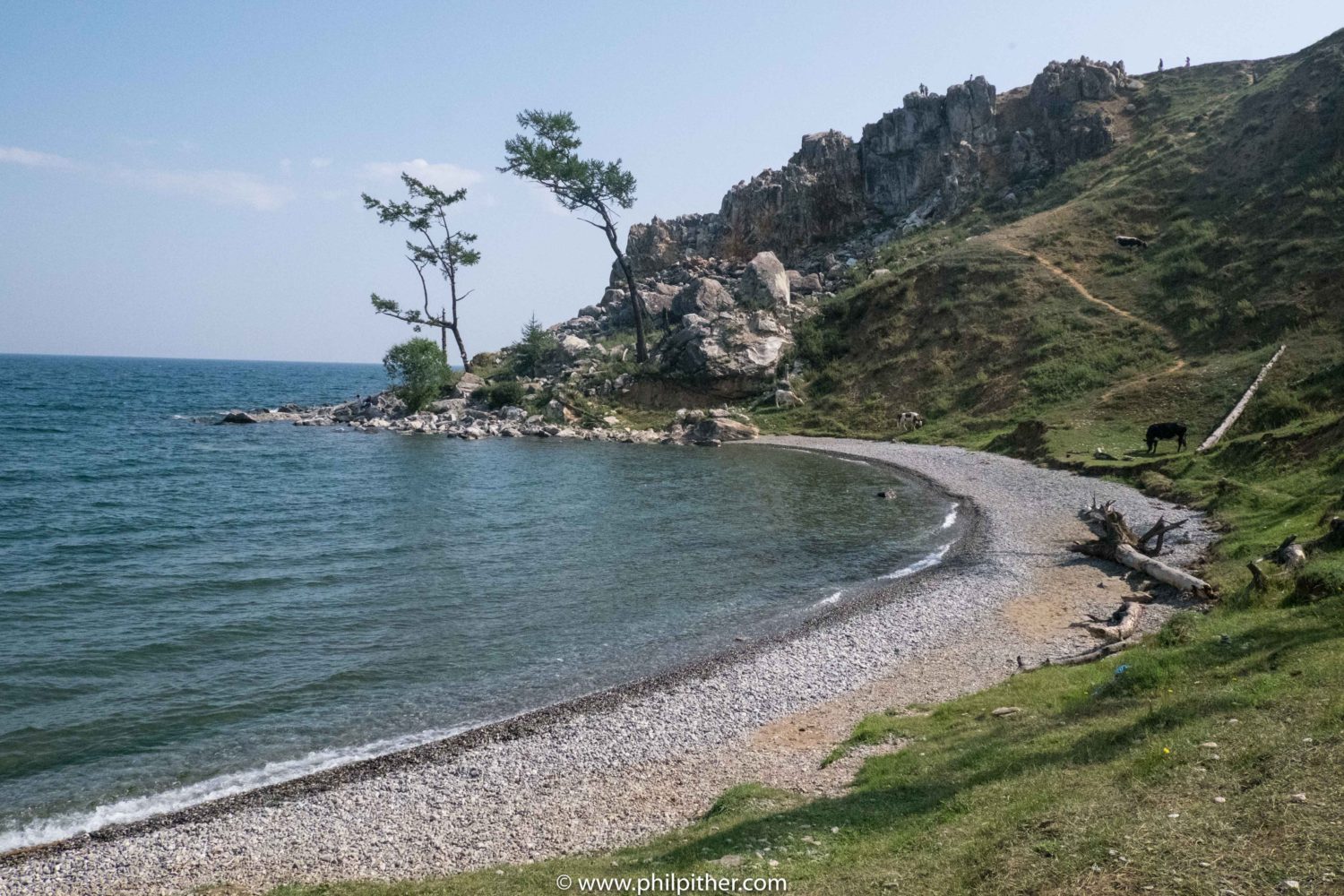


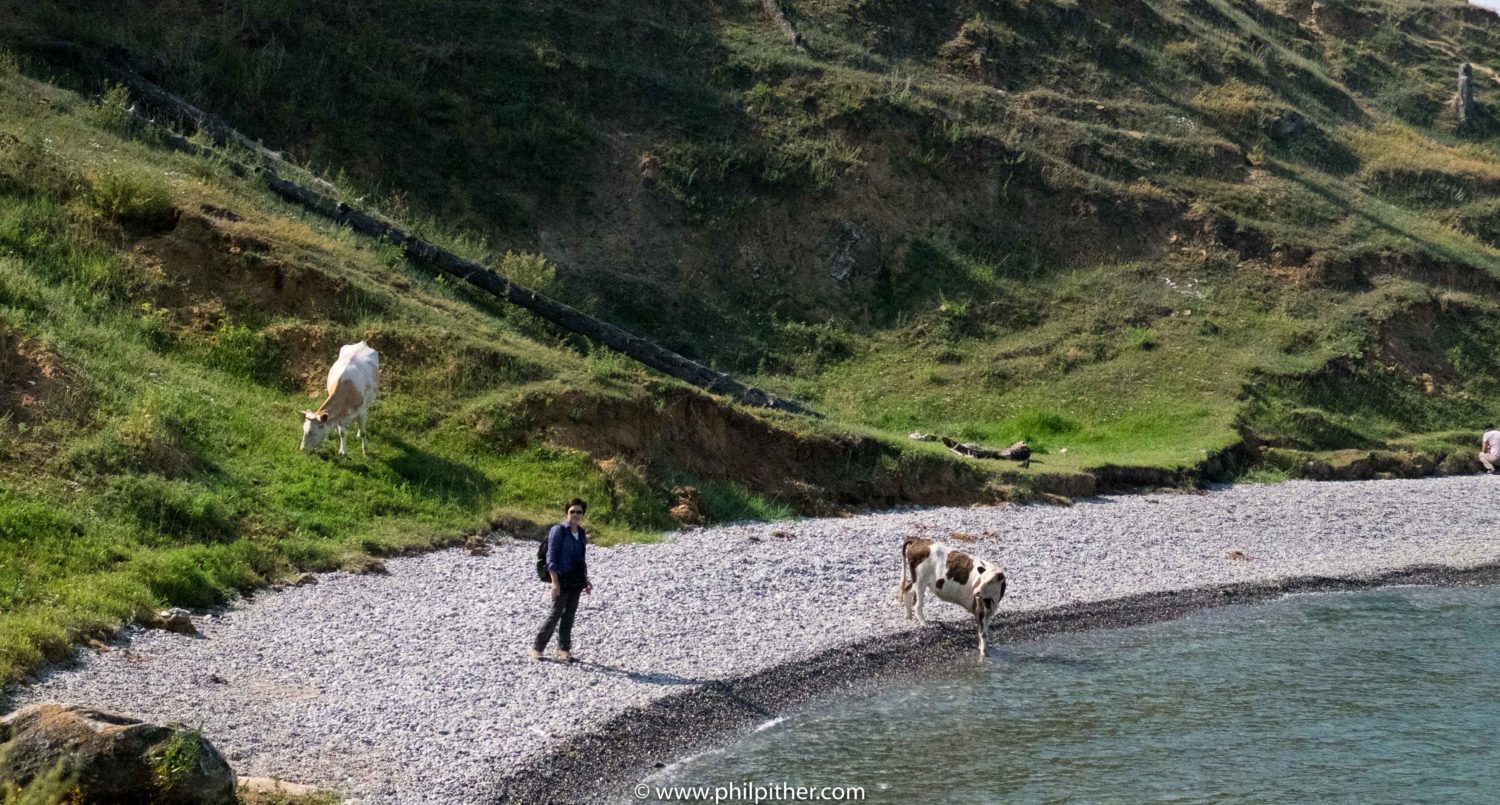


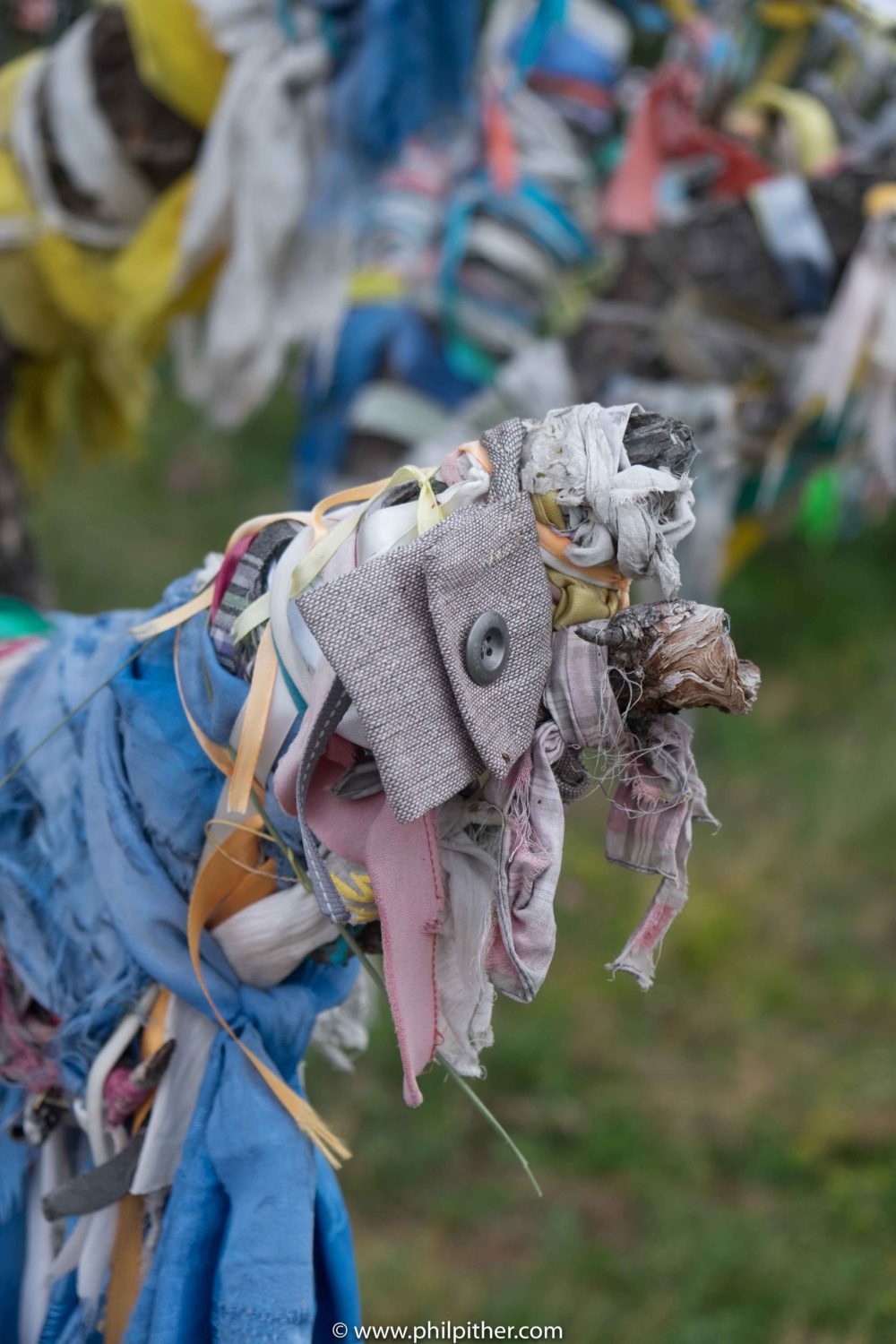


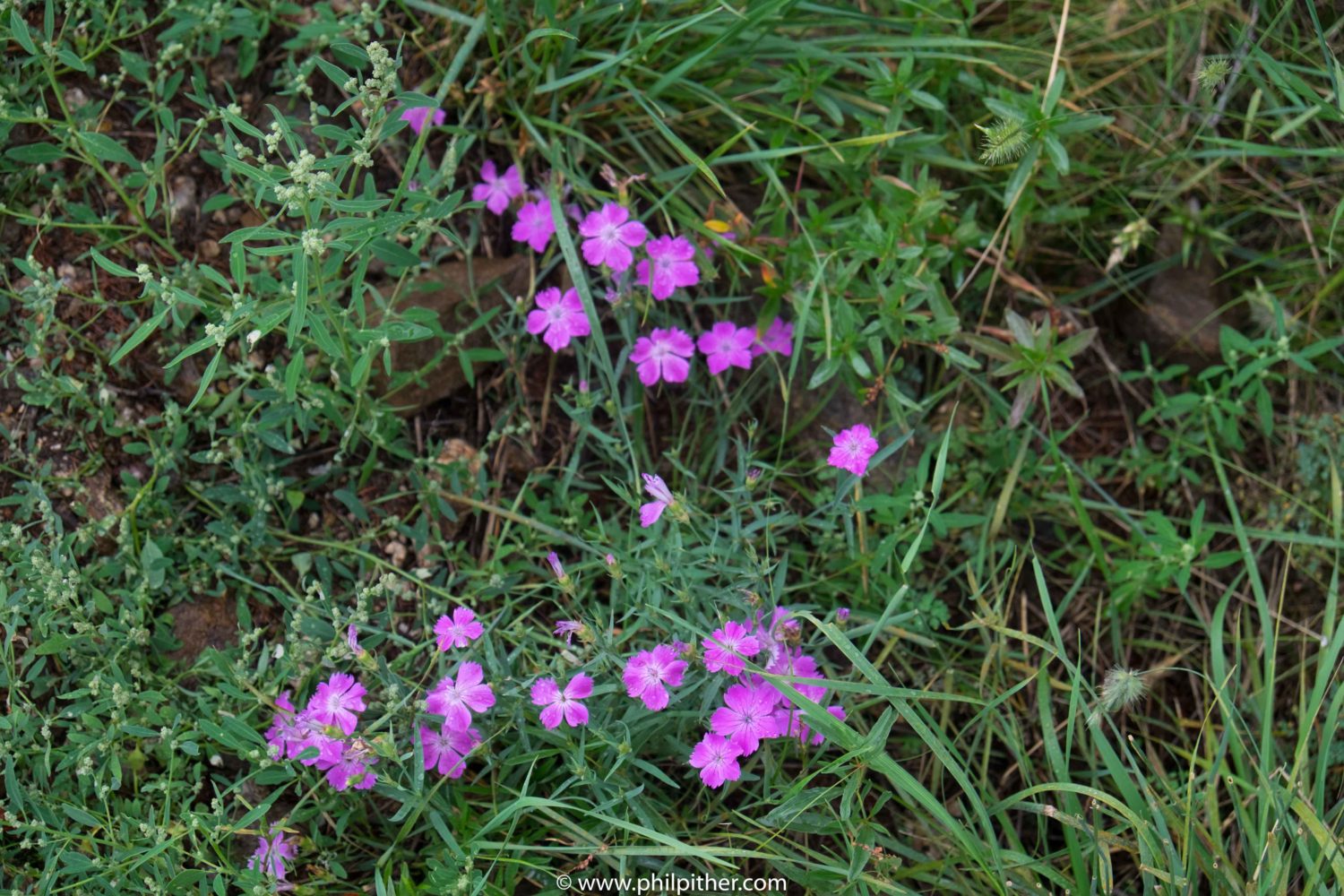


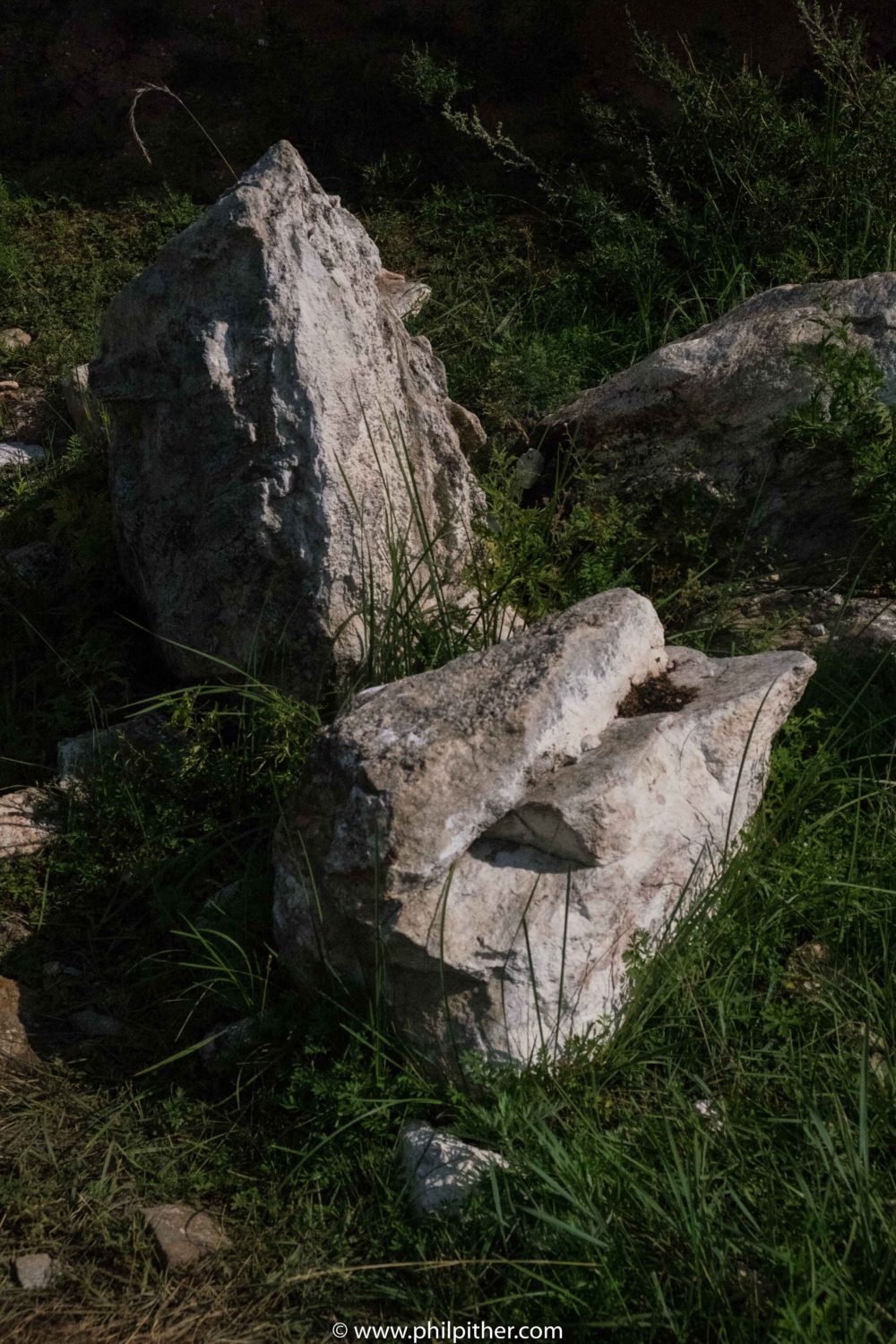


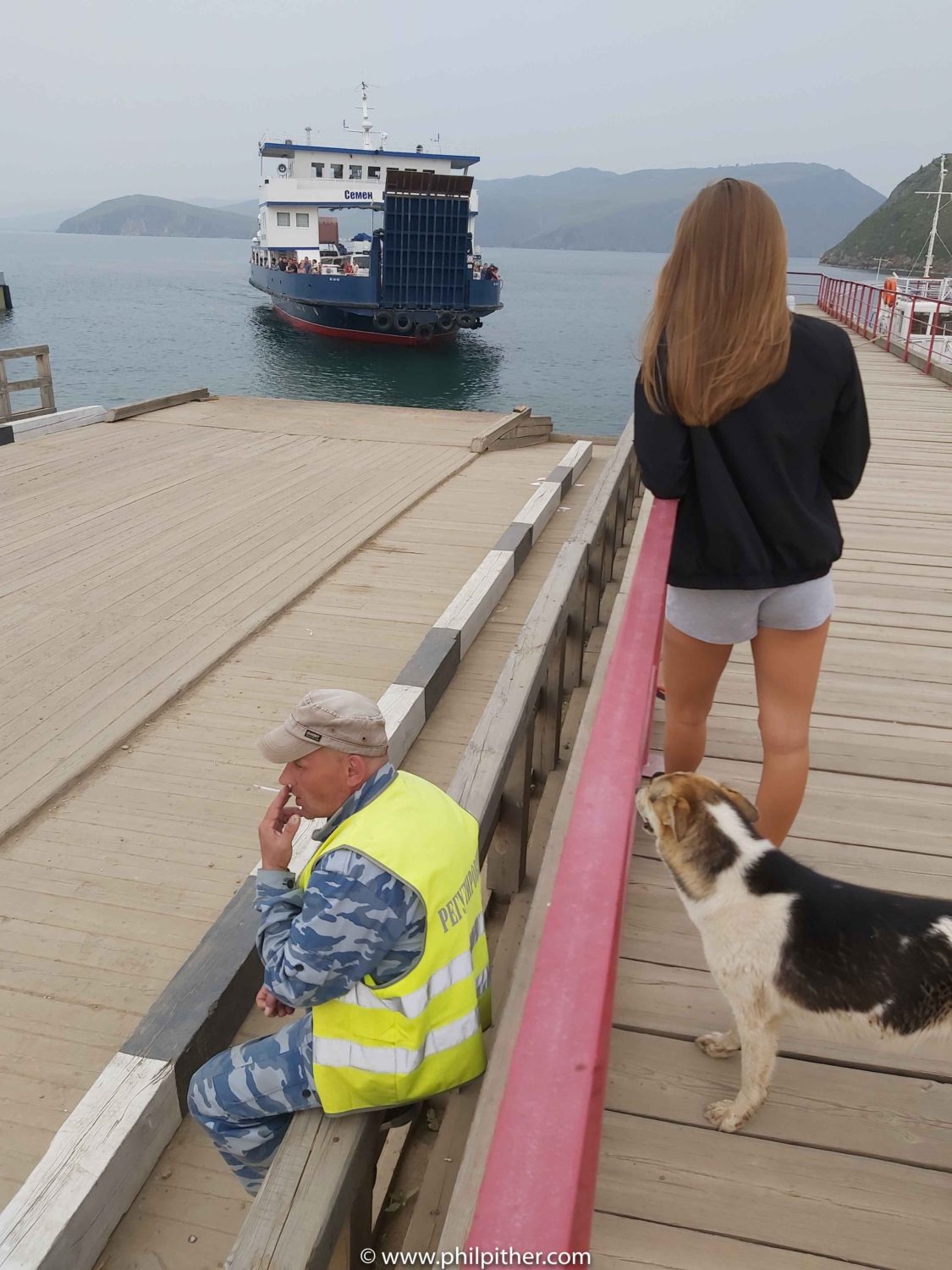


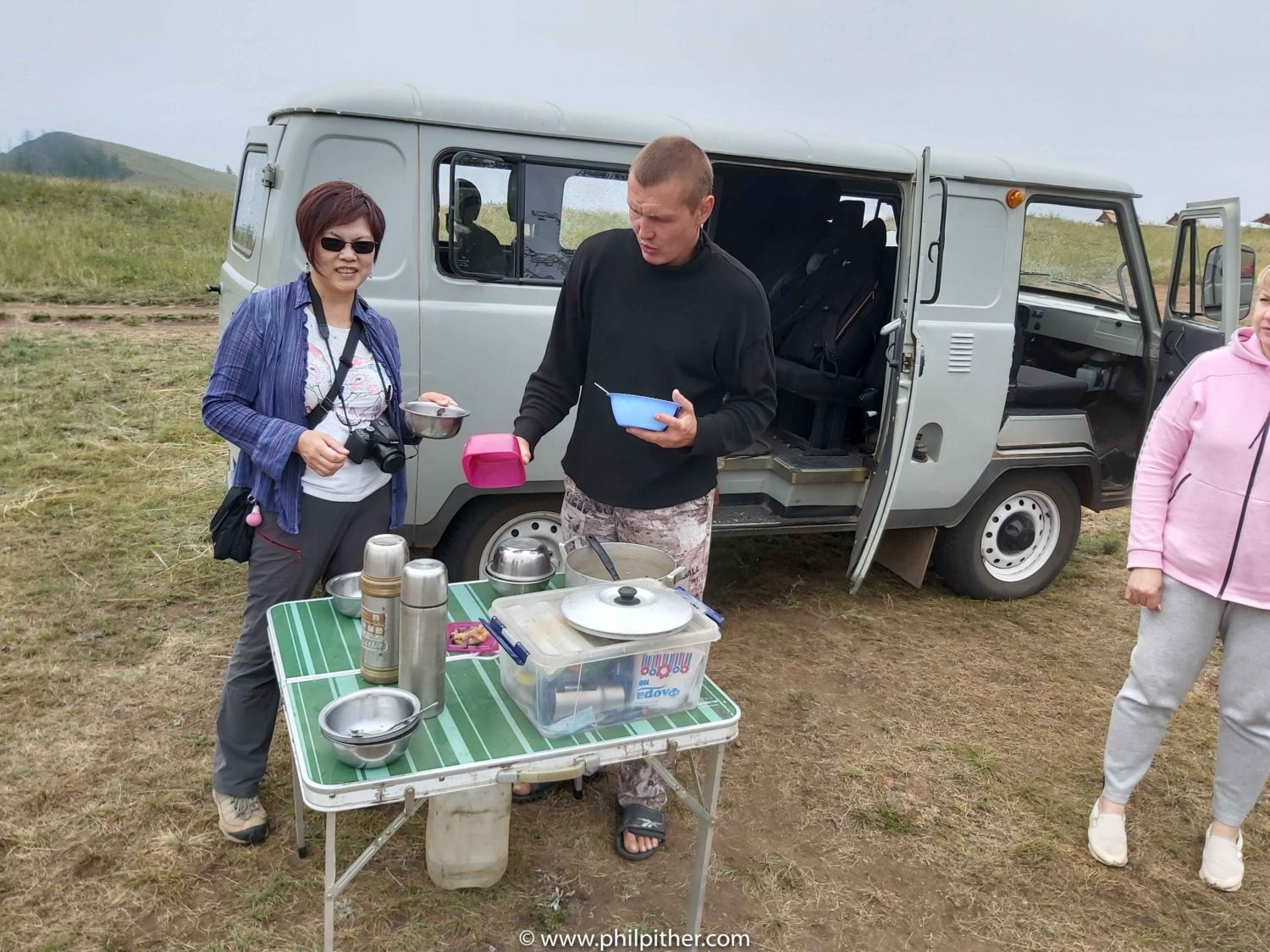


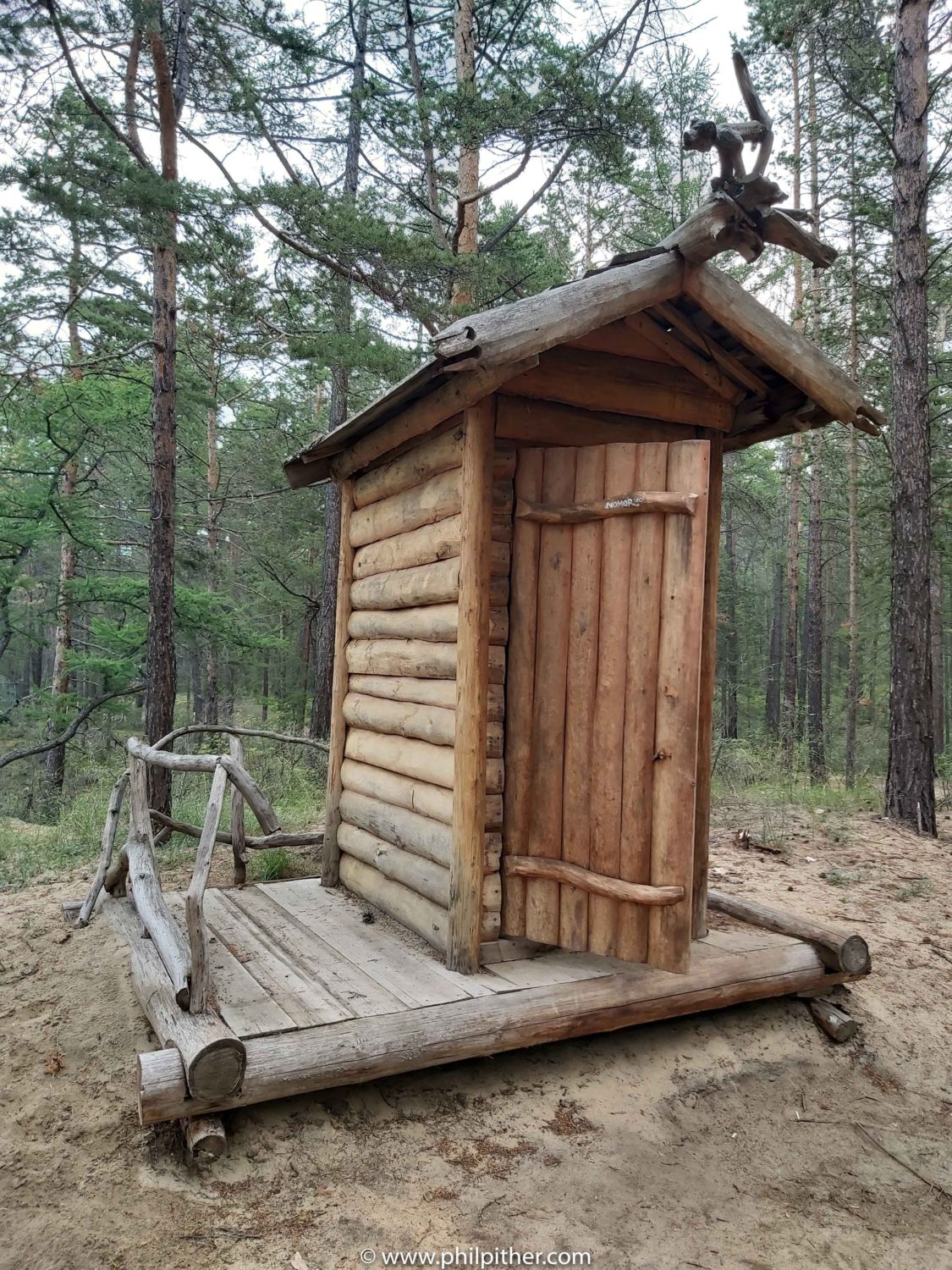


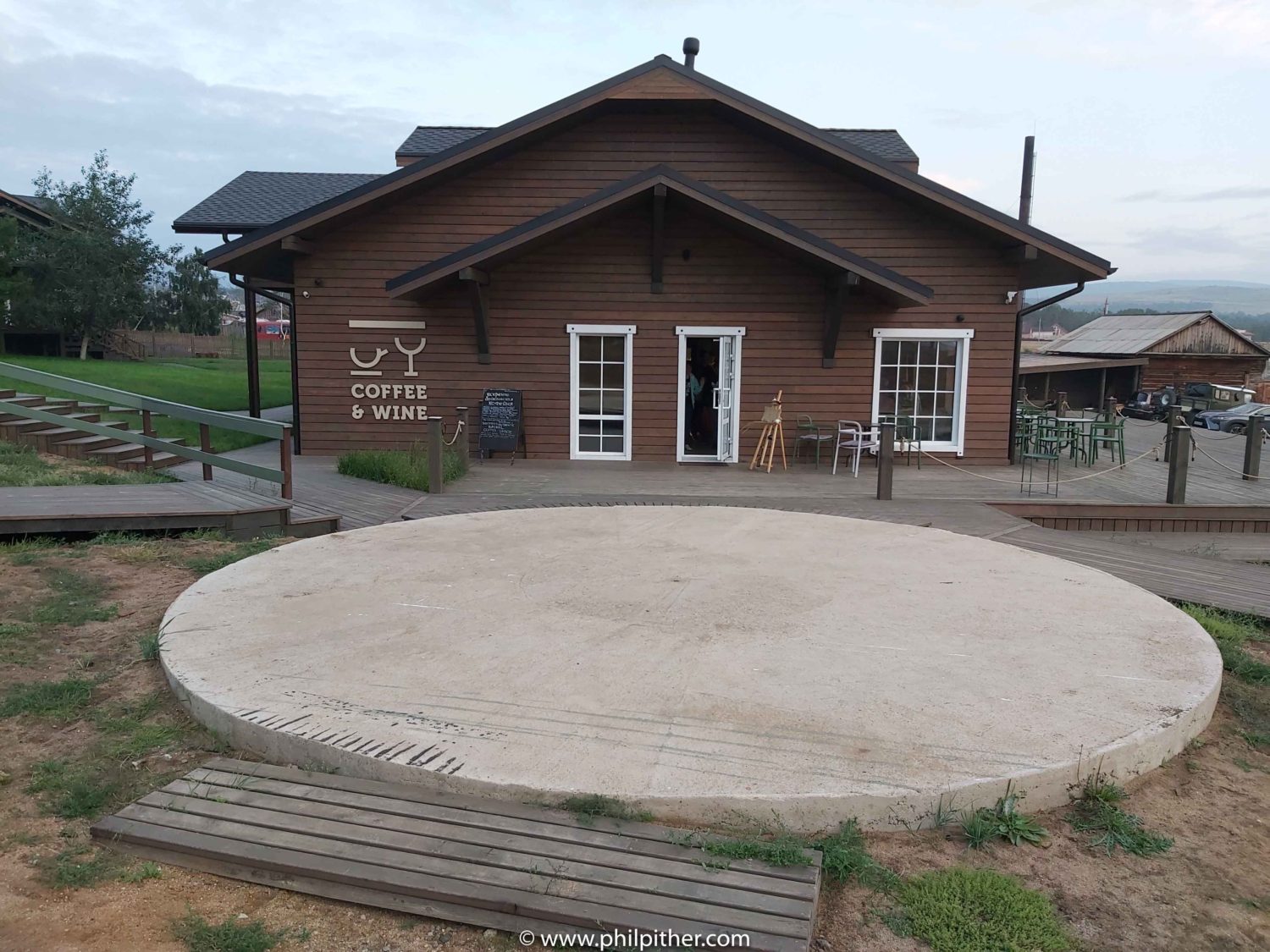


The cape is a ride on the No. 9 bus from Shau Kei Wan then a 1 hour walk from the Cape D’Aguilar bus stop – it doesn’t stop here on every trip so it is important to check before boarding.
On weekends you can buy some local dessert part of the way but they usually run out of my favourite tofu by the time I get there.
The walk reaches the cape at the, now unoccupied, research station. Alongside is the skeleton of a Killer Whale “Ho Wai” who performed at Ocean Park – there are other theories about this skeleton also.
Either way ‘she’ is a bit worse for wear, has had a few repairs by the look of her bones, and looks like she will crumble to nothing before too long.
You will likely have to put up with insta-grammer’s leaping around in front of things having their photos taken if you go on a weekend.
The sea breezes can make this a very pleasant spot even at the height of summer – you just need to get close to the cape to feel the benefit.
I love rocks and water, some wood thrown in is a bonus.
Acadia, Maine was our first stop on the search for Autumn colours – timing was perfect and coincided with arrival of a cruise ship – also chasing Autumn. This meant Bar Harbor restaurants tables were scarce and the popular viewing points were busy. However, going even a small distance off the beaten track we were alone.
An obvious problem with looking for Autumn colours is that the season is a close relative of Winter which means potential for cold winds and rain. We got them both.
It was wet underfoot on the trails but we happily took the good along with the wet and uncomfortable – just for those colours.
It remained clear enough that we did manage to get in a glider flight to the cloud ceiling and back. Stunning – Acadia Autumn colours from above with just the wind and the pilot for company. No eagles unfortunately.
At night deer wandered the gardens, backstreets and main roads around town – very cute with big ears and easy to miss in the dark.
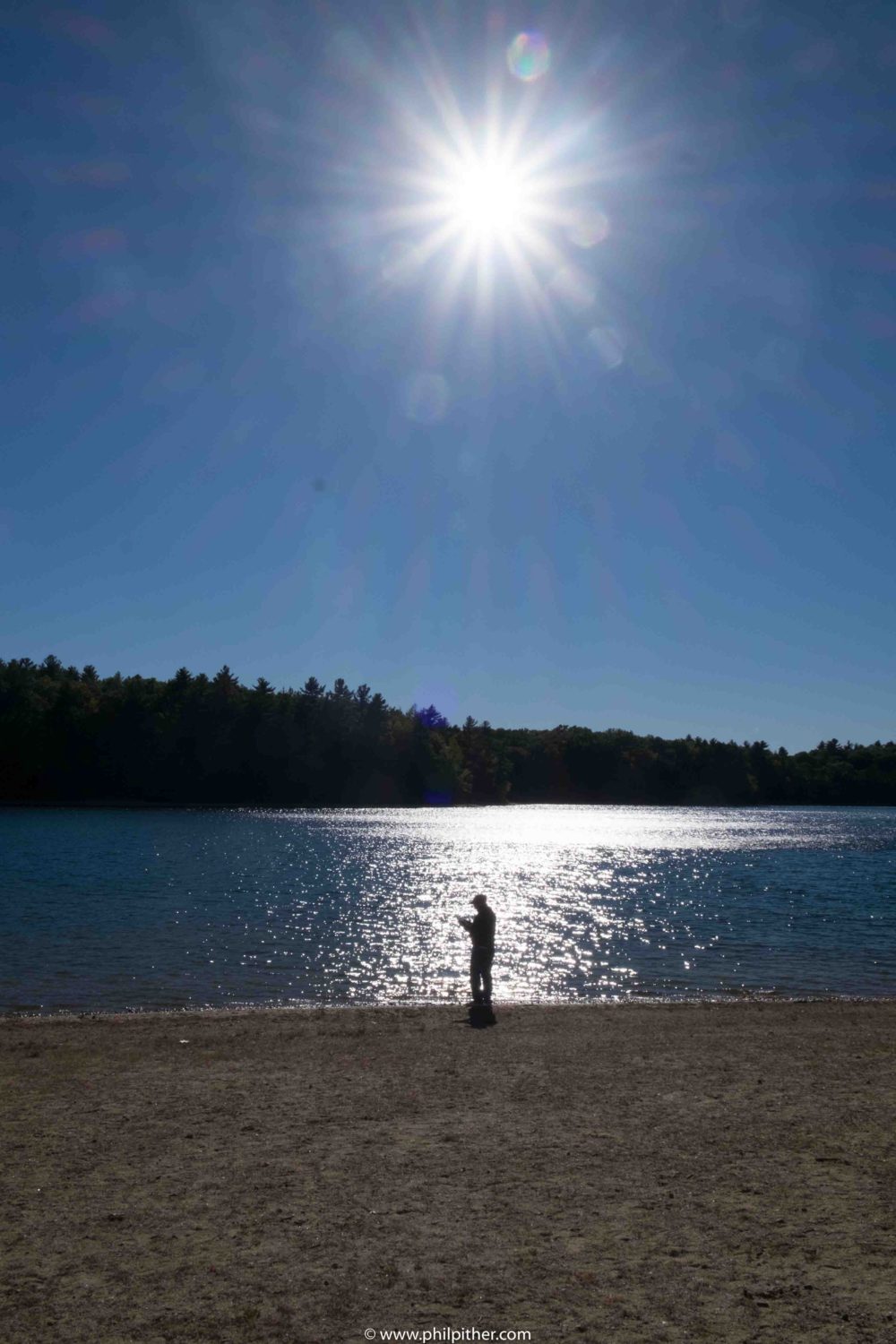


Returning from a trip to northern Maine searching very successfully for Autumn colours we decided to ignore the online reviews(overpriced, crowded, grumpy parking attendant,….) and stop on our way back to Boston.
There were no crowds or grumpy parking attendant and great visitor centre staff. I doubt we saw more than 50 people around the lake including joggers in the forest, staff and visitors.
I enjoy Henry Thoreau’s writing and here we were at Walden Pond as it is in 2018 at least – I checked where the railway line is now and confirmed it is in exactly the same place as when Henry grumbled about this new technology in the 1840’s.
Another query to the staff was about Henry’s habit of lying on the clear ice in early winter and checking the trails and activities of the critters on the lake bottom.
Has anyone tried it since? ‘Oh regularly, and most of them fall through the ice’. Apparently people forget that modern Americans are much larger and heavier than at Henry’s time.
Henry’s cottage
There is a replica of the cottage, based on his writings, near the visitor’s centre. This is, despite being a best guess, still worth a visit before strolling further.
The site of his actual cottage has been identified – a favourite with Henry’s fans – many mementoes and notes on rocks nearby.
It was a perfect day for a stroll around the pond.
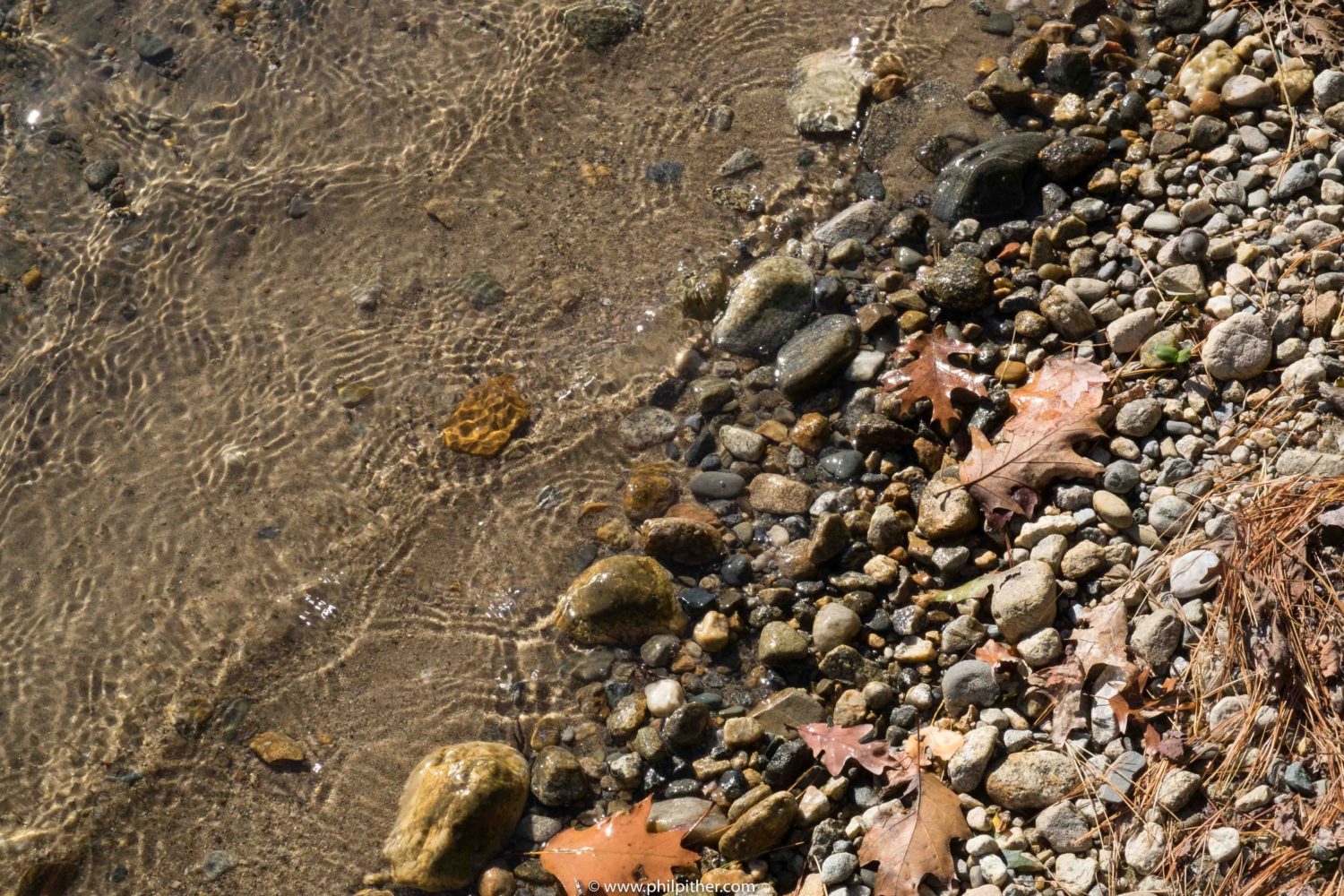


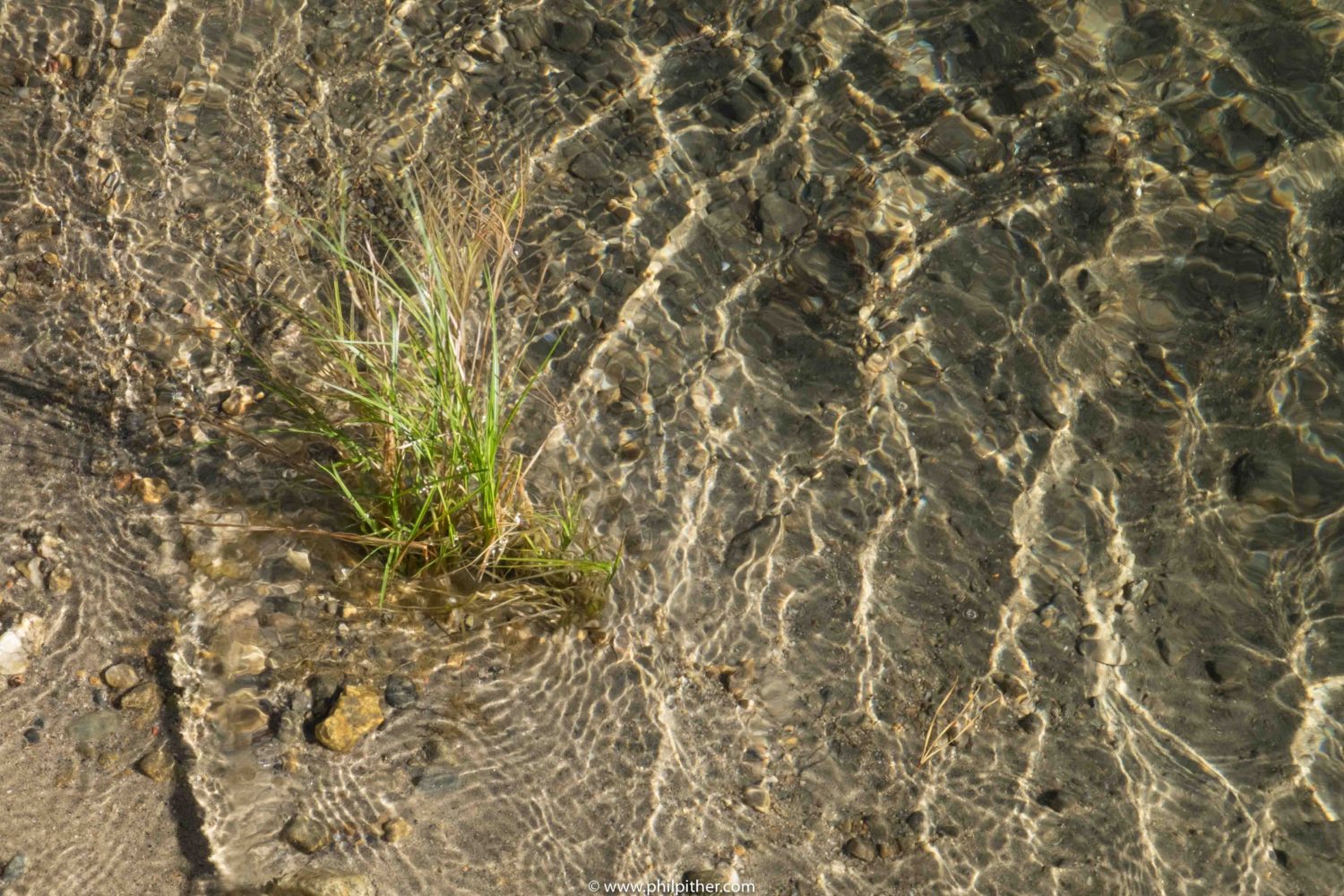


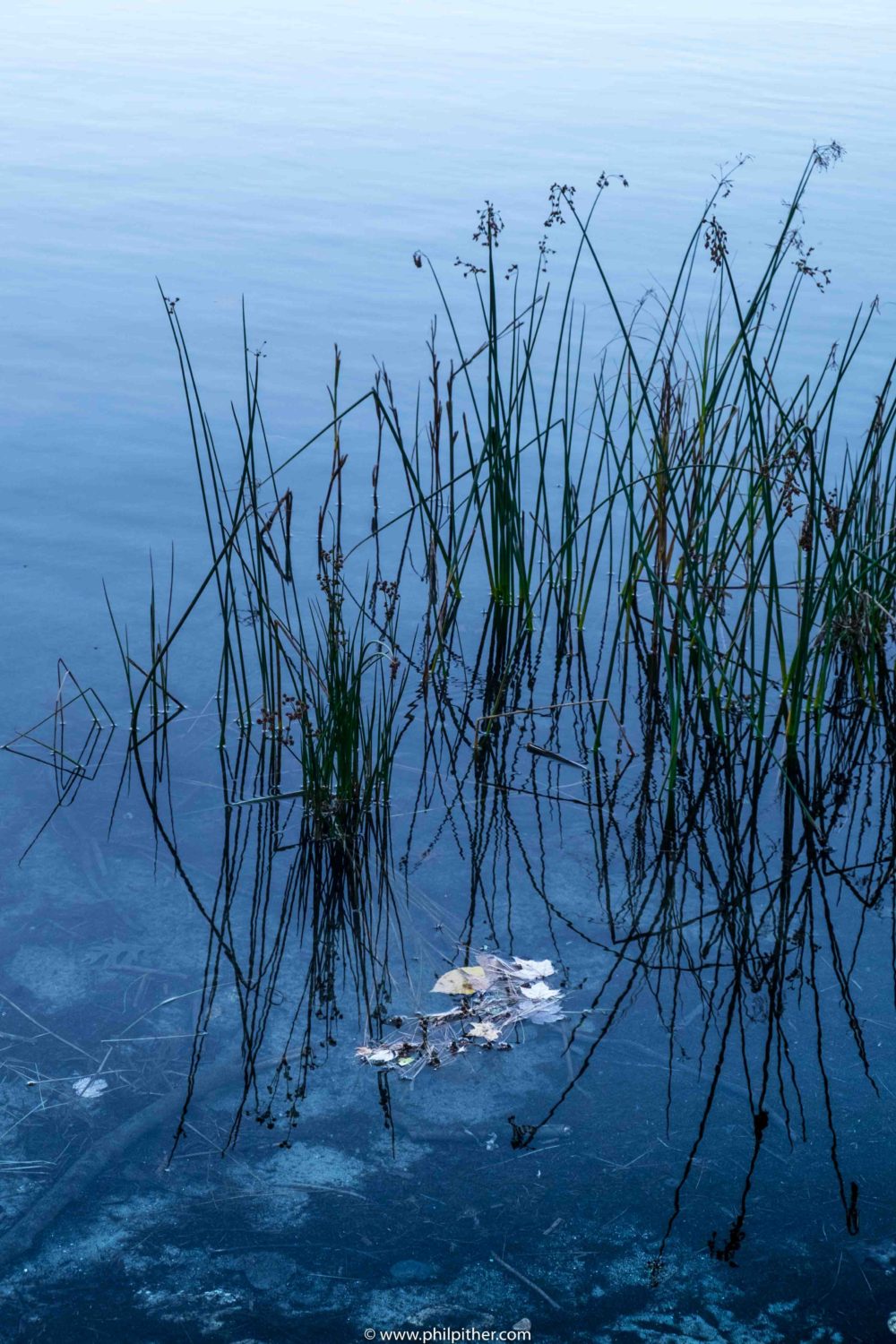


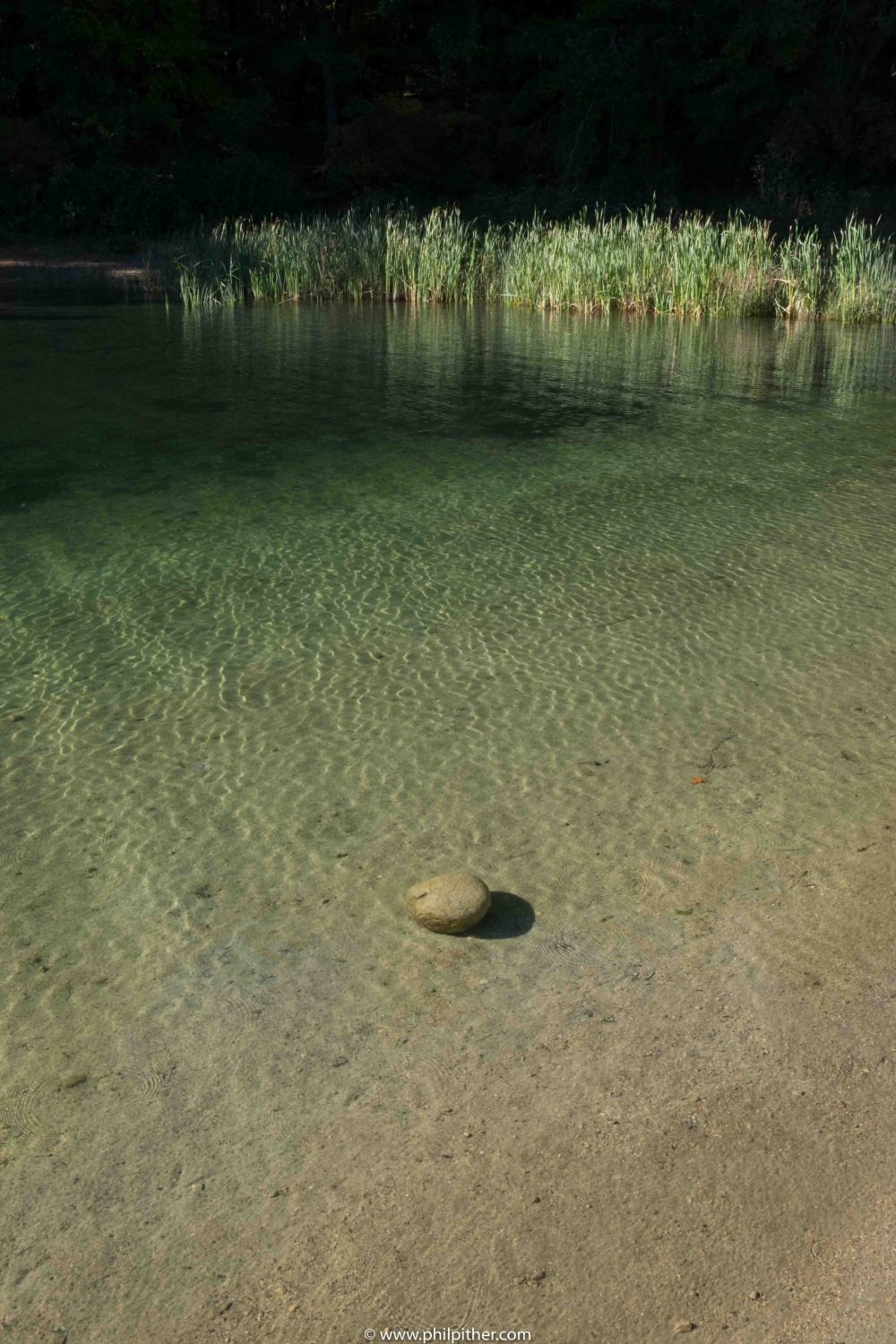


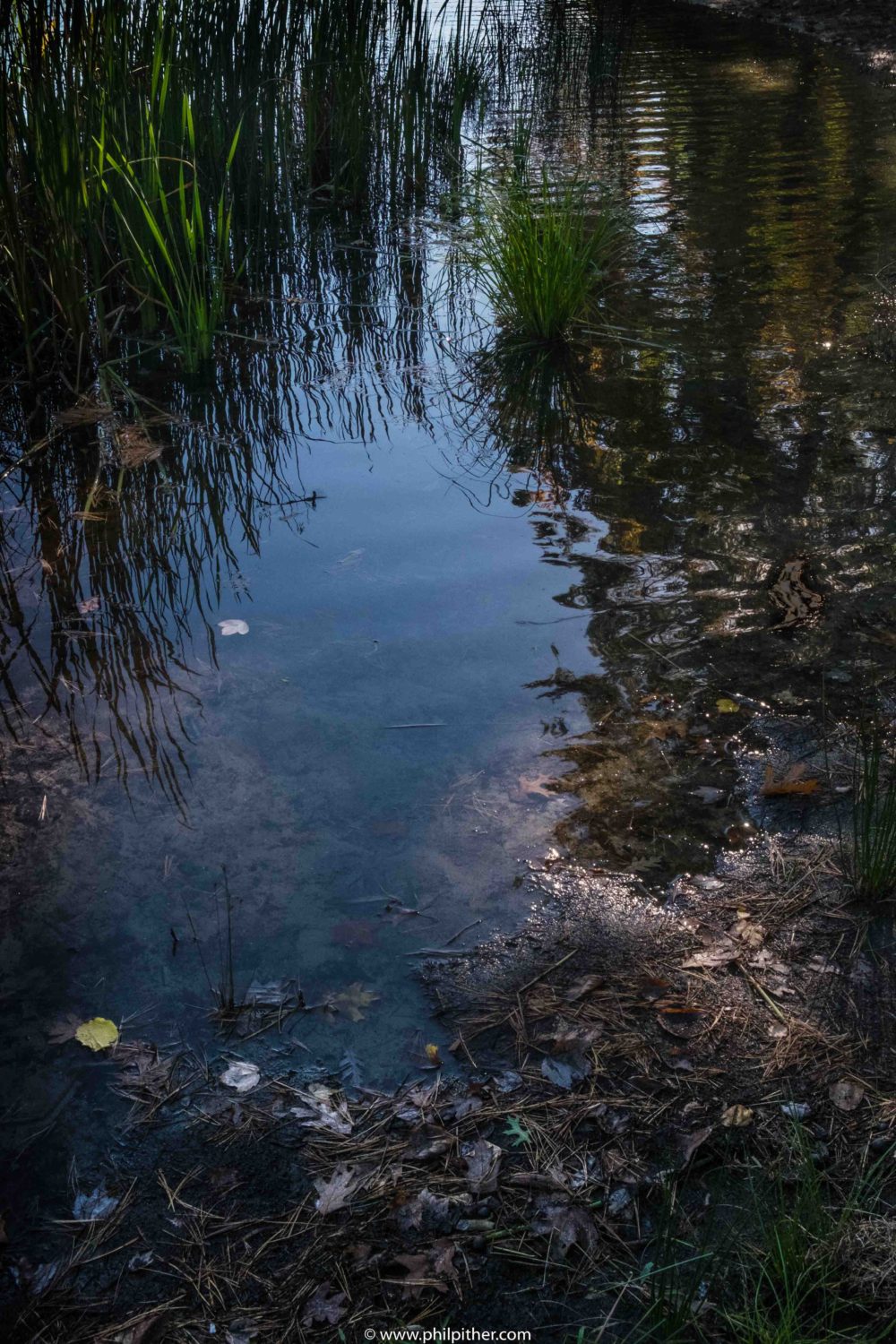


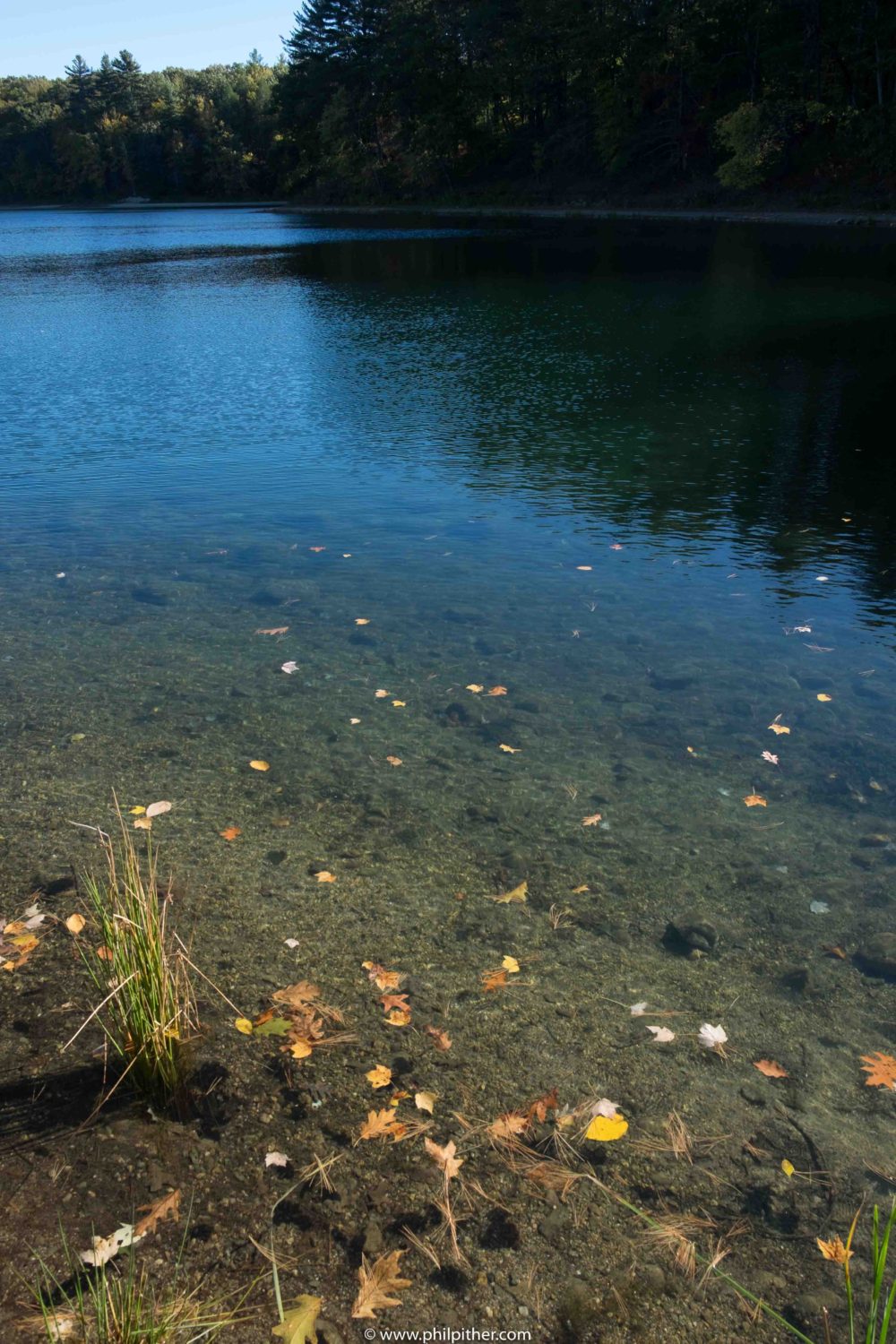


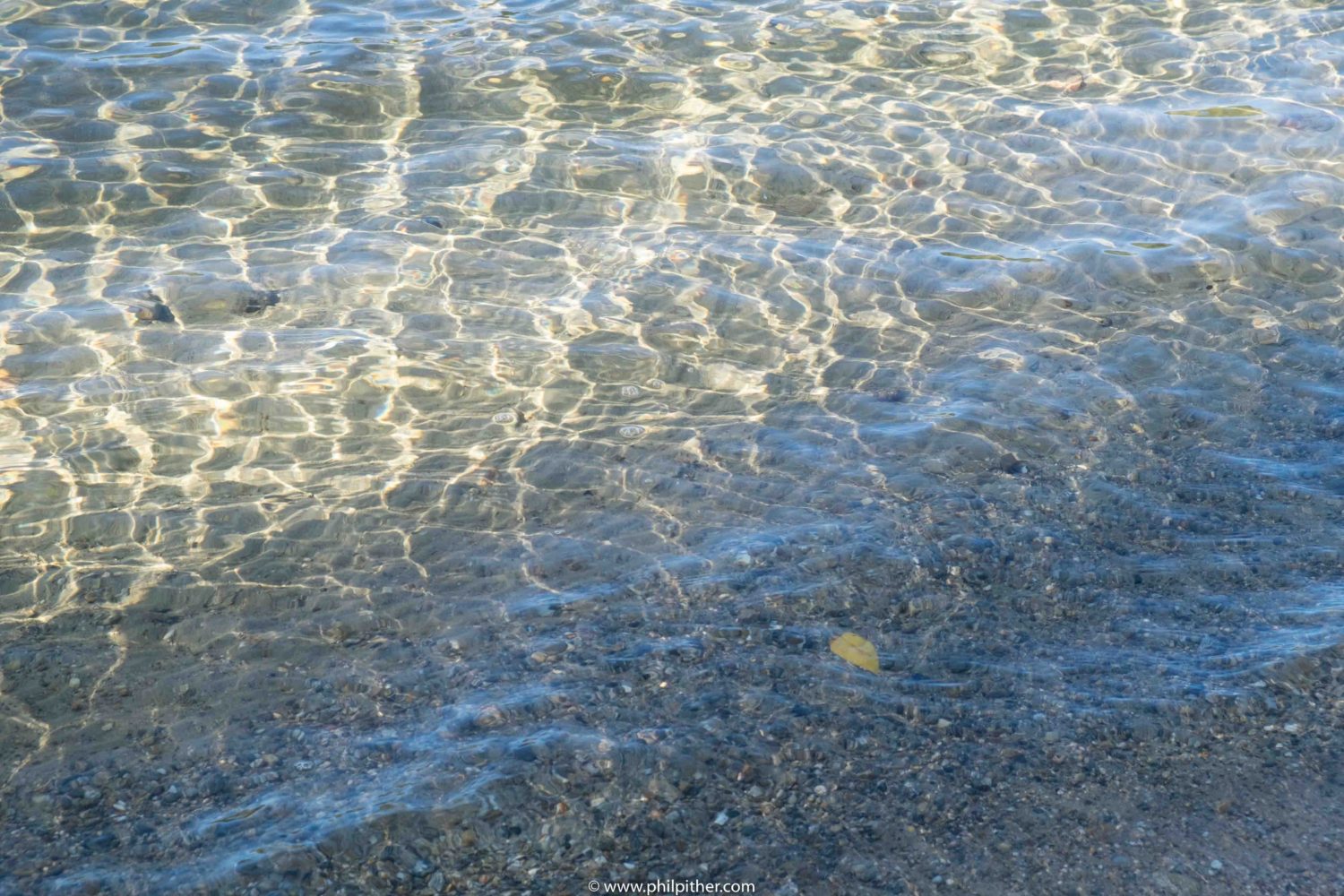


The town is well away from the usual foreigner’s path so you will need to use Mandarin or sign language, google translate etc.
This is a small place with the town divided by a river. The bridges create choke points with quite amazing raffic jams.
Getting around by foot or bus is best.
My recommendation is make sure you visit the old Town first before taking on the hike, boat trip on the river etc. The old town is easily the most interesting part of Zhenyuan.
They have, amongst the usual China retail outlets, impressive cake shops with white chef hats etc and many customers. They do beautiful birthday cakes, cakes in the shape of a Ferrari etc etc.
Hike near the town
Old Town
The old town is crumbling with a few buildings being cared for and many in state of collapse
Work
Play – whole village party & dressing up
Blind Date park – where village boy and village girl meet, hopefully.
Streets, rooftops ….
Chengdu has many attractions that even some locals are not aware of.
Here I look at 2:
Both are within the city and accessible via Metro and/or bus.
Jinsha
Jinsha is understood to be where the Sinxangdui people moved after abandoning Sanxingdui. We can only speculate on the reasons for this move.
See
JInsha is a covered excavation site and museum combined.
5,000+ artefacts were uncovered at this site with some having been reburied, such as ivory, and others on display.
I cover a tiny portion of these artifacts below:
Du Fu’s Thatched Cottage is a 24-acre park and museum in honour of the Tang Dynasty poet Du Fu.
I have not taken pictures of the cottage but rather just enjoyed the park built around the reconstructed cottage.
The cottage itself has been rebuilt at least once, possibly more times, so is somewhat like your grandfather’s axe. But worth seeing while enjoying the park.
You will find plenty of information on-line about Sanxingdui, unfortunately a lot of it is supposition as there are few known records of this time and place in China’s history. The culture appears to have vanished.
This means that little is actually certain about the culture that existed at Sanxingdui and Jinsha other than the artefacts themselves of which the bronzes and gold masks are the ‘rock stars’.
The photos below do not cover all the bronzes and to be honest I just ran out of time to see everything.
Getting to Sanxingdui, once you are in Chengdu, is a little awkward but manageable. Most common route seems to be to get to the Panda Park, where you can get a very large dose of cute pandas – recommended.
But even if you don’t want to see the pandas locals seem to still go to the panda park first and then catch a bus to Sanxingdui. The bus will pick you up again after few hours and then drop you back in Chengdu.
There are plenty of other spots of interest in Chengdu including the Dufu Poet’s Thatched Cottage which is essentially a nice park in the middle of Chengdu set around the site of the famous poet’s cottage.
A visit to Jinsha is also recommended. Jinsha is an archaeological site covering the culture that followed Sanxingdui.
Another subject for theories – why the move to Jinsha? Earthquake, invasion, flooding, …. pick your theory.
Jinsha has more masks but the piece de resistance is the Golden Sun Bird below.
Jinsha is accessible via the Chengdu Metro.
Anyway – back to Sanxingdui and it’s stunning bronzes.
Hobart Farmers Market Christmas Eve – a small girl, fascinated by a busker, and then he makes a fart sound.
She looked around, I imagine, to see if any ‘adults’ had noticed – No – so back to enjoying the music.
A great little market – we had assumed on Christmas eve it would be closed but walked down anyway.
Pleased we did – local produce – honey, cheeses, an enormous variety of sausages, berries, buskers of course ………
https://www.facebook.com/farmgatemarket/
Being Christmas Eve we were just before the arrival of the Sydney to Hobart yachts and the massive food & wine market that goes with it.
https://www.australia.com/en/events/food-and-wine/the-taste-of-tasmania.html
Highly recommended but no time to enjoy on this trip.
Near Maydena(west of Hobart) on Christmas Day a tree had literally just fallen across the road – a near miss for us – thought this could hold us up for a while as there were few homes visible nearby and it was Christmas Day after all.
A few minutes later, locals appeared with a ‘ute’, chainsaw and eventually a small tractor.
With trapped drivers assisting we were on our way within 45 minutes. Brilliant – Merry Christmas indeed.
Interesting side note – as you can see the women decided it was important to sweep the leaves and sawdust off the road using the tree branches. No idea why.
Anyway a few days later I mentioned this to some women at Lake Pedder and the reply was ‘they had to do something out of frustration, because the boys controlled the chainsaw and the women couldn’t get there hands on to do any sawing’ – there you go there is an explanation for everything.
Back to the trip – we started in Smithton(in the North West) where great friends very generously let us use their house and car.
Our journey was essentially clockwise Smithton, Devonport, Launceston, Swansea, Hobart, Maydena, Lake Pedder, Bronte Park, Strahan, Cradle Mountain and back to Smithton.
Smithton
Town with a ‘Woollies’ and the important basics but not big on features that would attract many visitors at this stage.
No bus service from Devonport, Burnie, Strahan etc. You need your own bike/car to get there.
However, a great base for us – See Tarkine drives later.
Then heading East …. and clockwise
Stanley & The Nut
Famous spot & nice little tourist town, very pretty cemetery but very light on restaurants mid week.
The Nut is the hill behind the town – has a cable car that runs when the wind is not too strong – the wind is often strong!
You can walk up in any weather.
Rocky Cape National Park
We drove back and forth to Devonport so many times but actually only turned into this park once on a wild day. Need more time to explore.
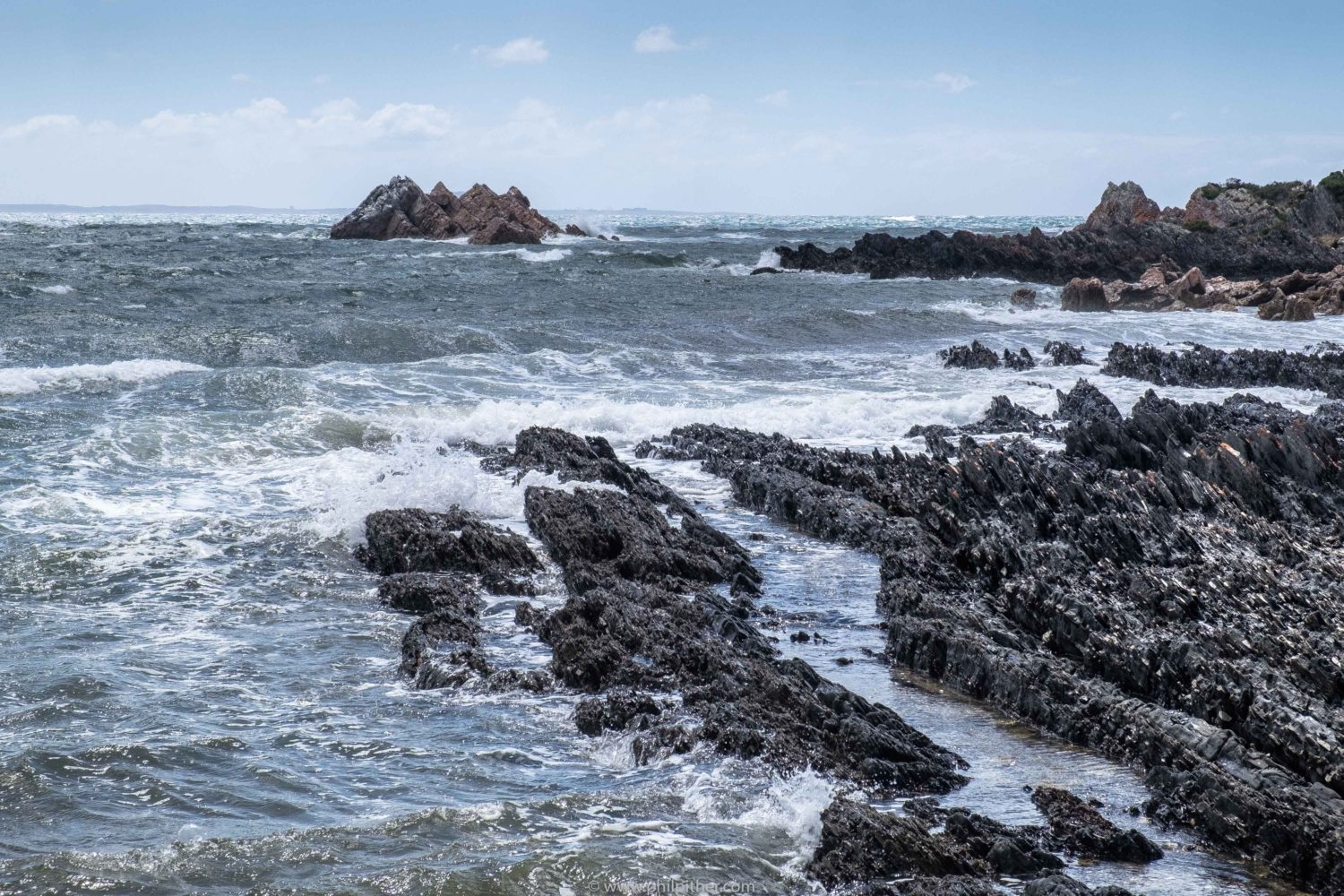


The tortured bush below emphasises the tough location.
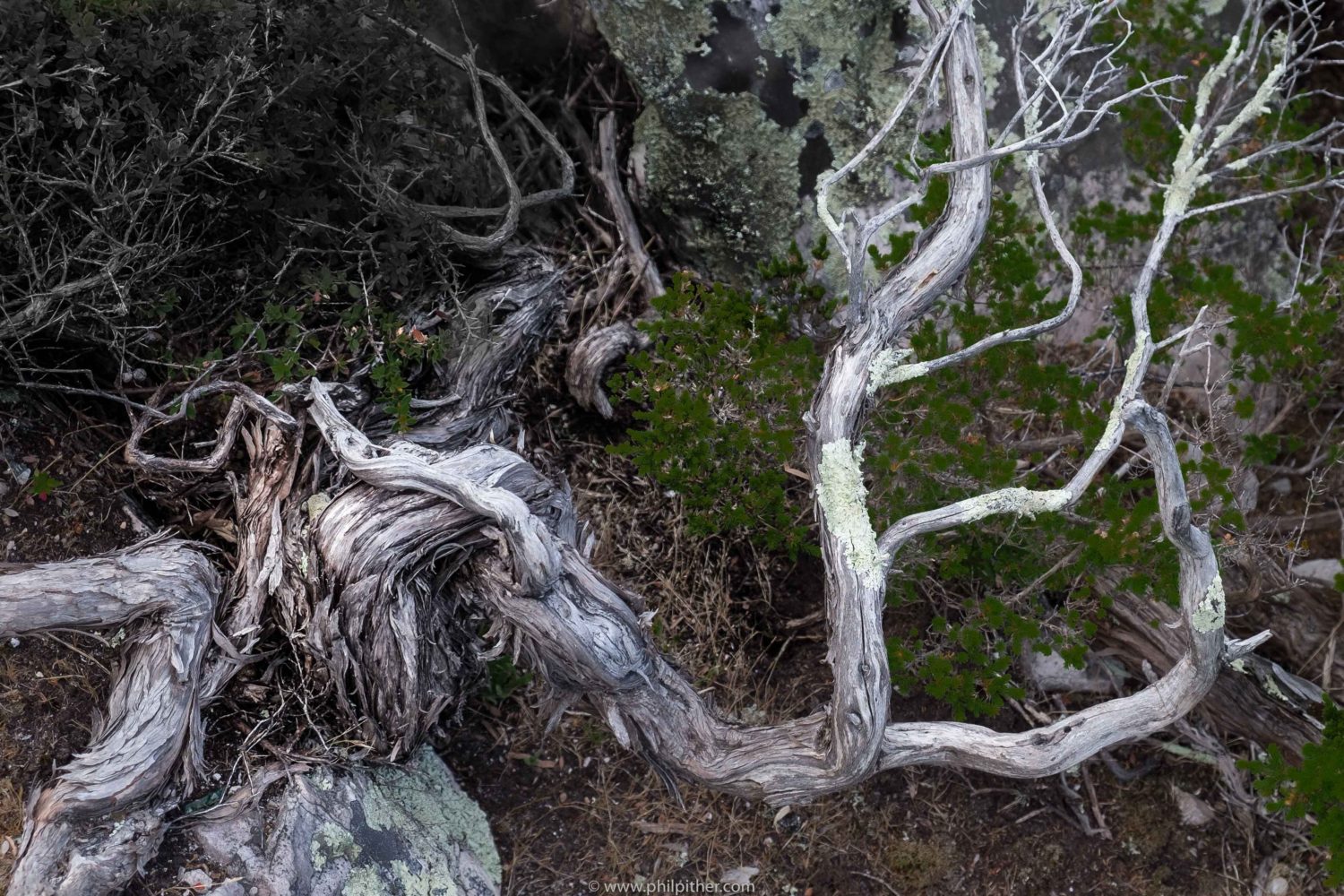


and then seemingly completely out of context, in the open and exposed to the worst of Bass Strait weather was aboriginal art.
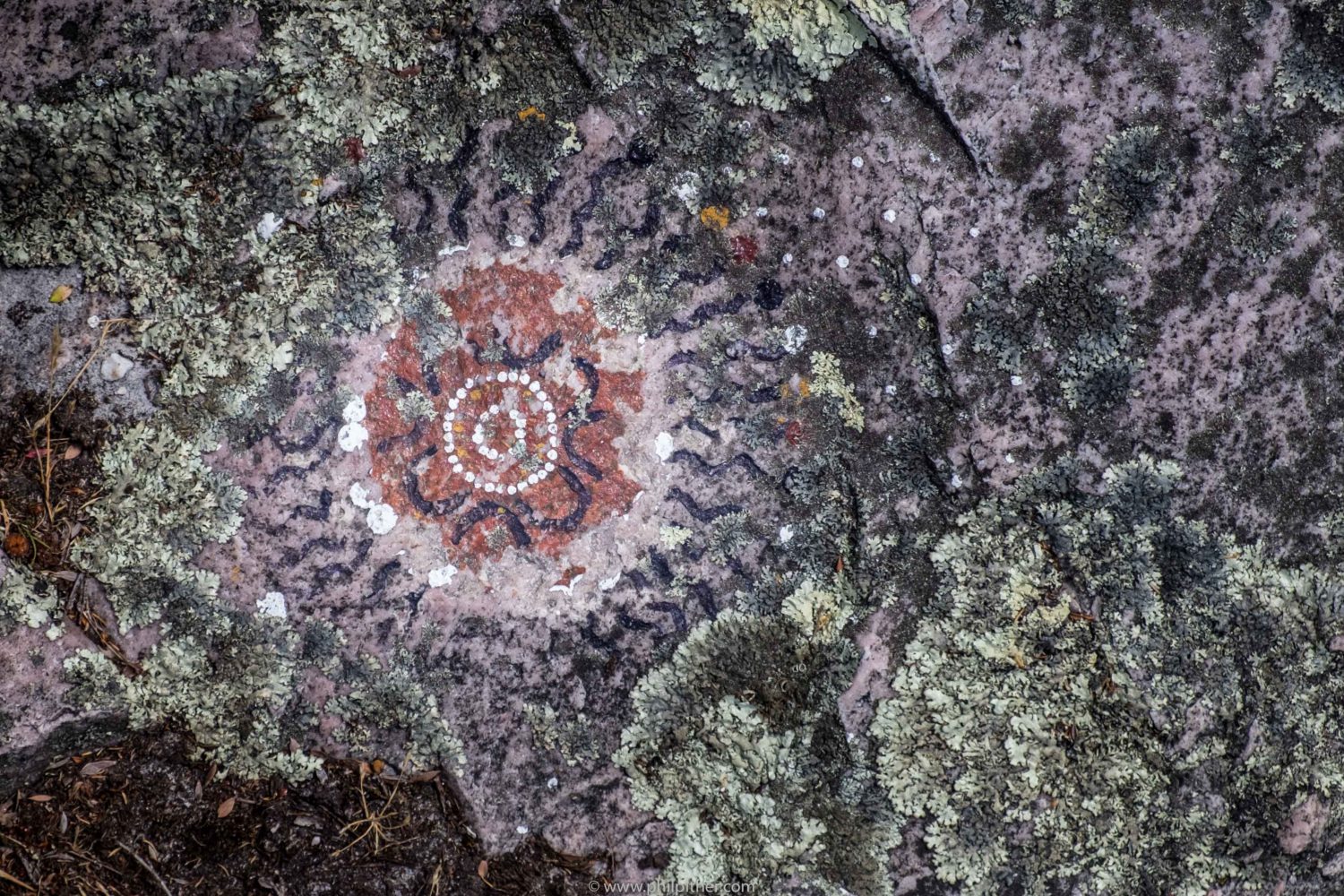


For a little more background
https://www.discovertasmania.com.au/about/national-parks-and-wilderness/rocky-cape-national-park
Onwards clockwise —
Launceston or ‘Lornie’
Nice town but everyone wanted to see the zoo.
Quite unique – the entrance gate has a large Gorilla perched over the top – looking like King Kong had escaped from a film set, plus an unusual mixture of Lions, a camel(alone in an enclosure with a sheep – ‘mates’ apparently), a concrete stuffed crocodile, a few talkative cockatoos – 1 miaowing(they suspect this Cockatoo spent a lot of time alone in a house with a cat), many Tassie Devils rushing here and there, and a few meerkats (all one sex- cannot remember which) plus a randy wallaby that fell in ‘love’ with a young woman’s leg – ‘ew eeek it won’t let go’ – until it was satisfied of course. Photo coming!
Onwards south
Swansea and Freycinet
To be continued – taking a ‘wee’ break. This means more travels/pictures/website updates/ …..